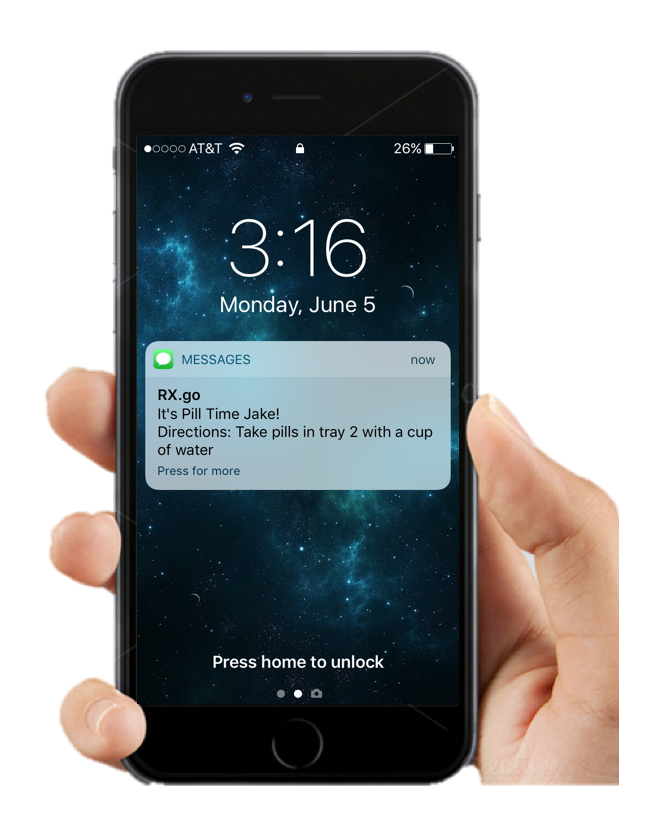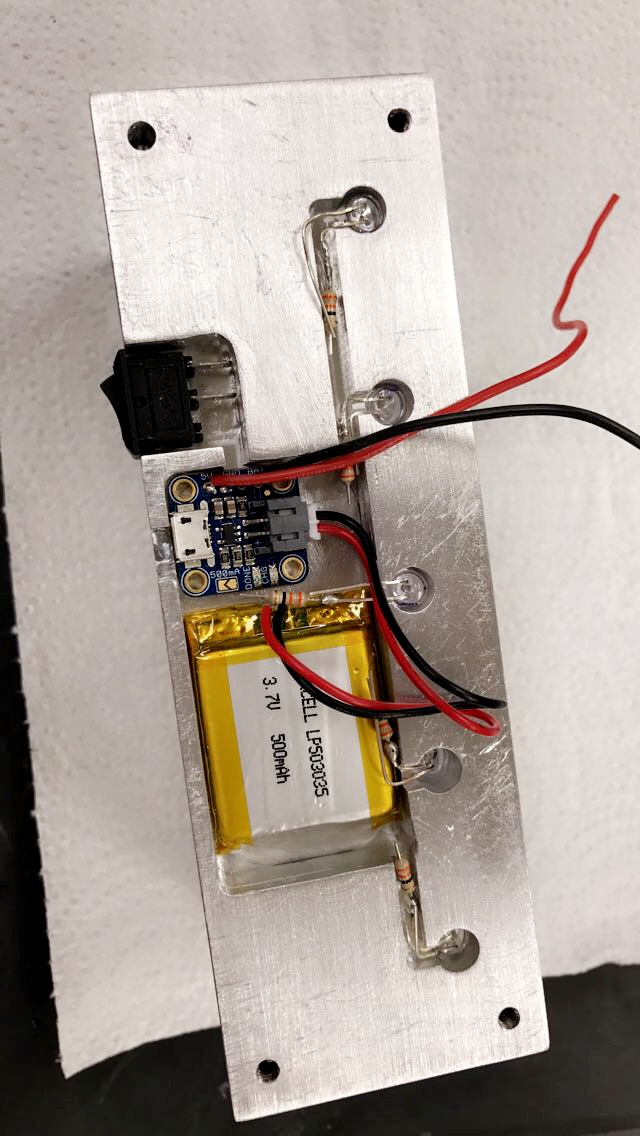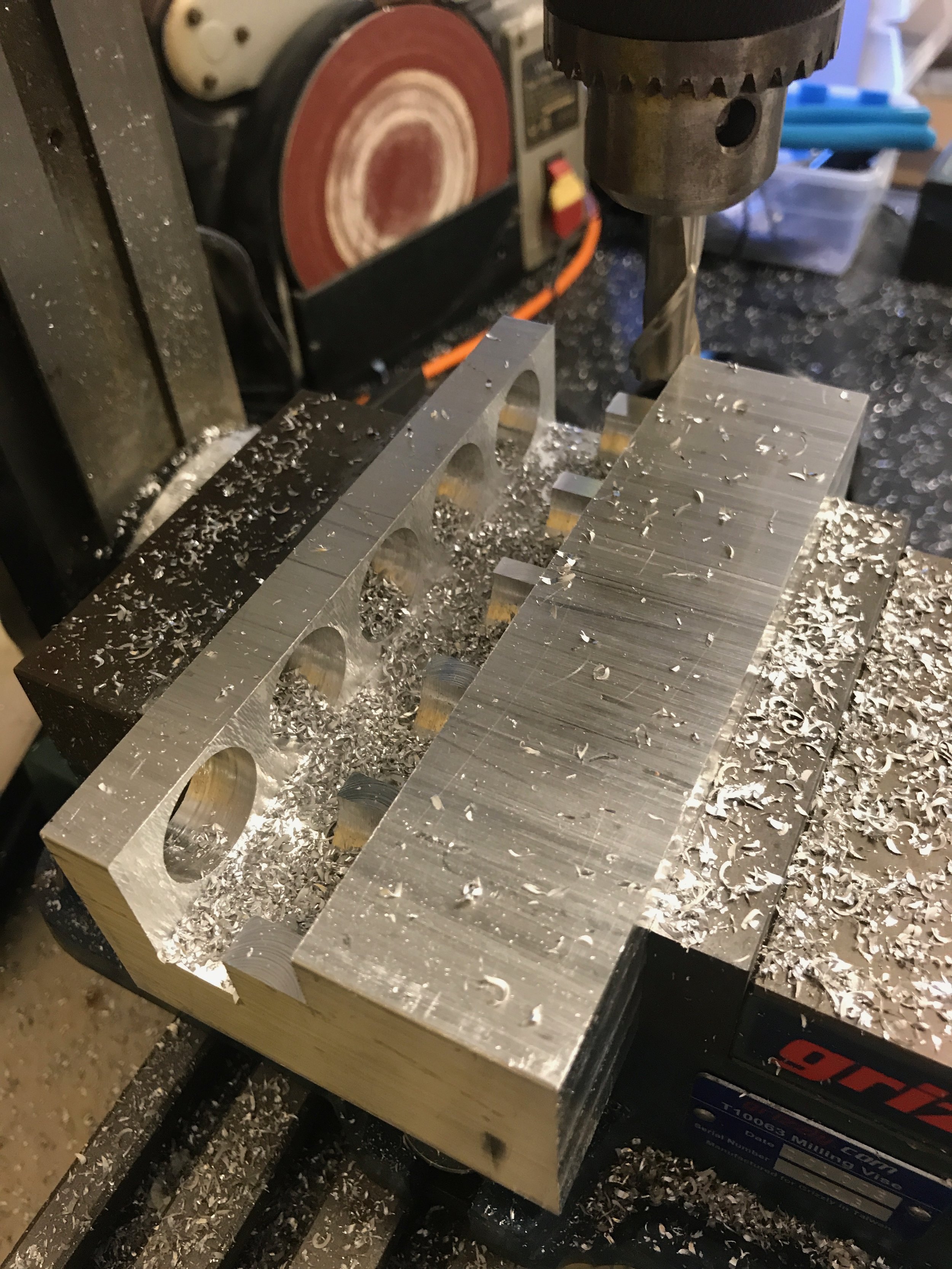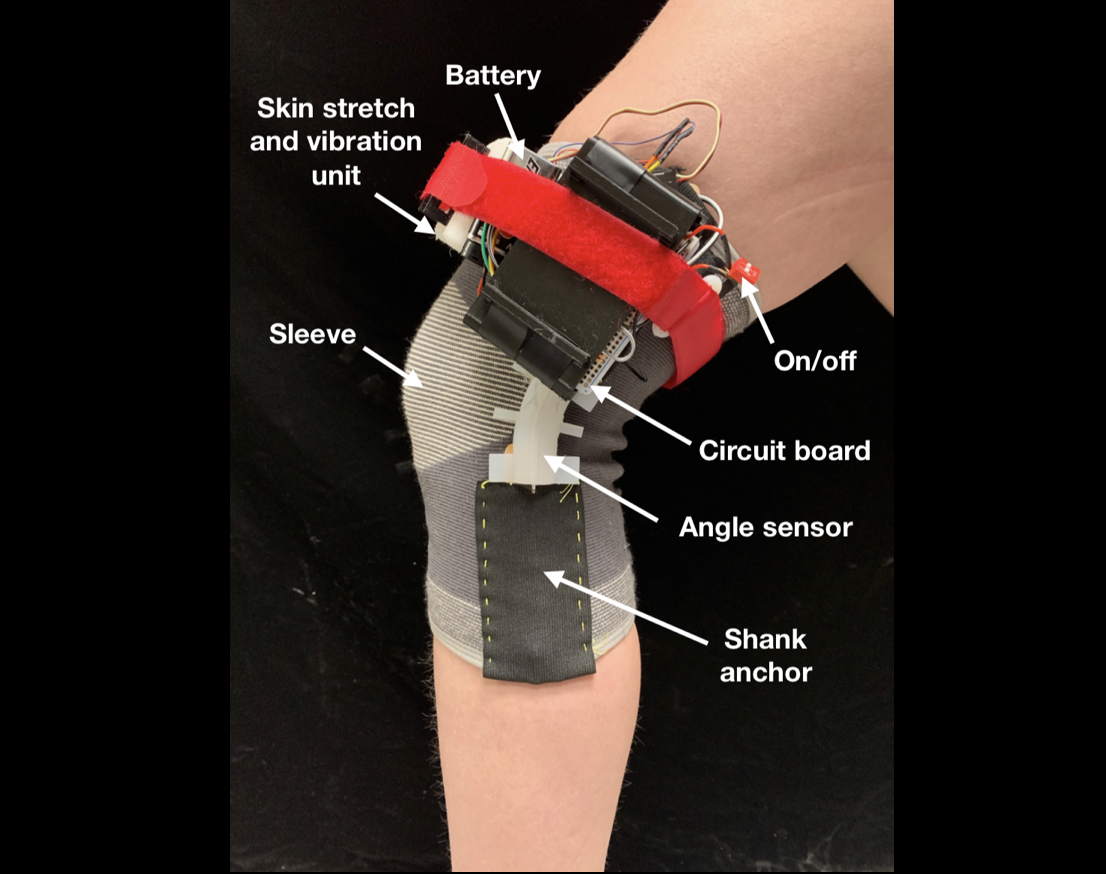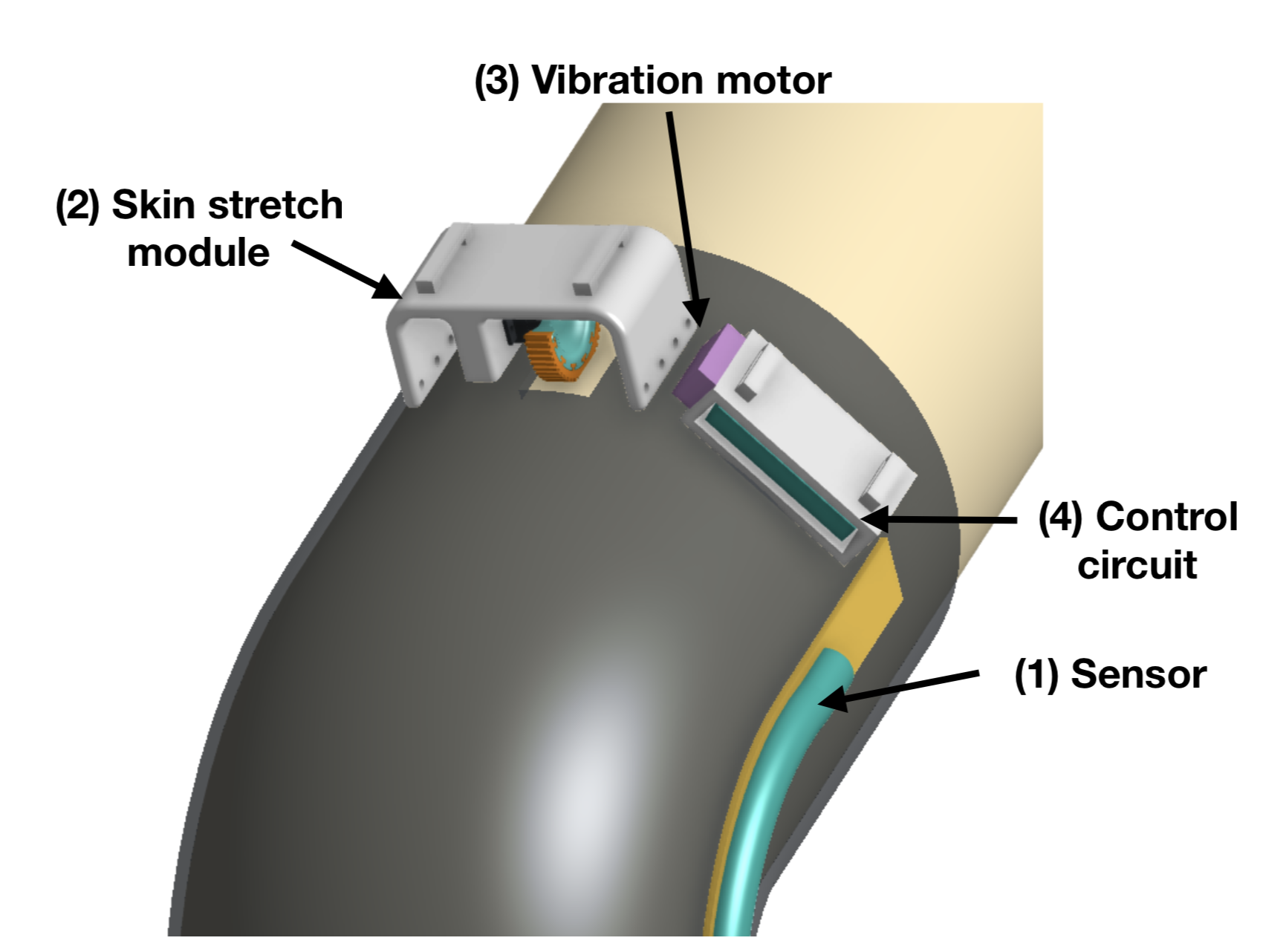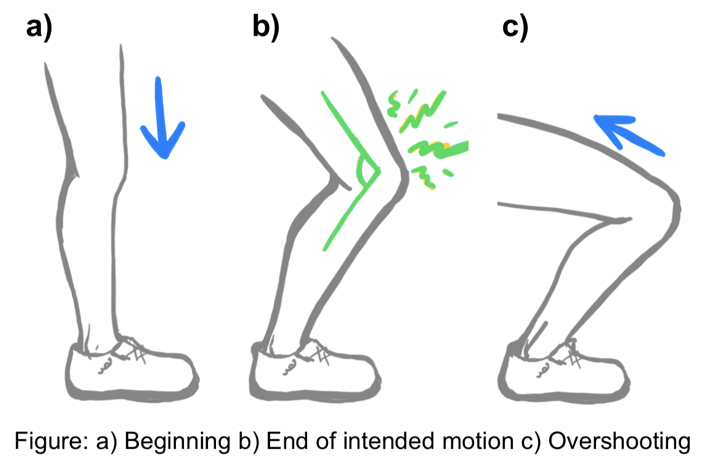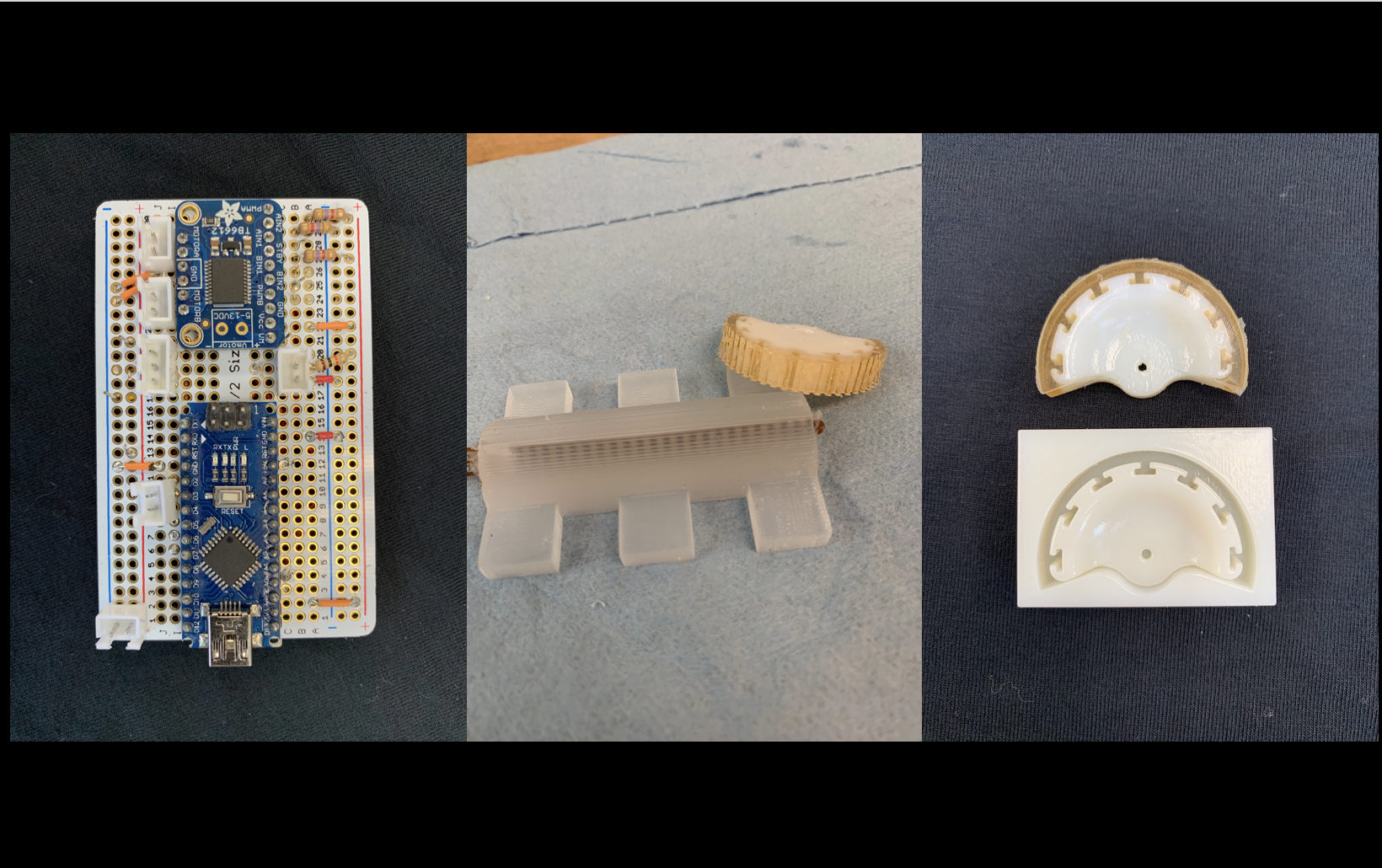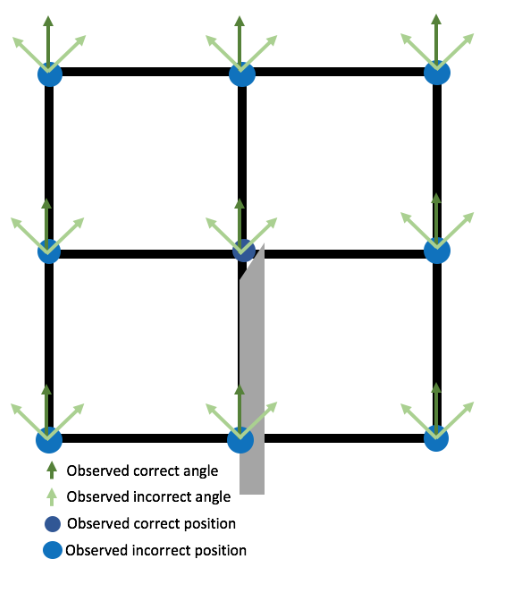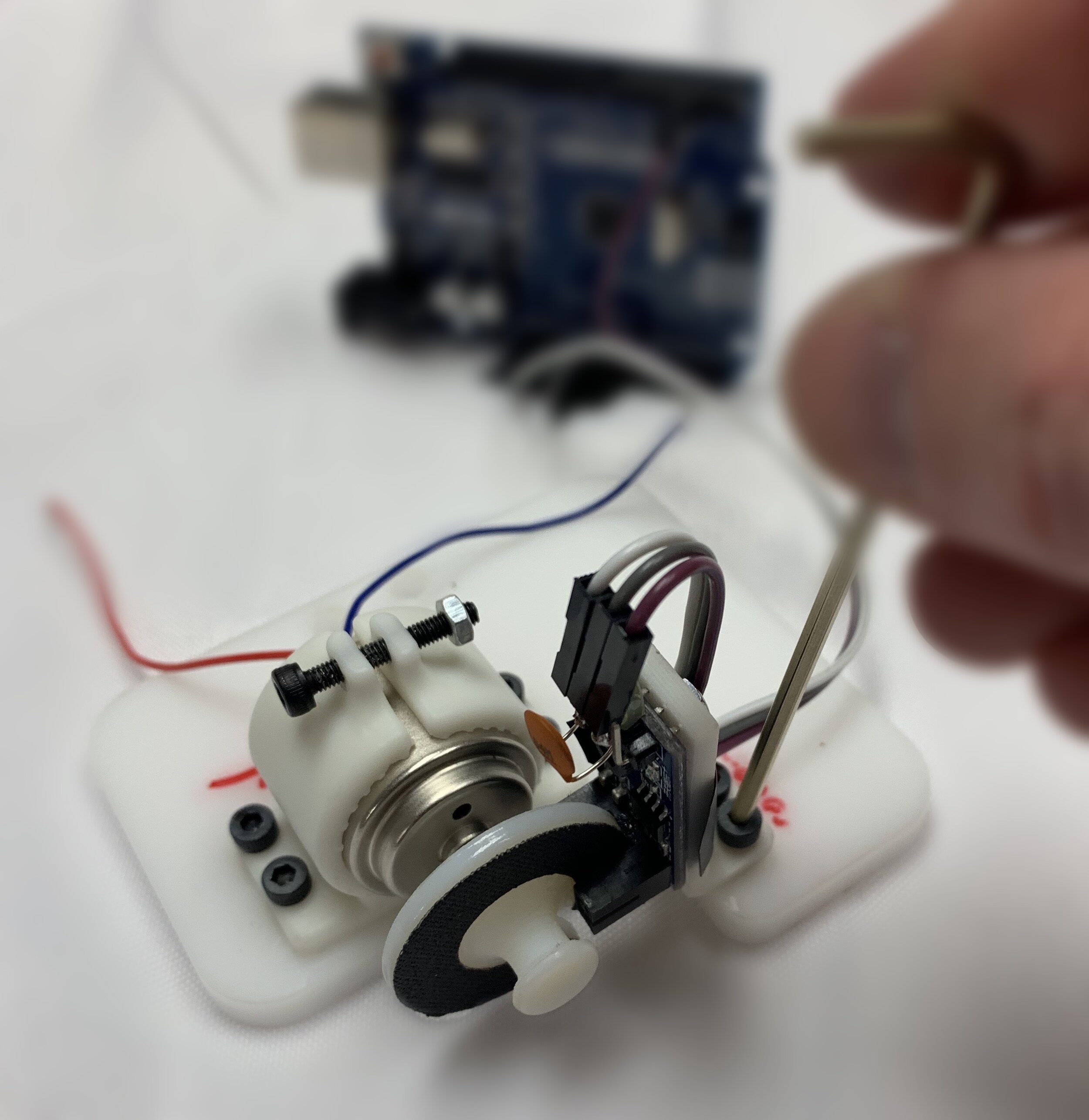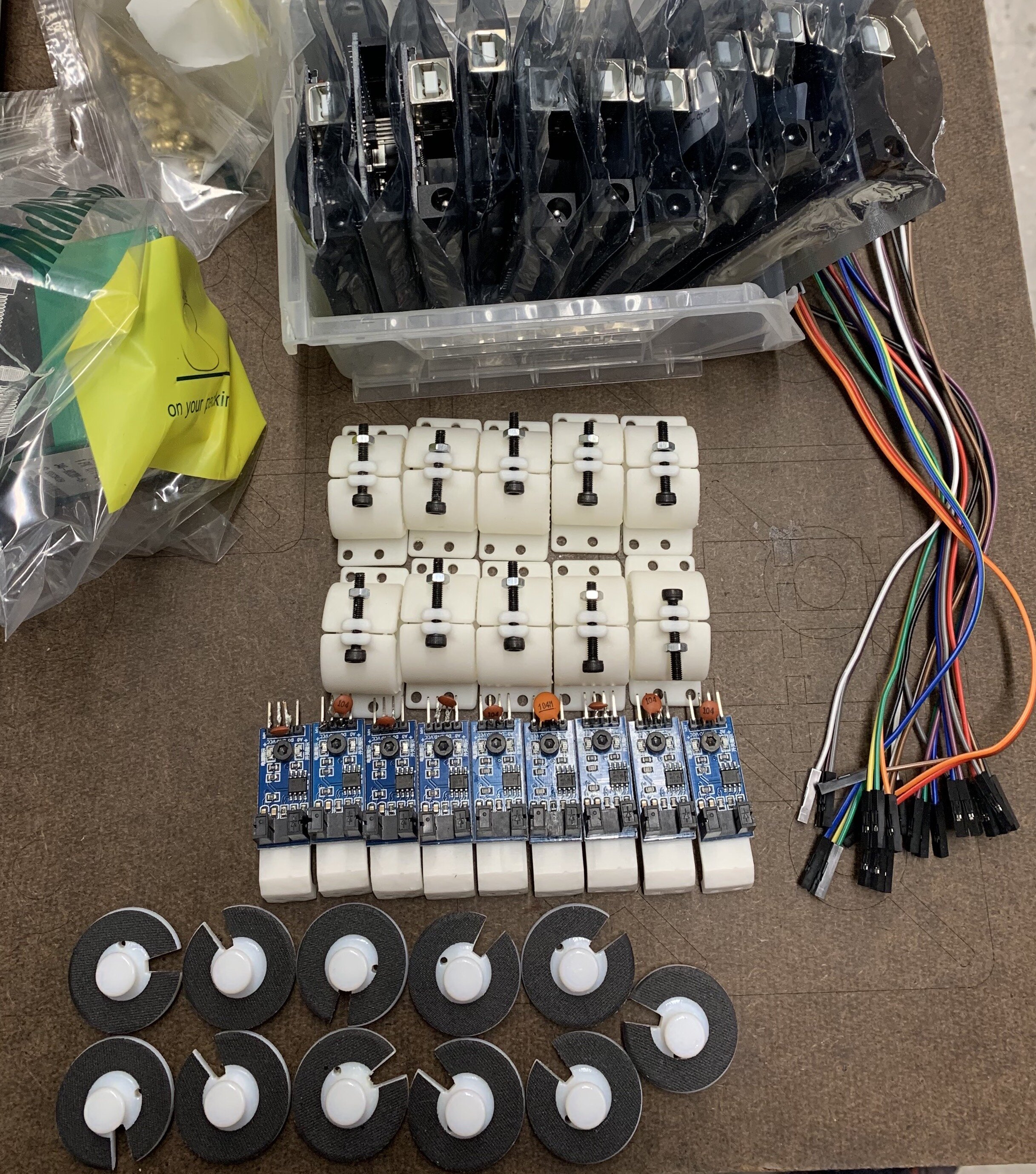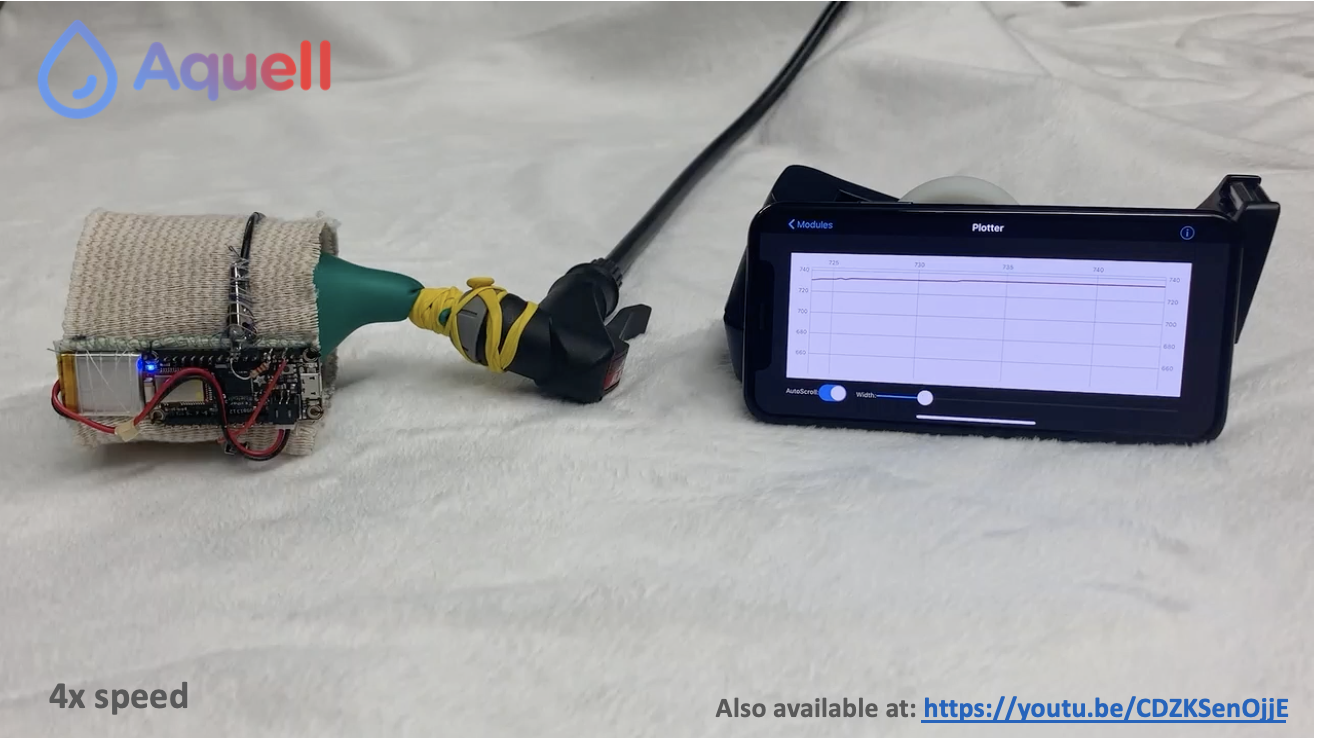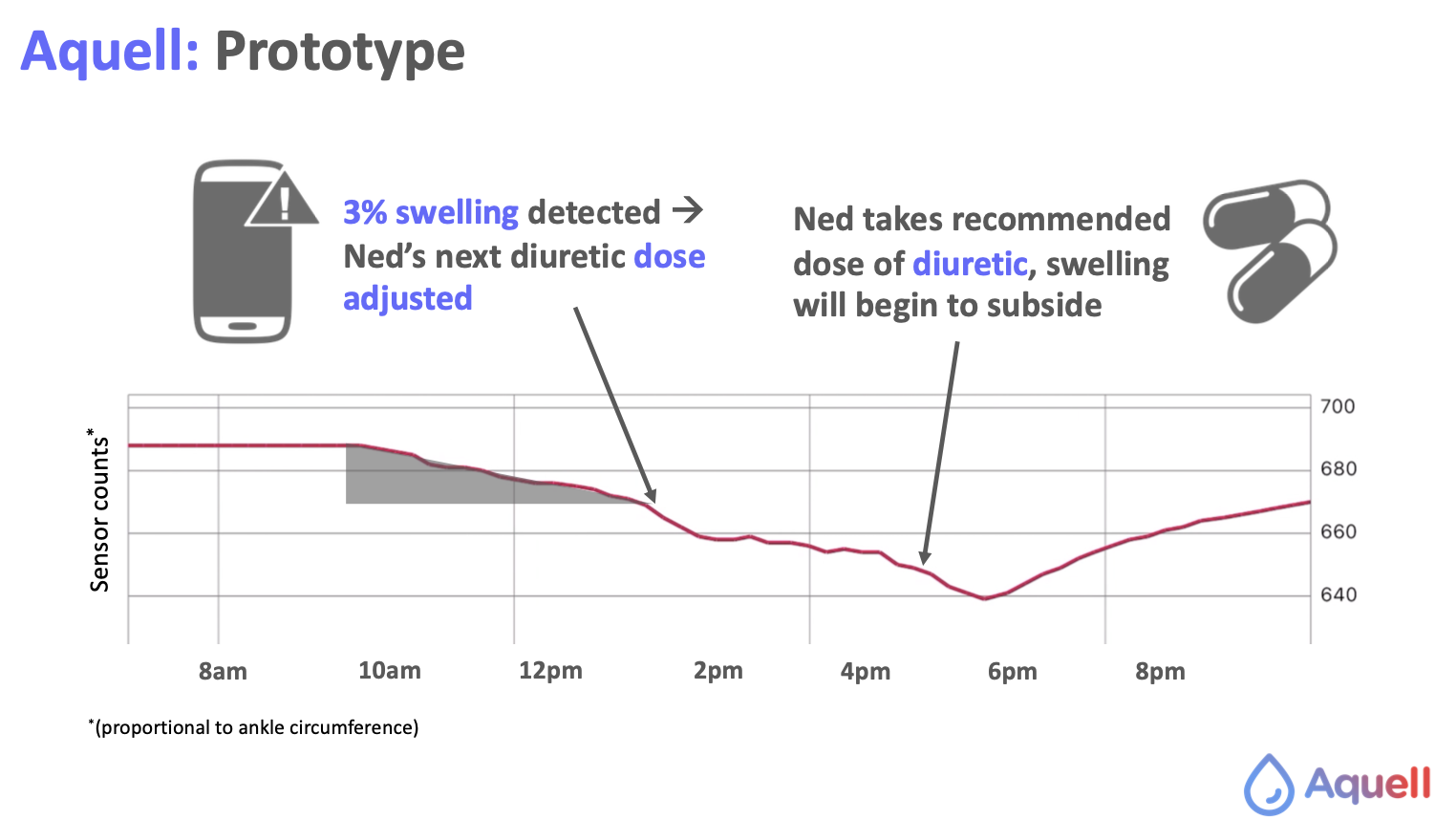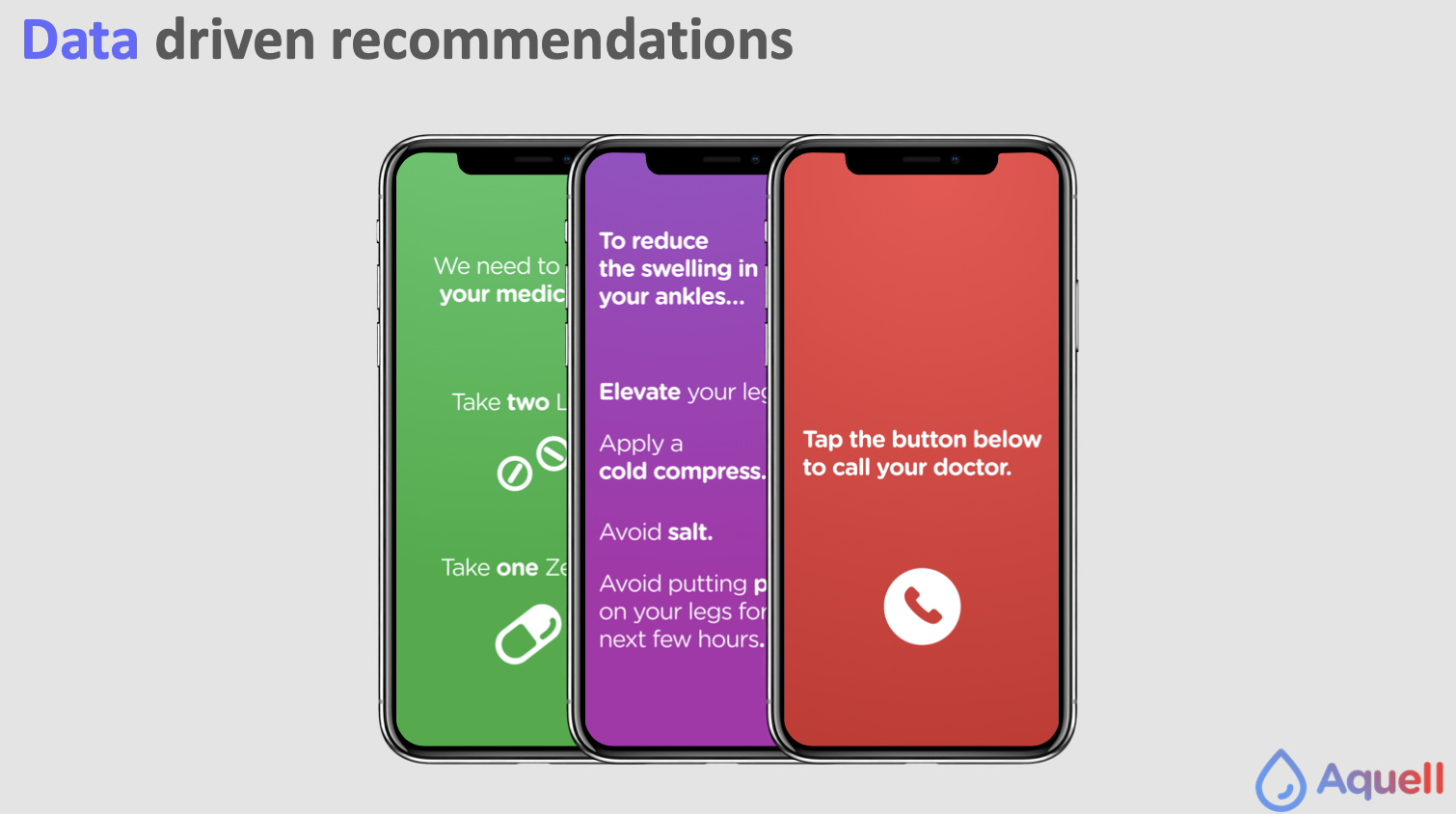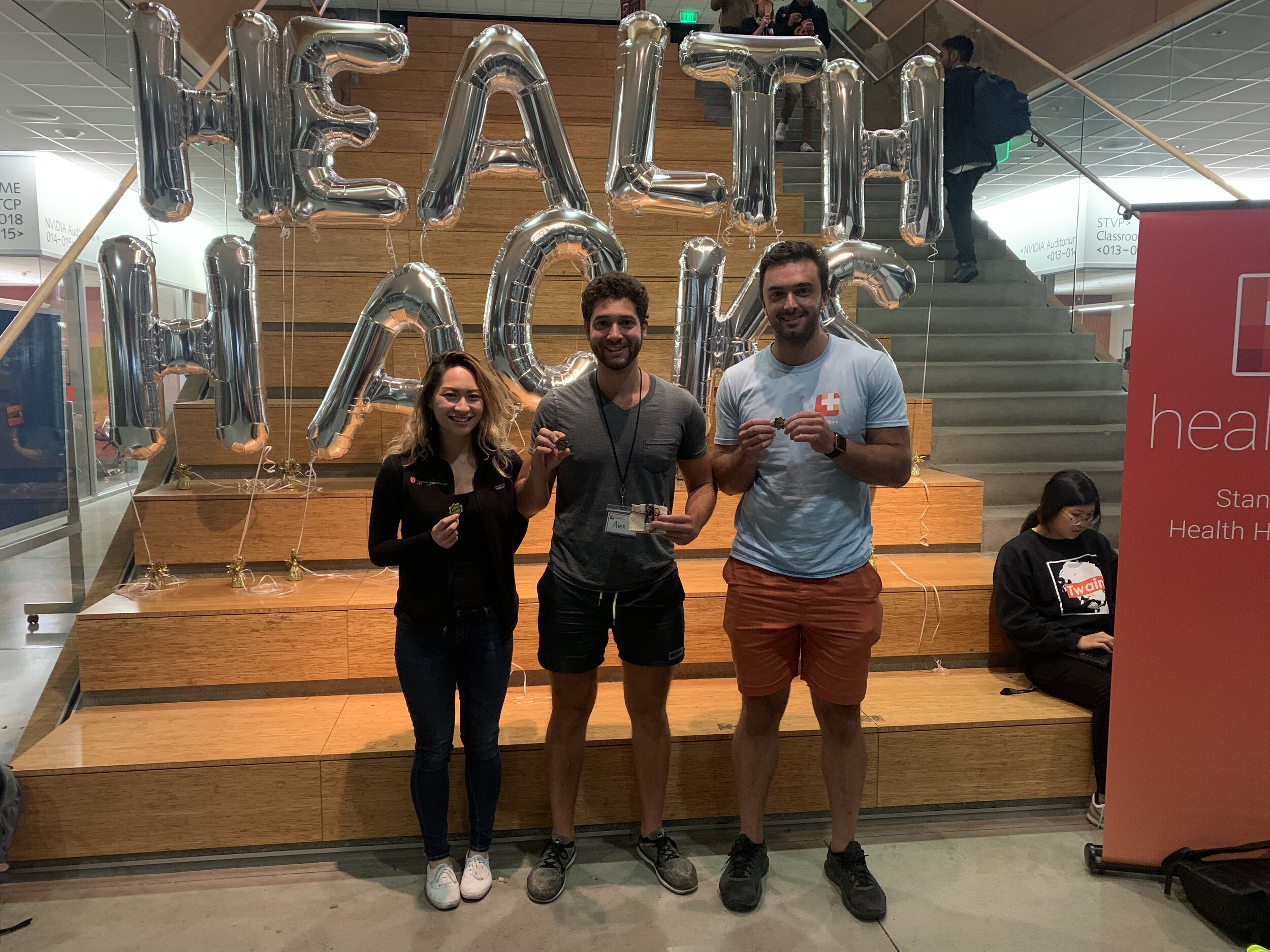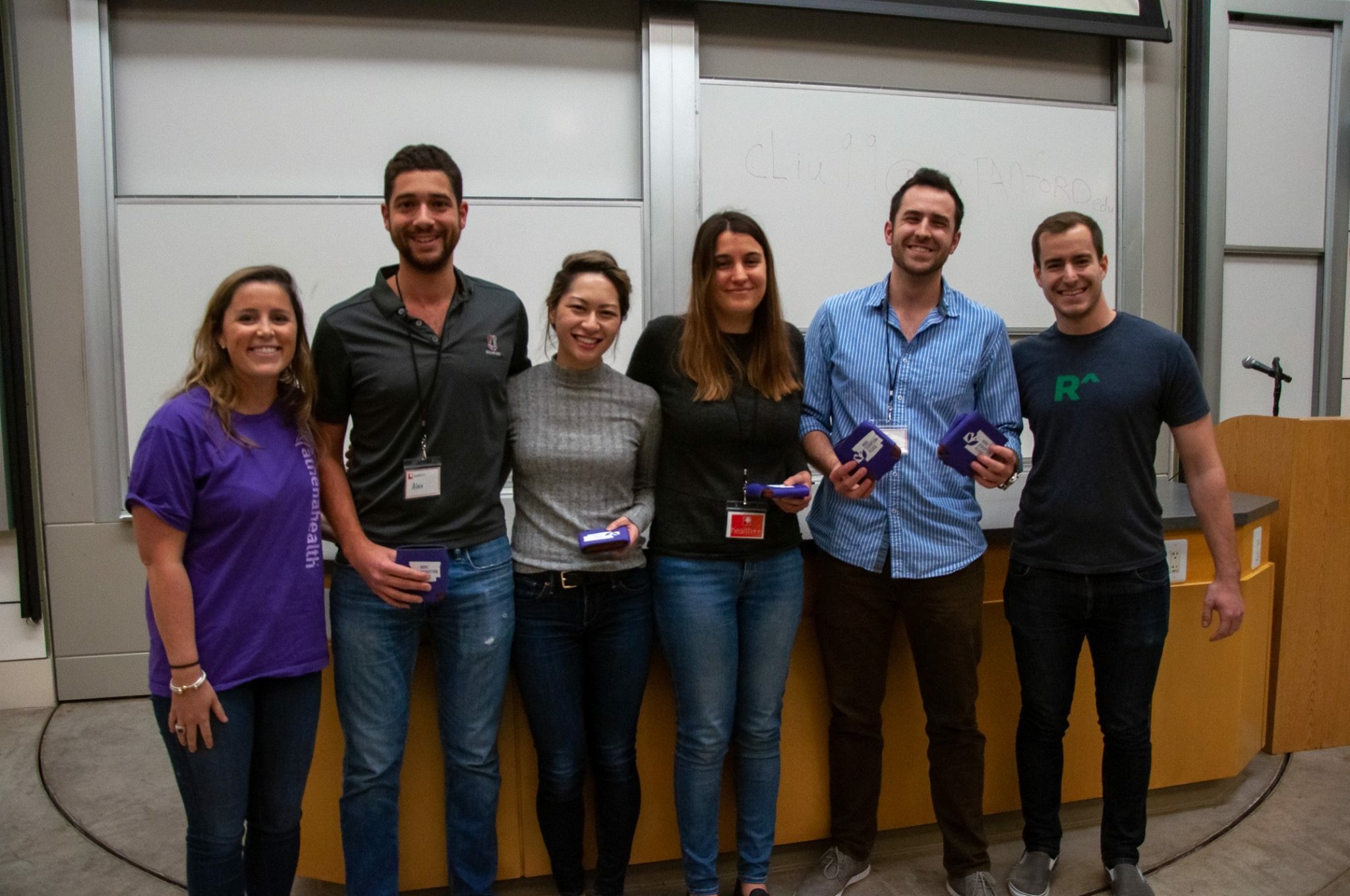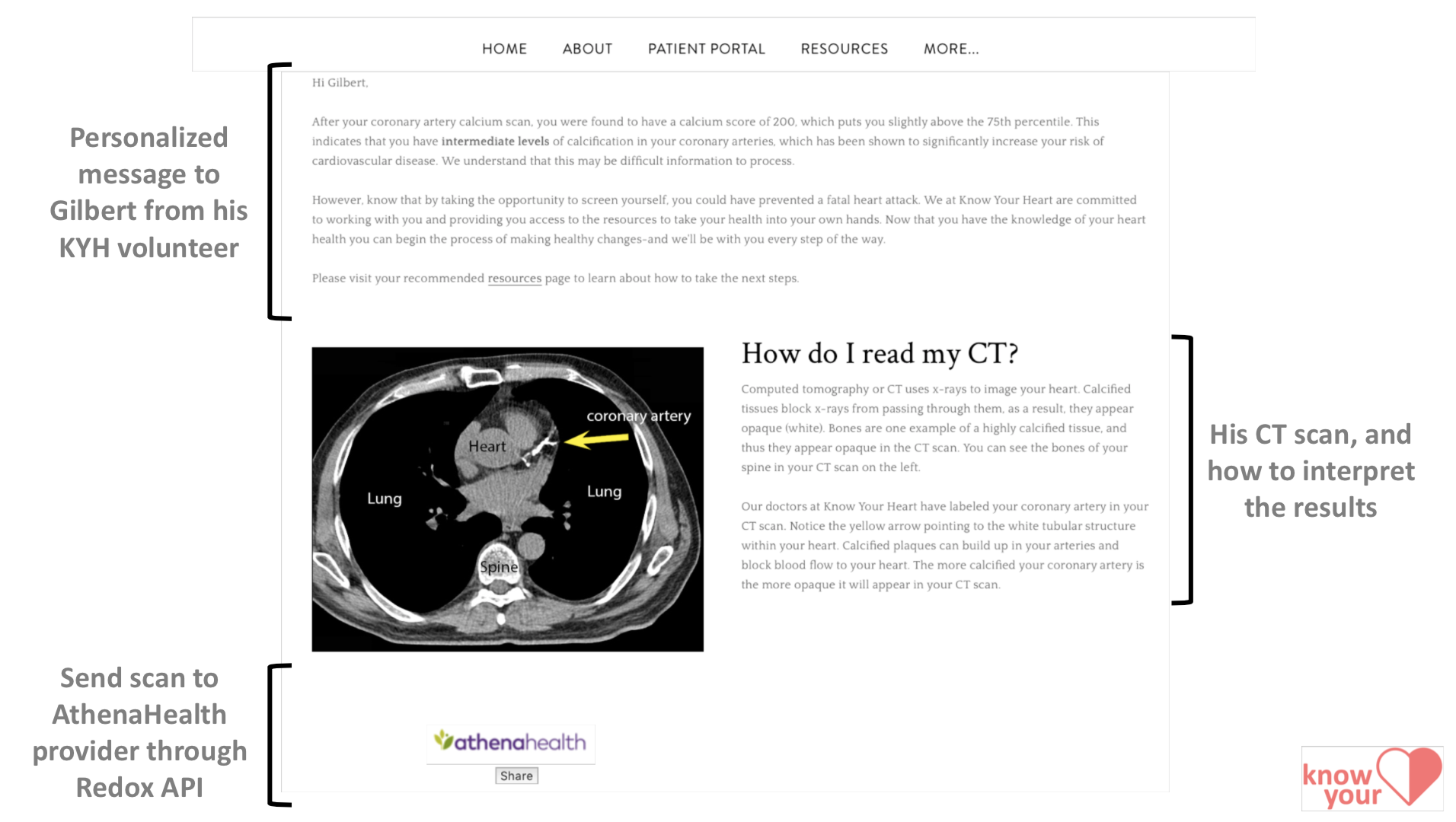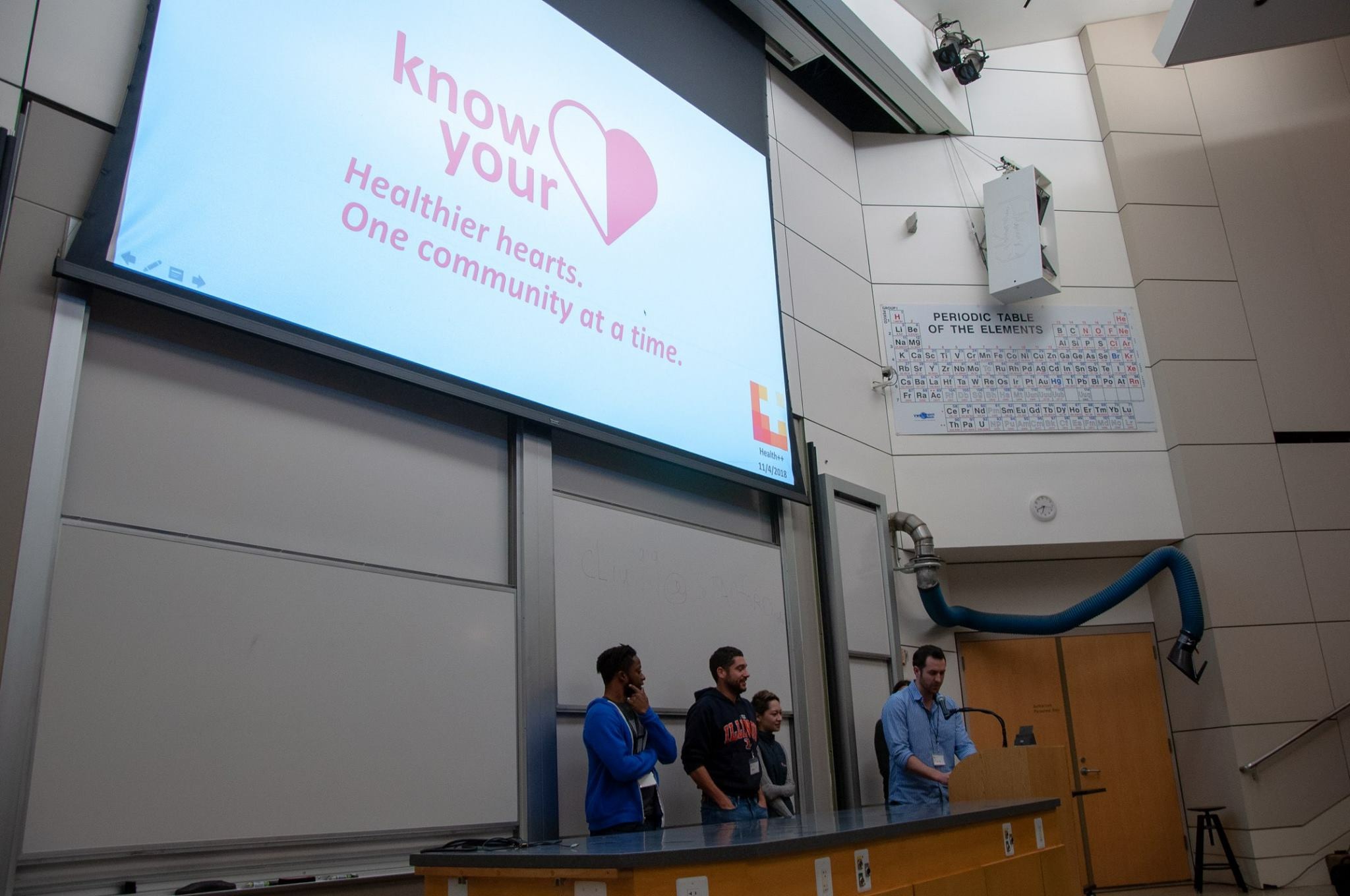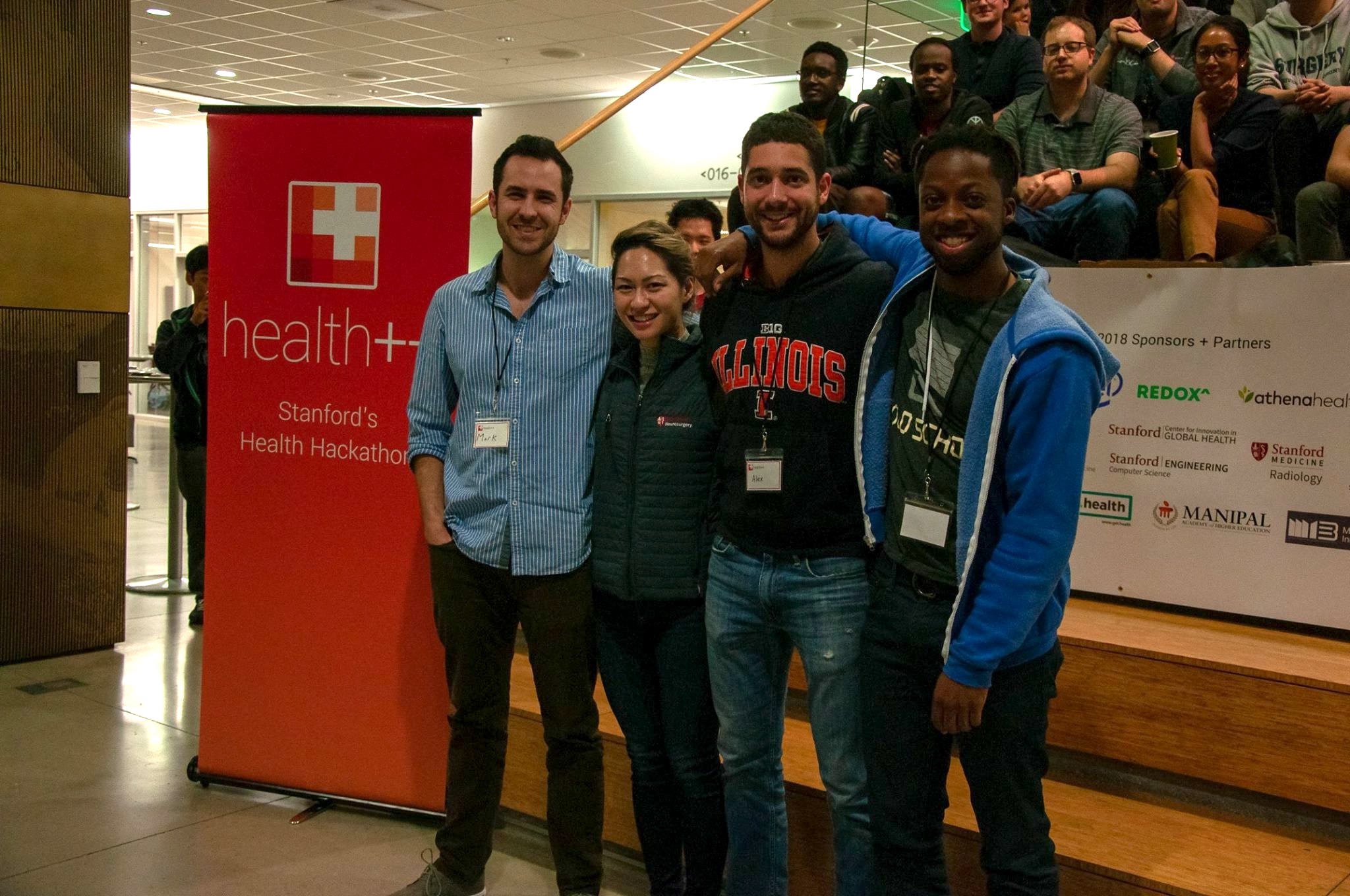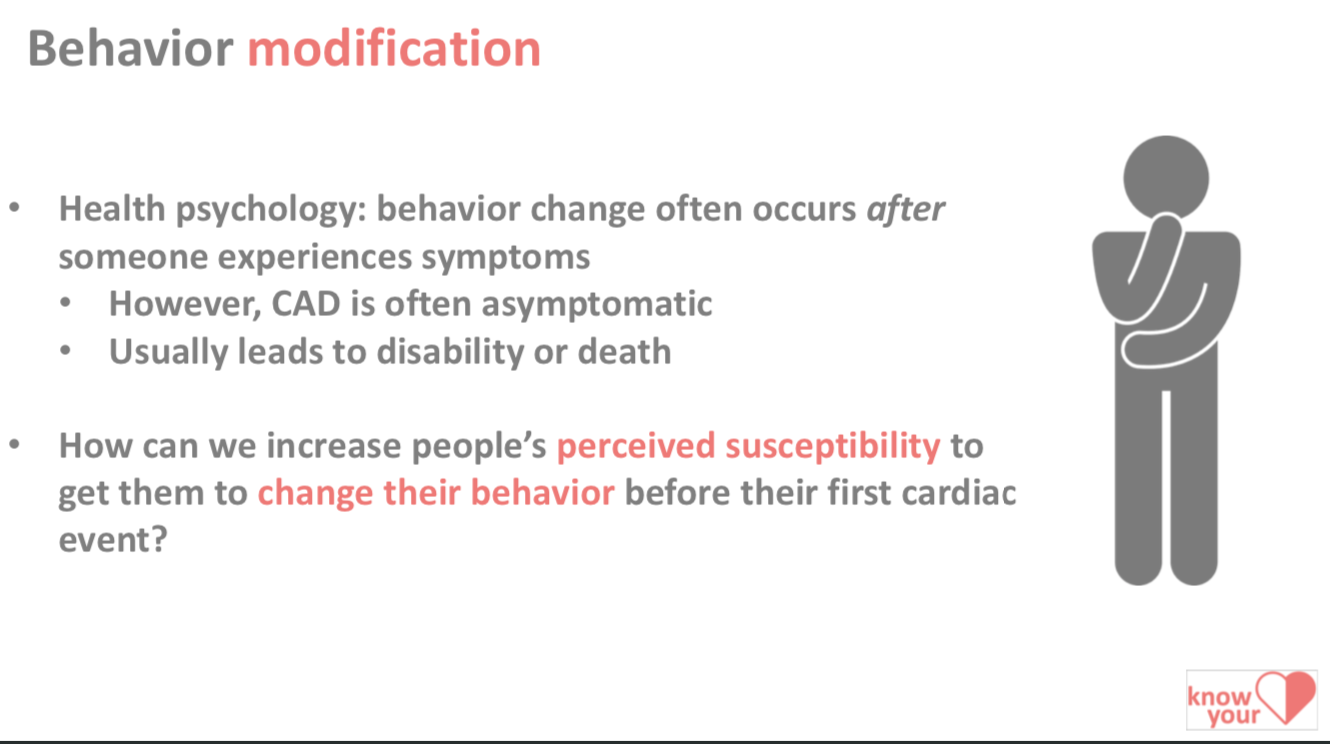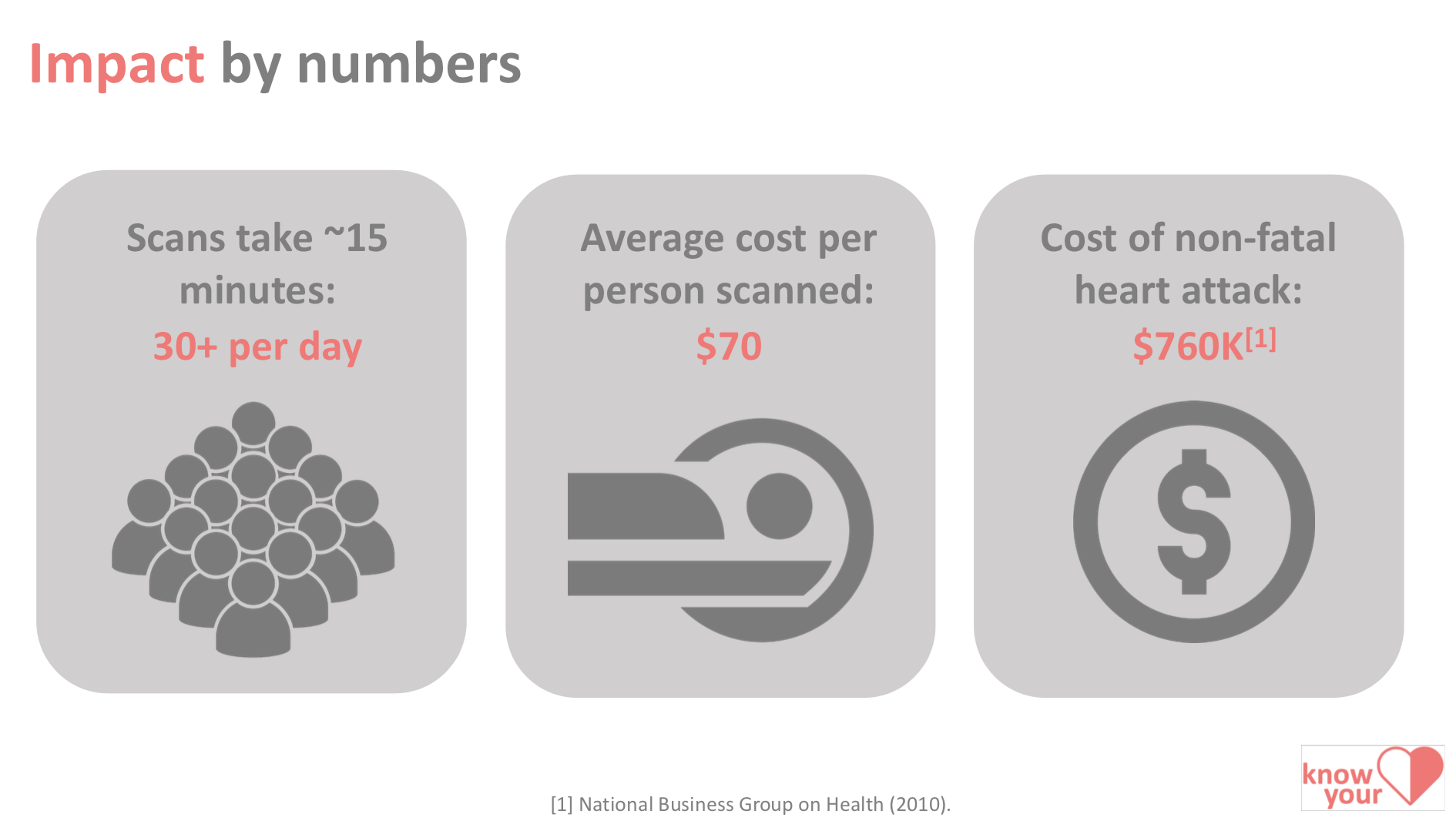Class Projects
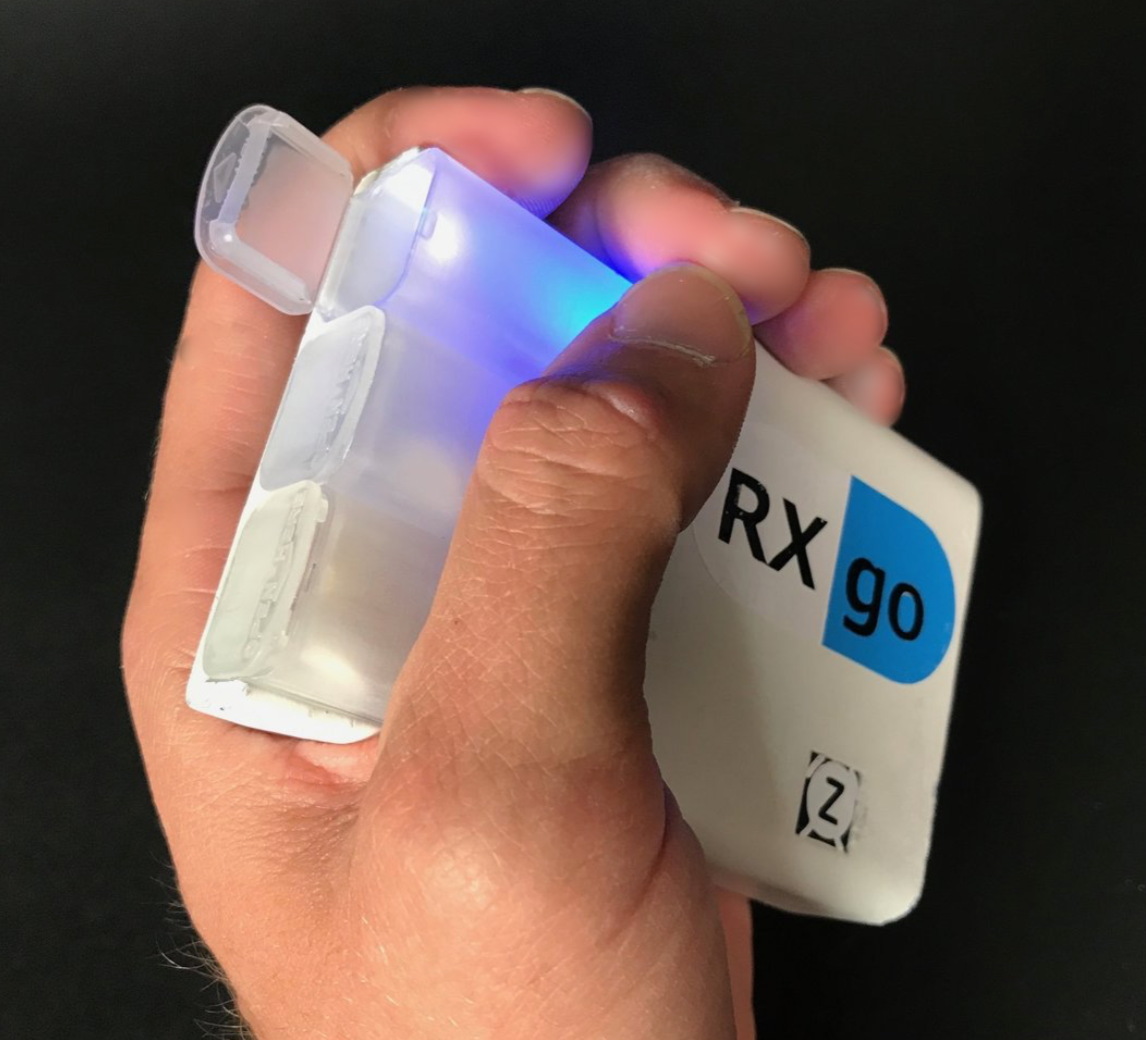
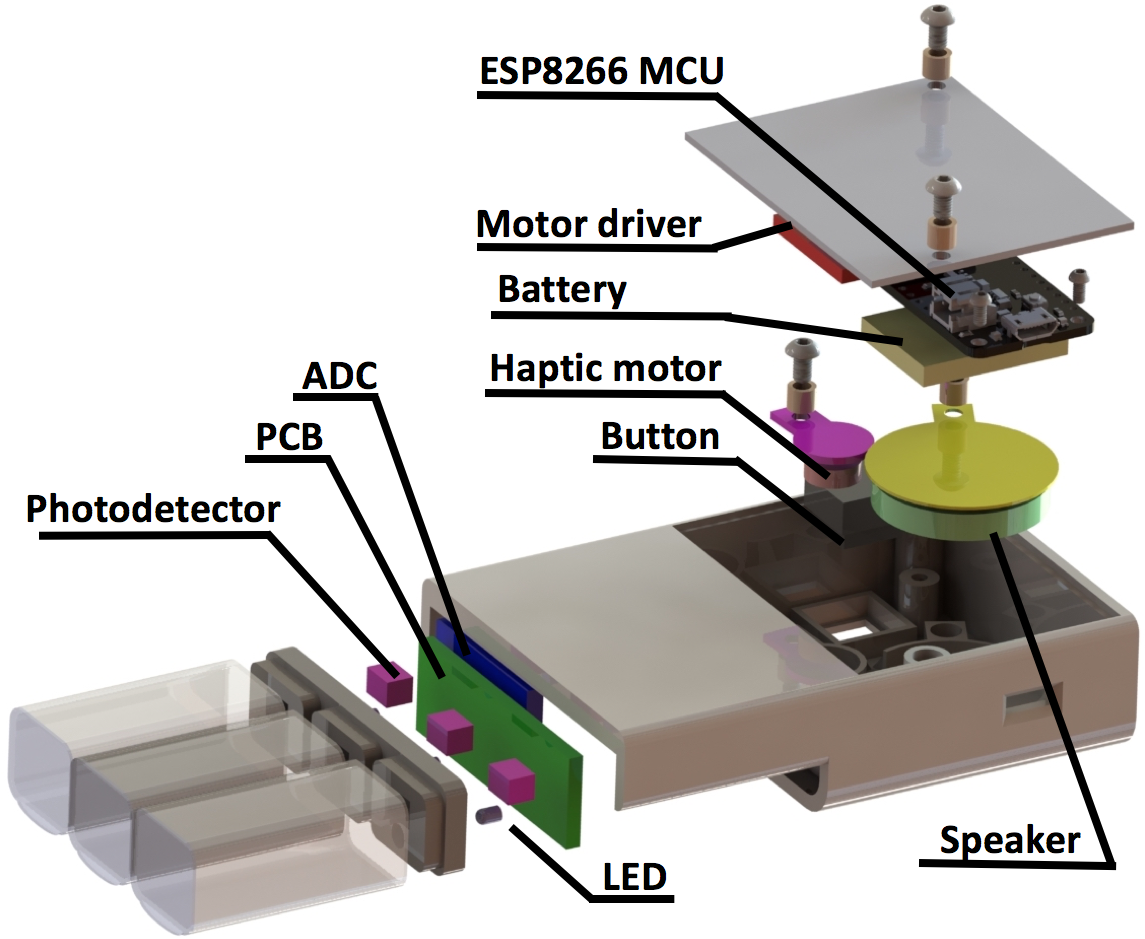

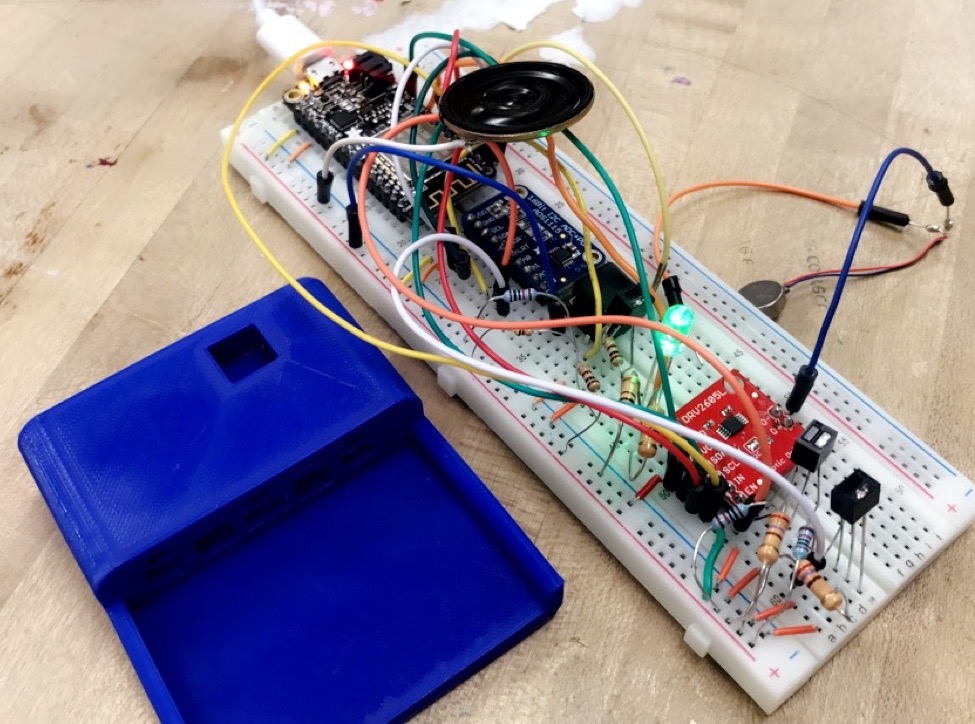
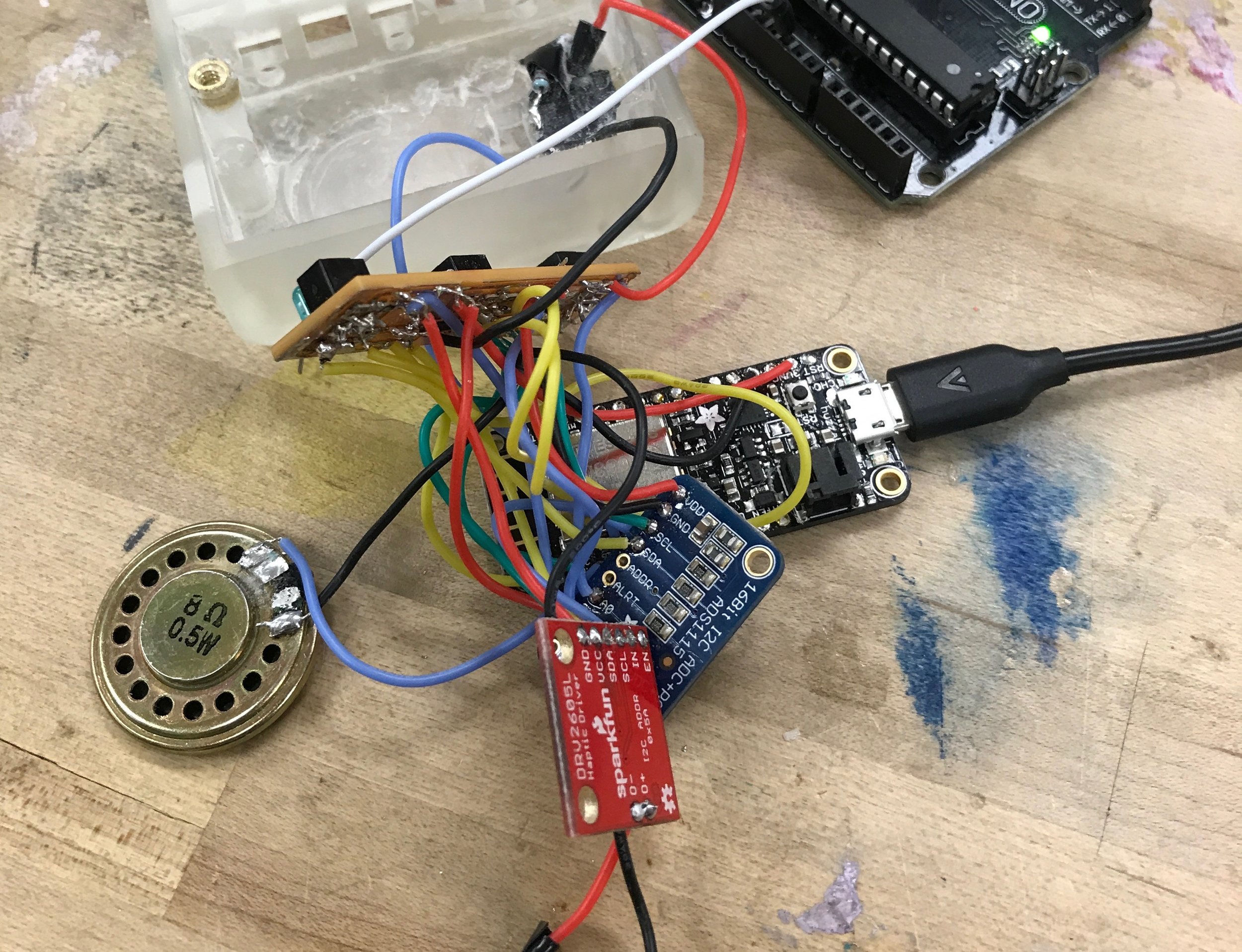
RX.go
The final two weeks of the ME216M: Smart Product Design course were dedicated to creating a connected device in the health and wellness space.
More than half of Americans take two prescription medications, and 20% of Americans are on at least five prescription medications. Prescription non-adherence is a major health and financial issue in the US. Studying the habits of a friend and regular prescription user, we observed that basic adherence methods such as calendar notifications and reminders are ineffective because they are easy to ignore or prematurely checked off as completed.
Our team designed and prototyped a pill case outfitted with sensors that can tell if the pills are being taken. It connects to an online database so the user can track their success at taking medication on time and inform their caretaker or physician if they need some human encouragement. RX.go also gives the user gentle haptic, audio, and visual reminders when it is time to take a set of pills (and can send an optional reminder text with instructions on how to best take them). While alerts can be temporarily snoozed, they will not go away until the pills have been removed from the tray.
Skills: PCB design, circuitry, 3D printing, Arduino coding, IOT database, CAD
Project website | Slide deck (pdf) | Video
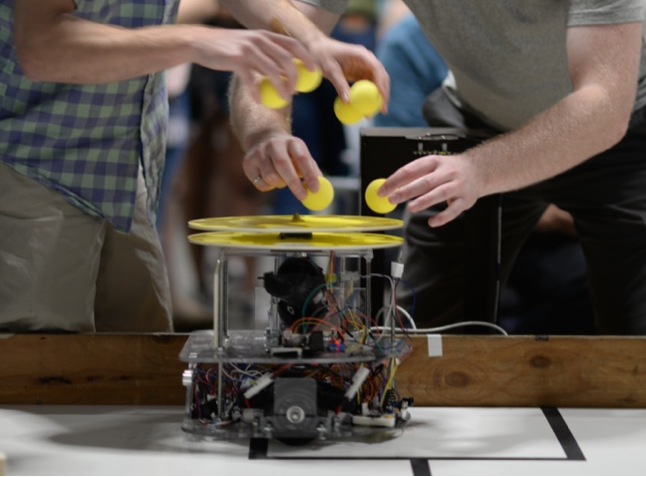
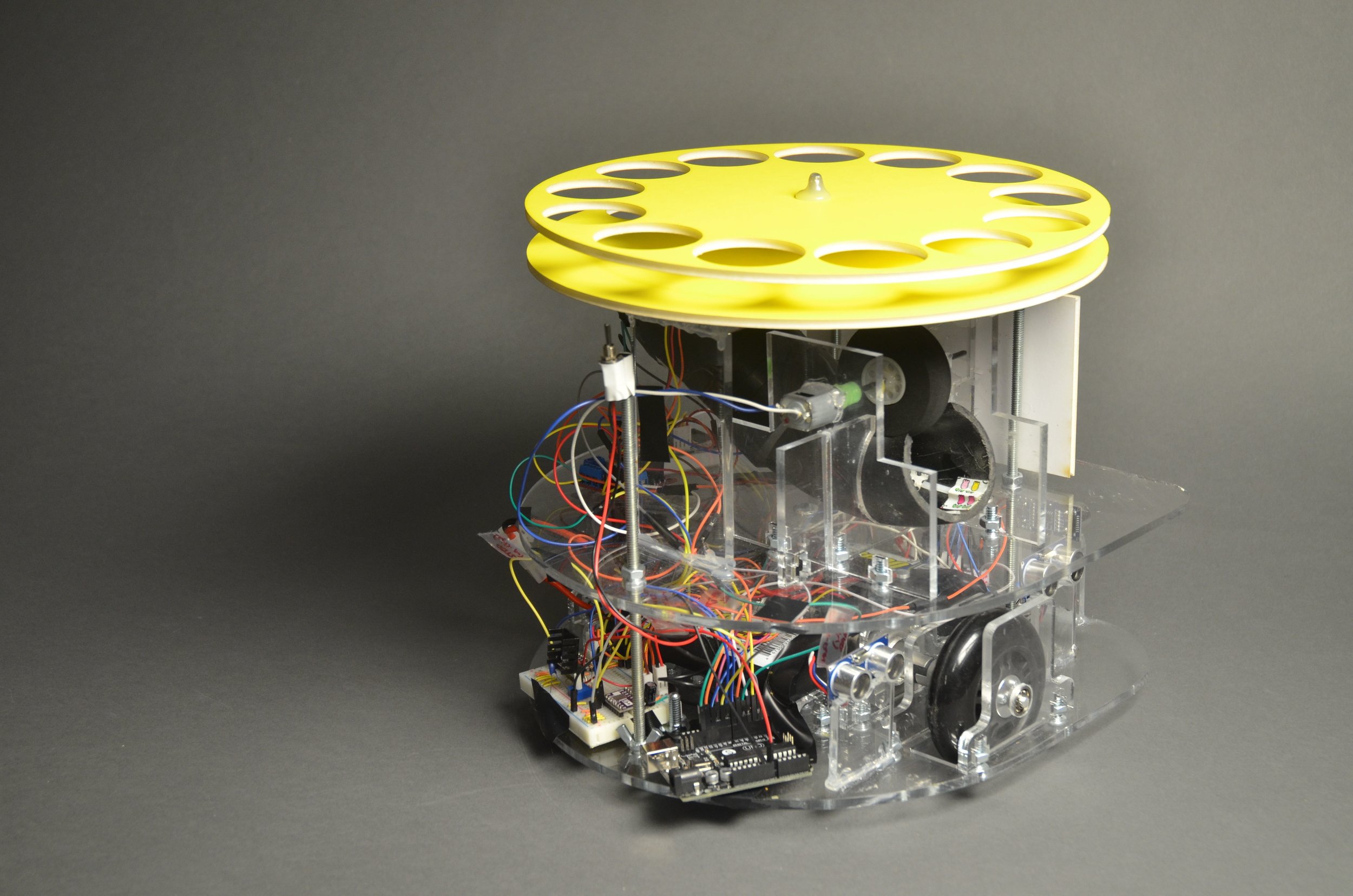
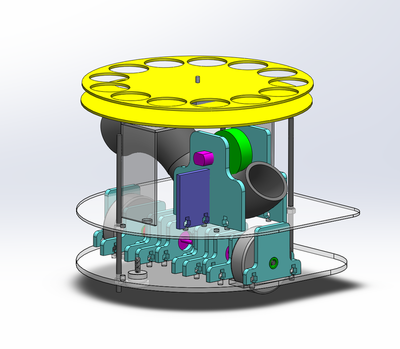
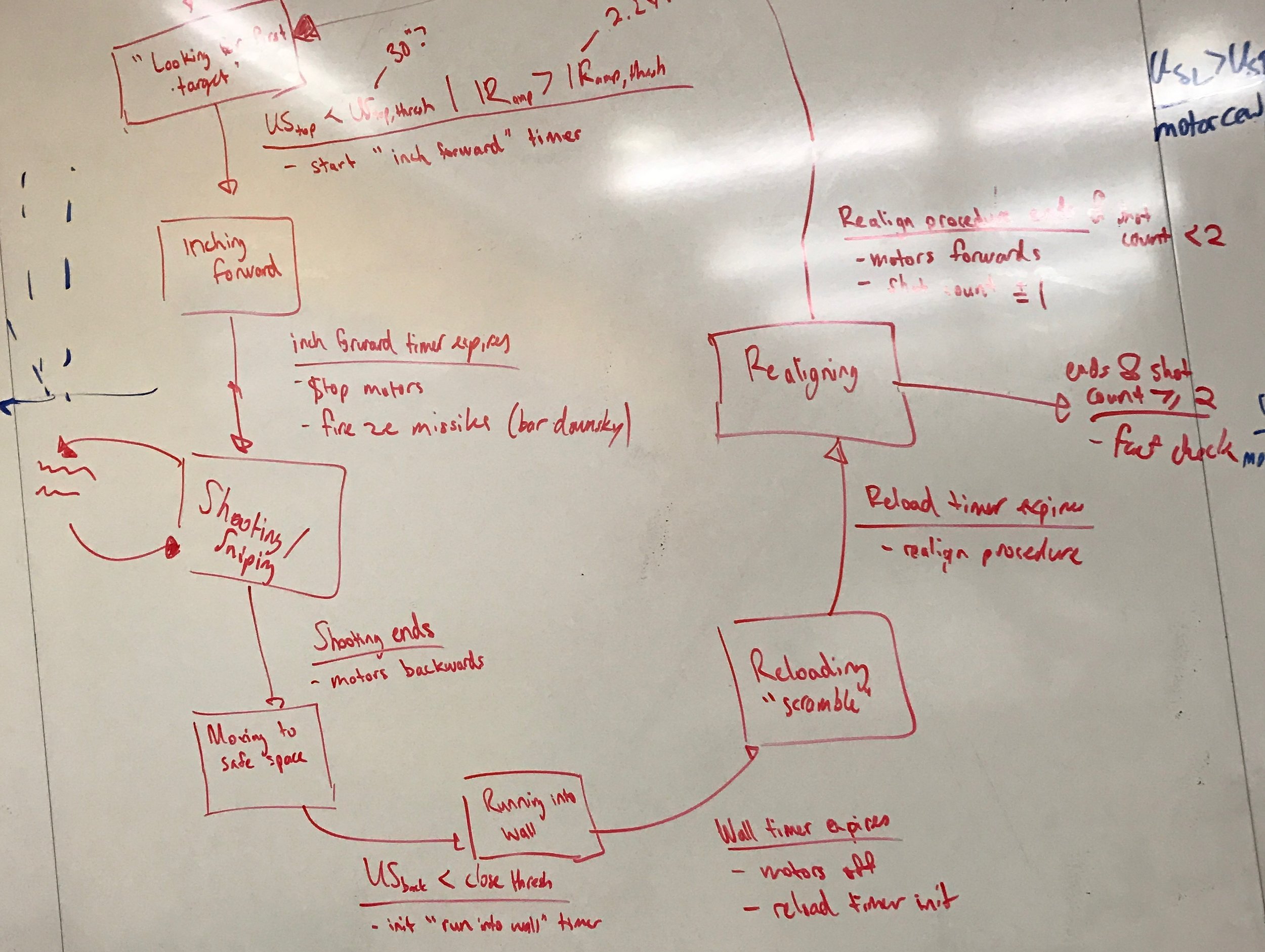
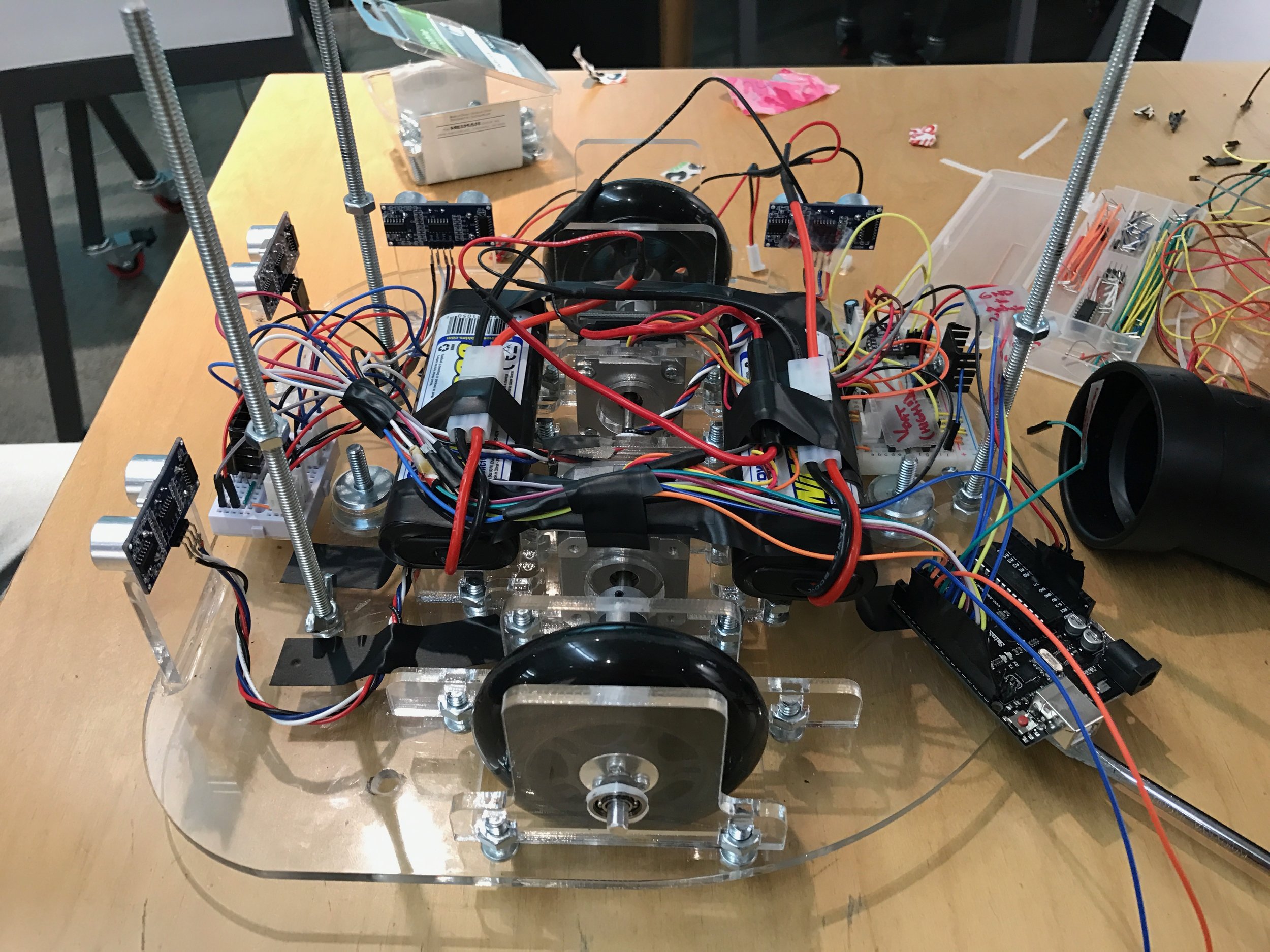

Autonomous Robot
With just two weeks and a $200 budget, the ME210: Intro to Mechatronics course challenged us to build a fully autonomous robot for a class-wide competition.
The objective of the competition was to have your robot land more foam balls than the opponent's into target towers mounted around a game board. Reloading balls into the robot was only permitted when it entered a marked off space at the edge of the board.
Our Arduino-powered robot used two pairs of ultrasonic sensors to orient itself with the walls of the playing field, rotating itself using a pair of stepper motors in "tank steering" configuration. Once lined up with each tower, a DC motor driven flywheel shot foam balls fed from a rotating hopper.
Skills: Arduino coding, circuitry (op-amps, IR sensors, ultrasonic sensors, motor drivers, power management), drivetrain design, CAD, laser cutting
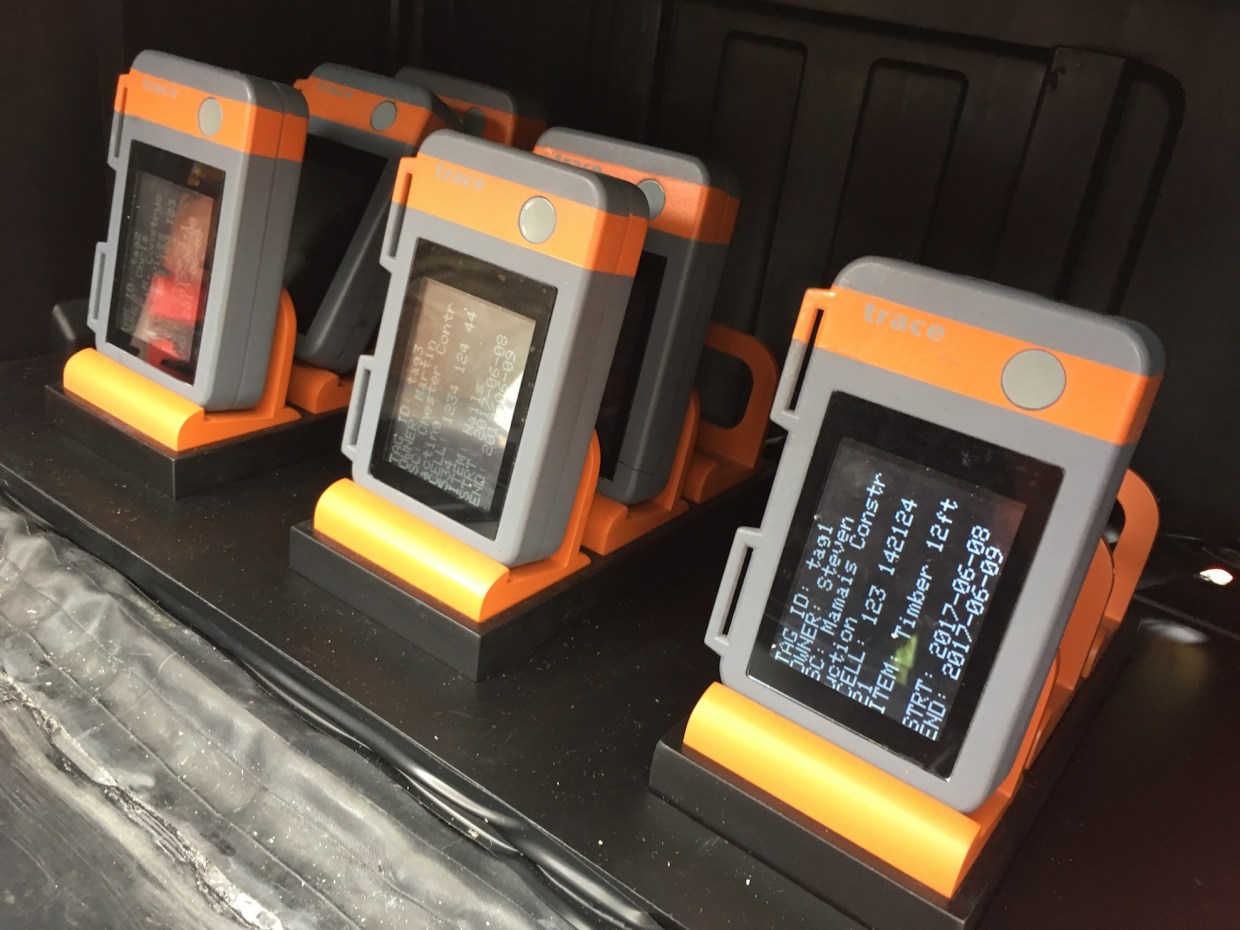
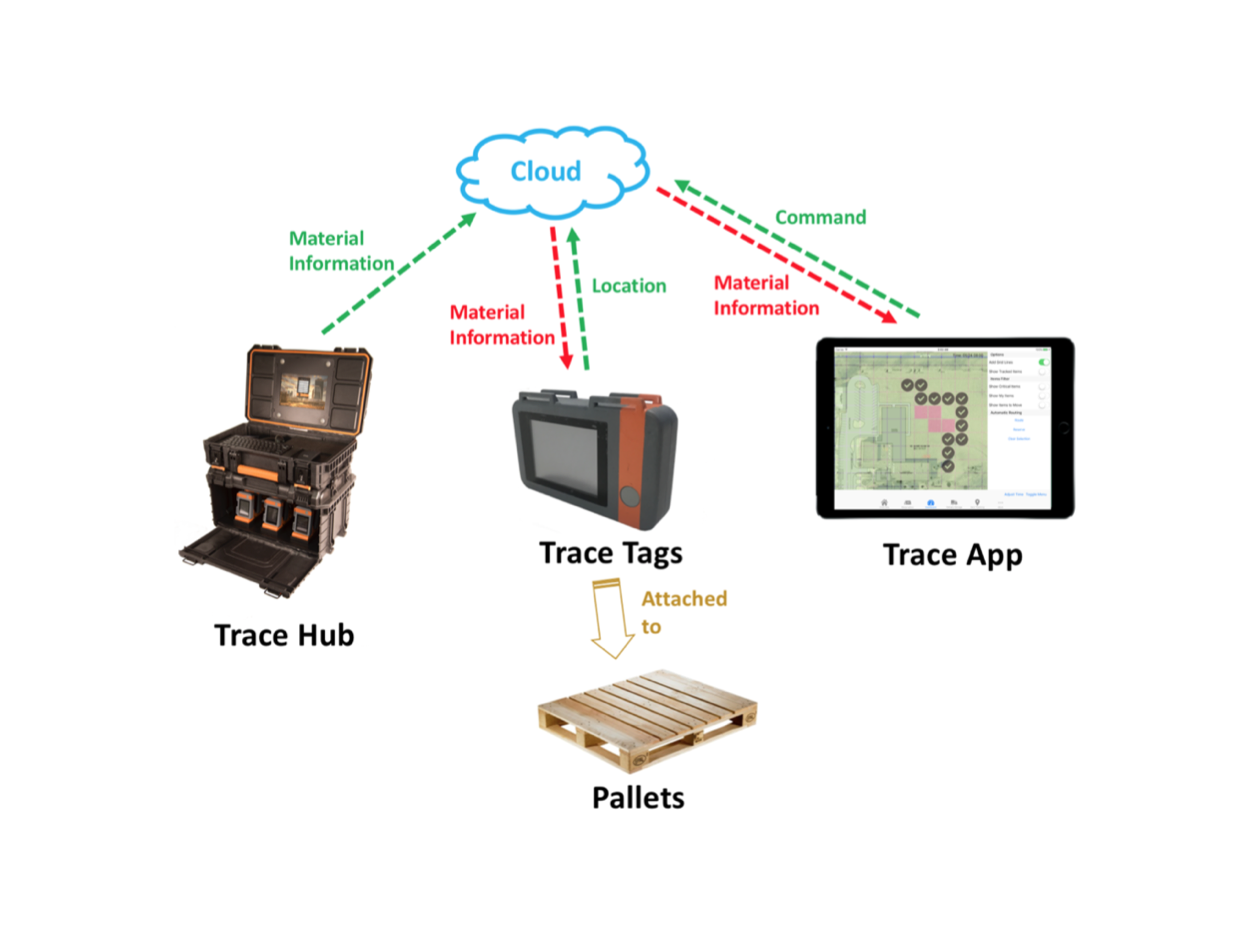
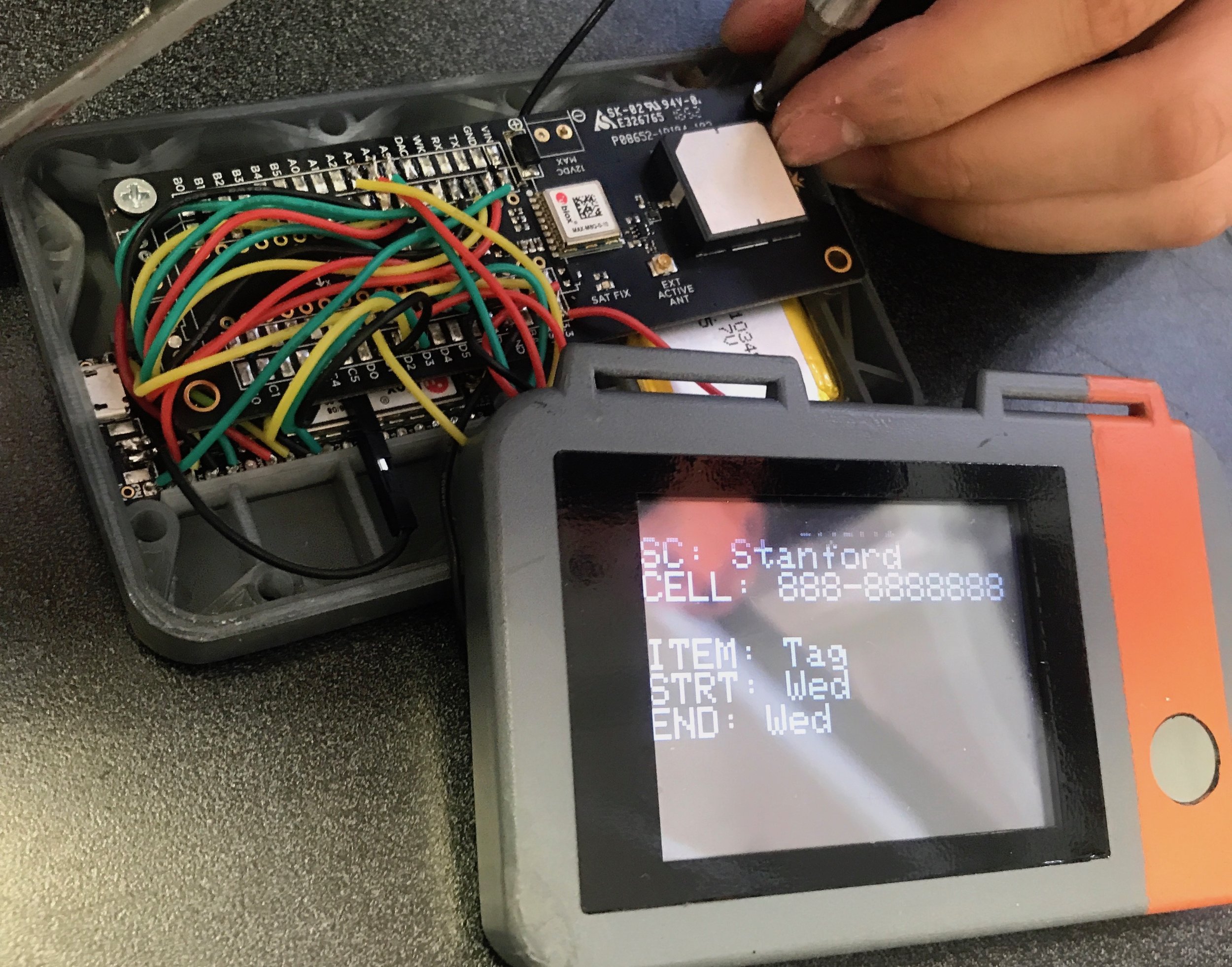
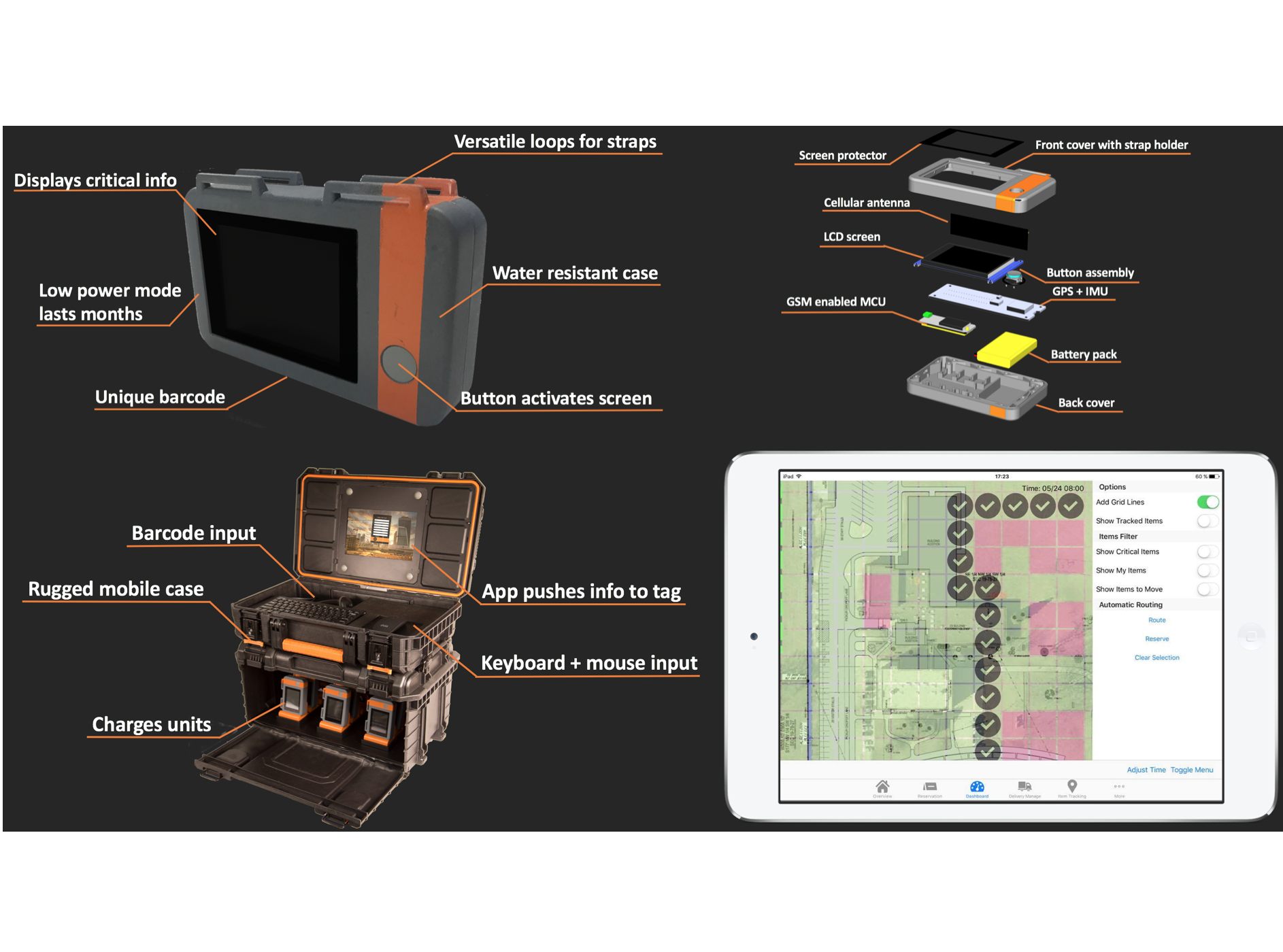
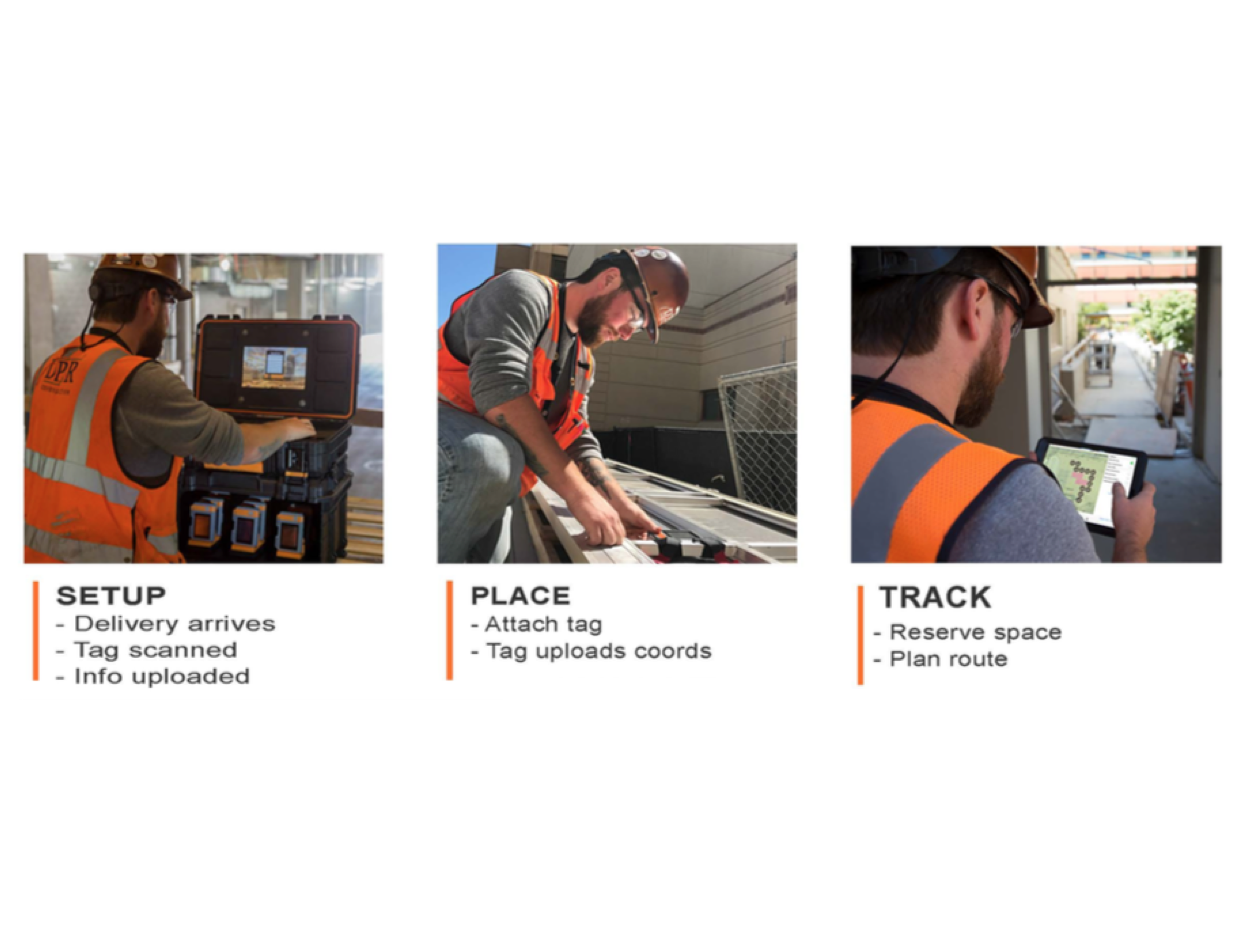
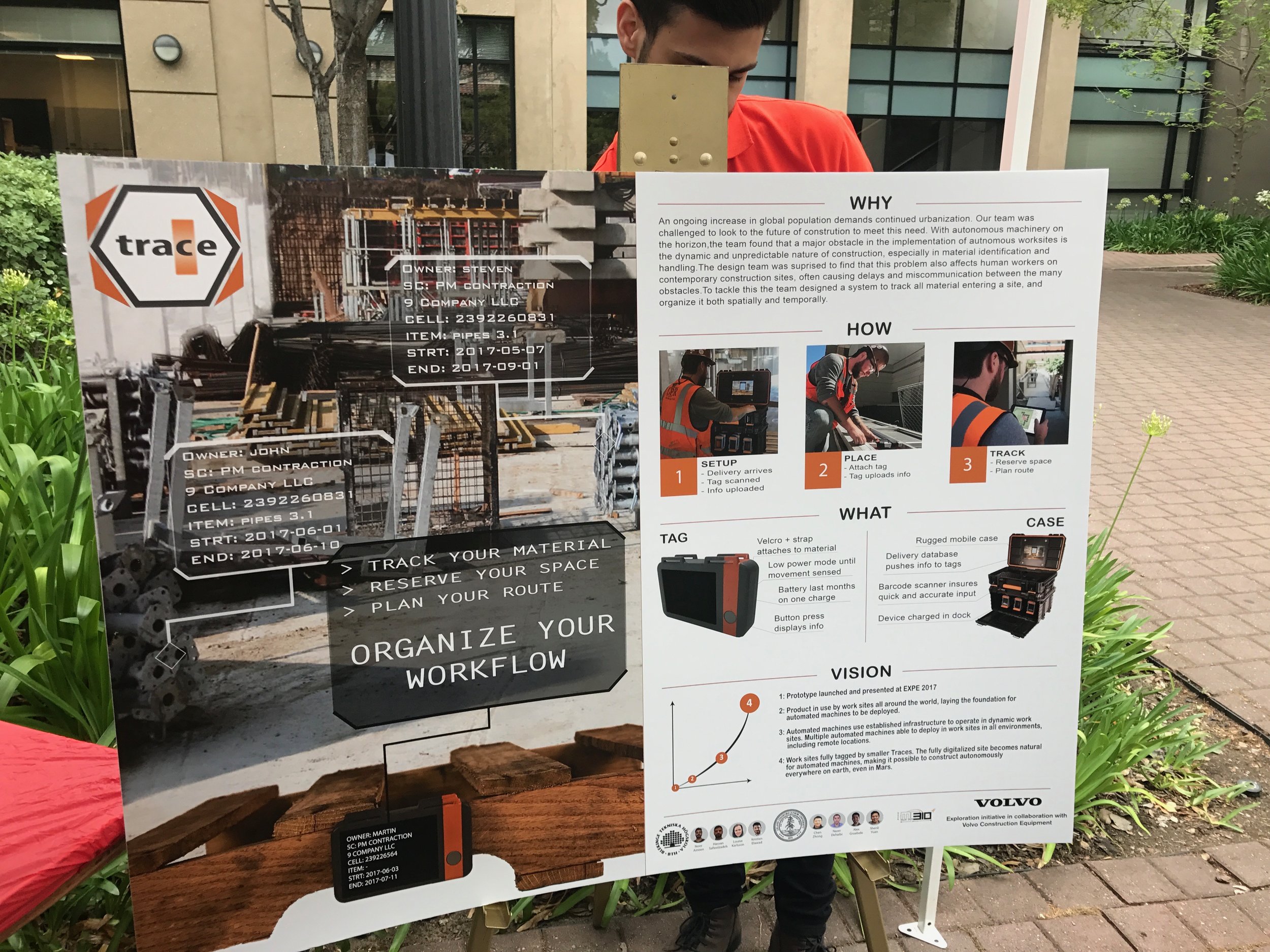
Trace
A collaboration with BTH University in Sweden, our team was challenged by Volvo CE to look into the future of construction. (ME 310: Design Innovation)
While touring worksites, we realized how congested and dynamic ground space is in construction. Many sub-contractors each handle an aspect of the project. They try to store materials as conveniently as possible but often coincide. A manager to whom we spoke informed us that he had lost an entire batch of concrete because the truck arrived only to find another contractor's pallets in the way of the pour location. Our team developed the Trace system so that material can be identified and tracked both in space and time by managers to improve workflow.
When material is delivered to a site, its information is filled in from a requisitions database on the Trace hub, and then pushed wirelessly onto a Trace tag. The tag is attached to the material and uses an IMU activated, low-power GPS chip that updates position changes only when moved. Information about material locations is displayed in a manager's iPad app, with functionalities such as reserving space on site, path planning around obstacles, and filtering for specific materials.
Skills: Arduino coding (Particle.io), circuitry, prototyping, CAD, project management
Slide deck (pdf)
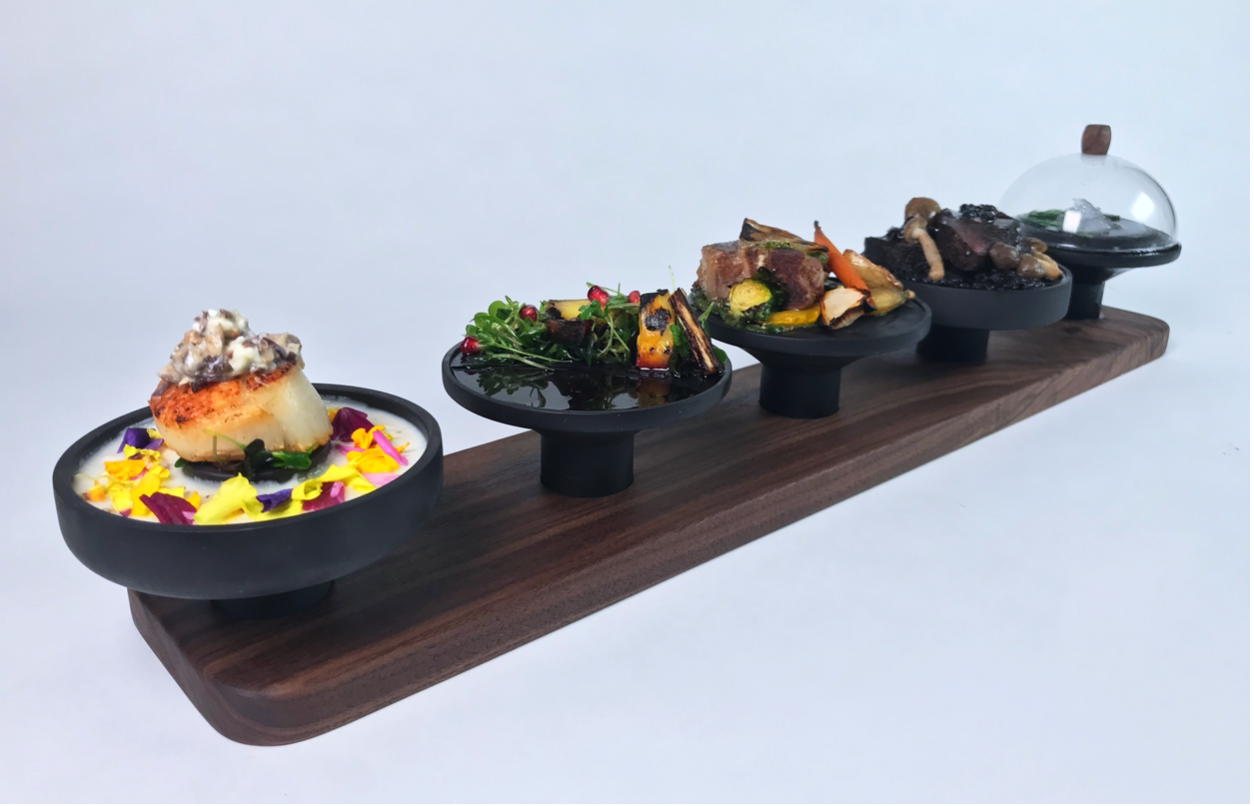
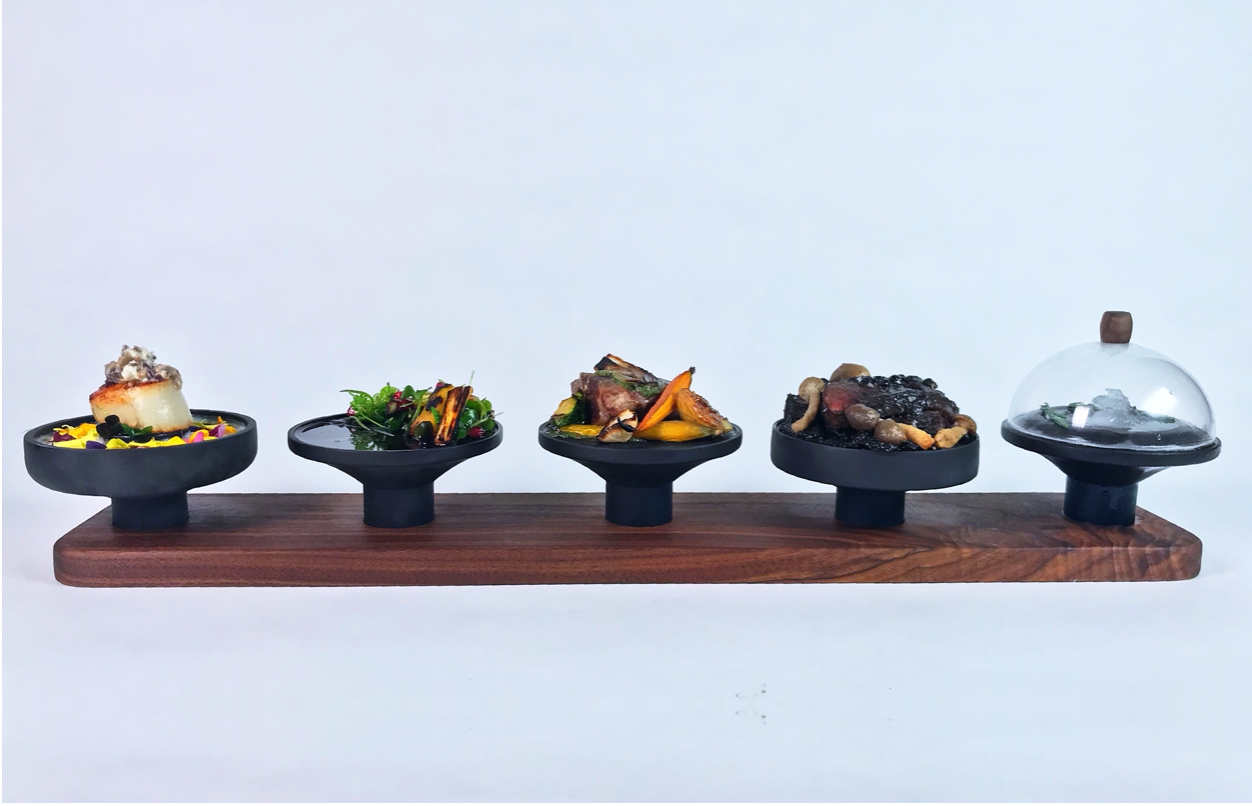
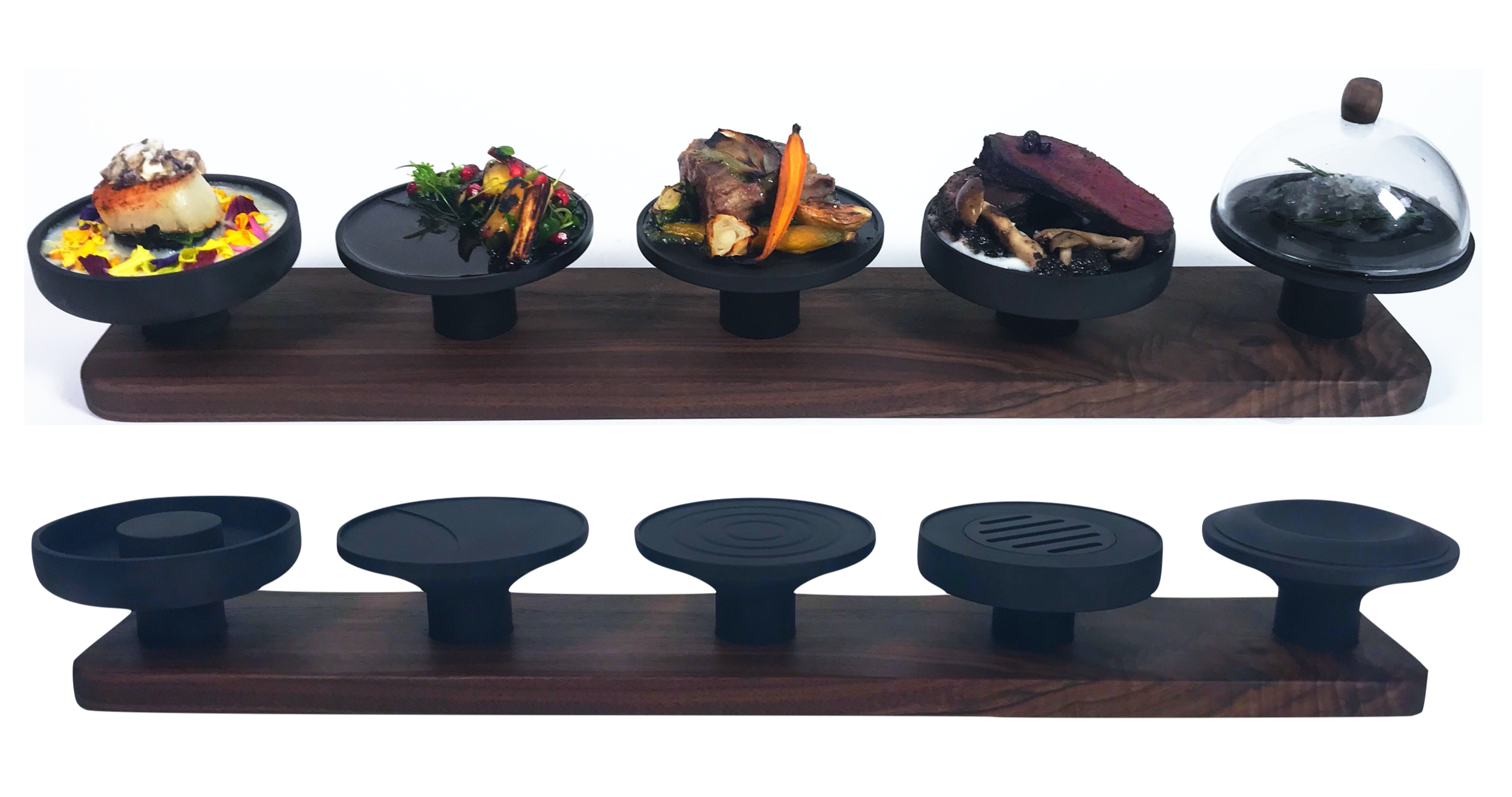
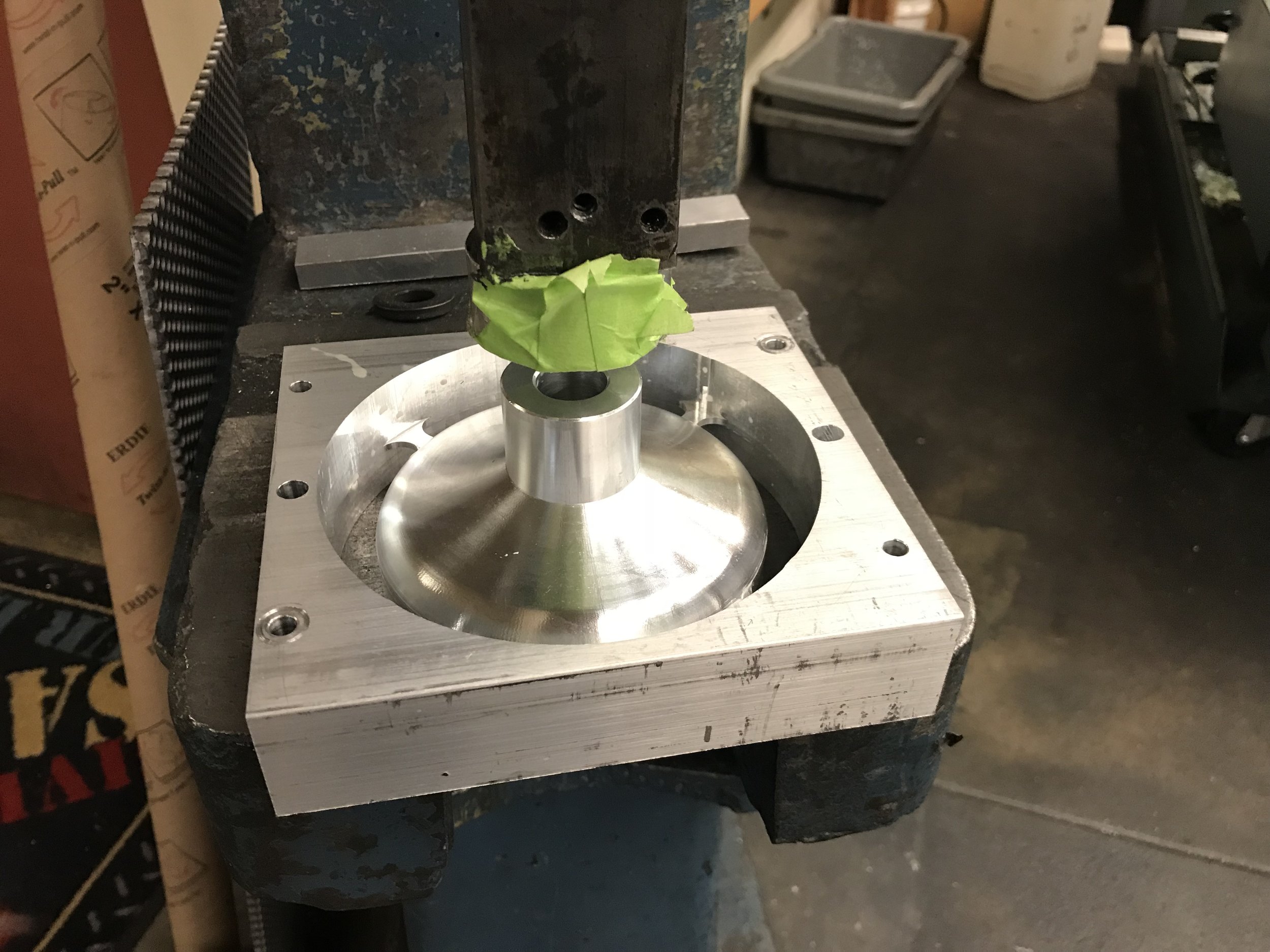
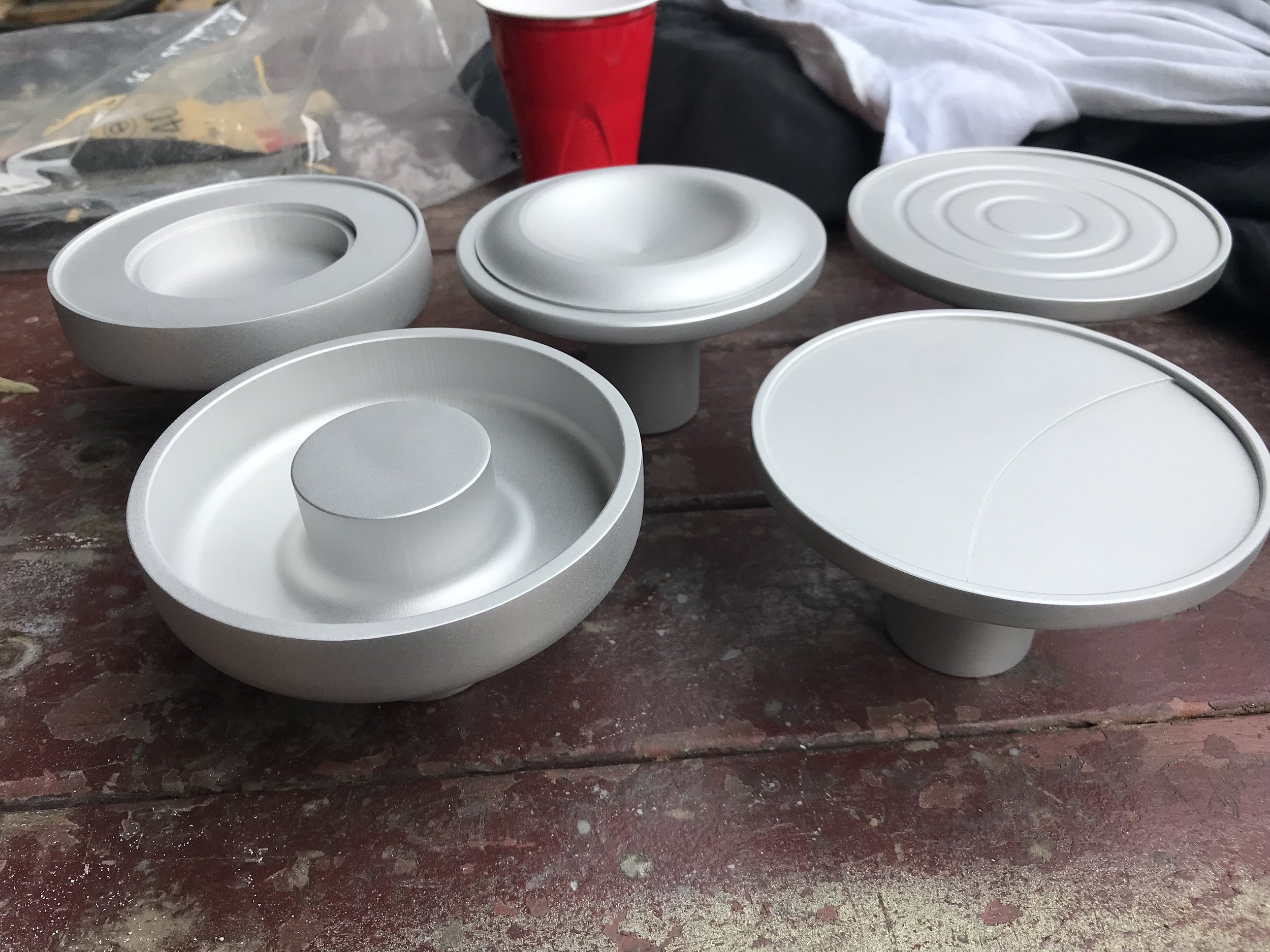
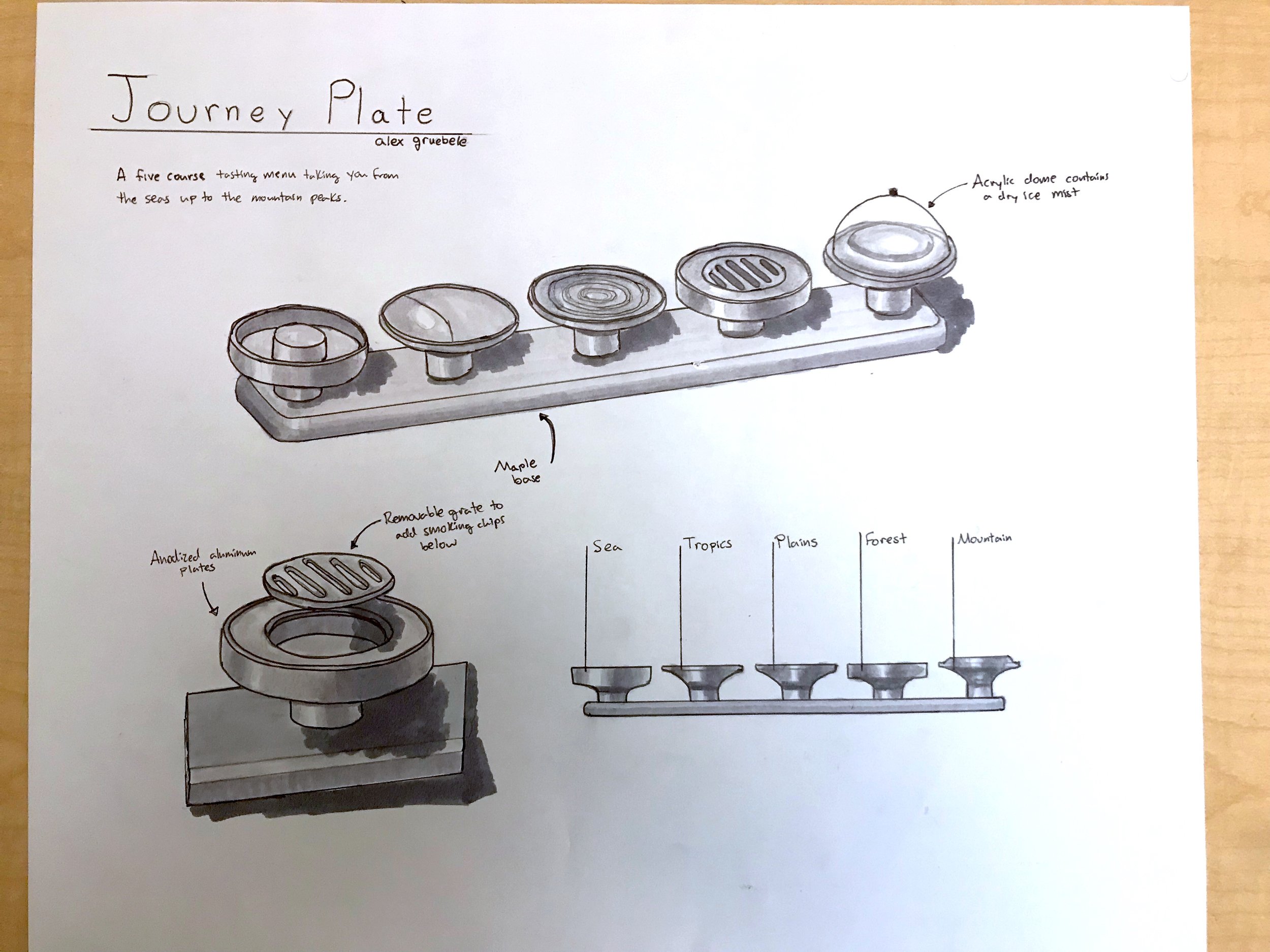
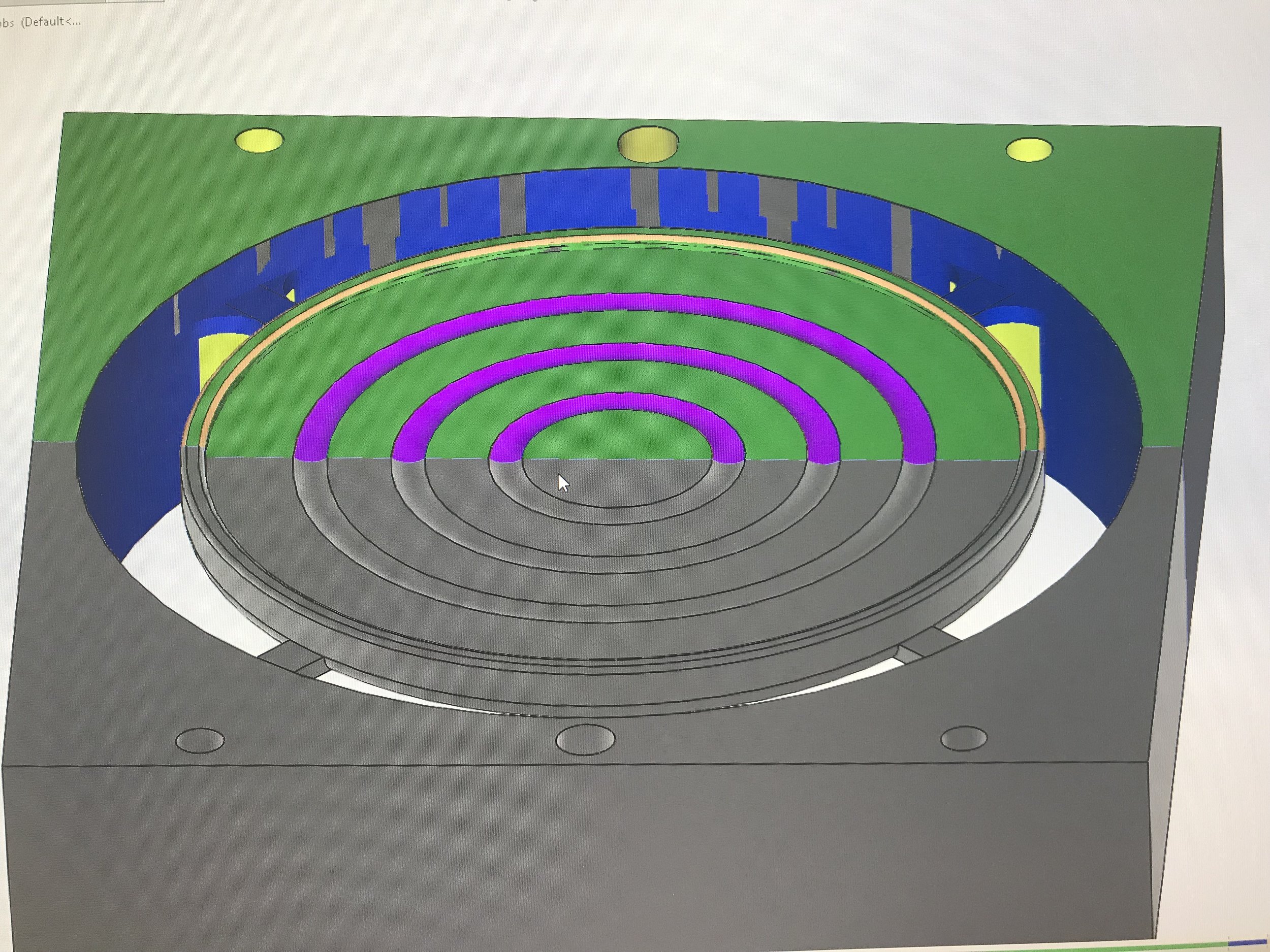
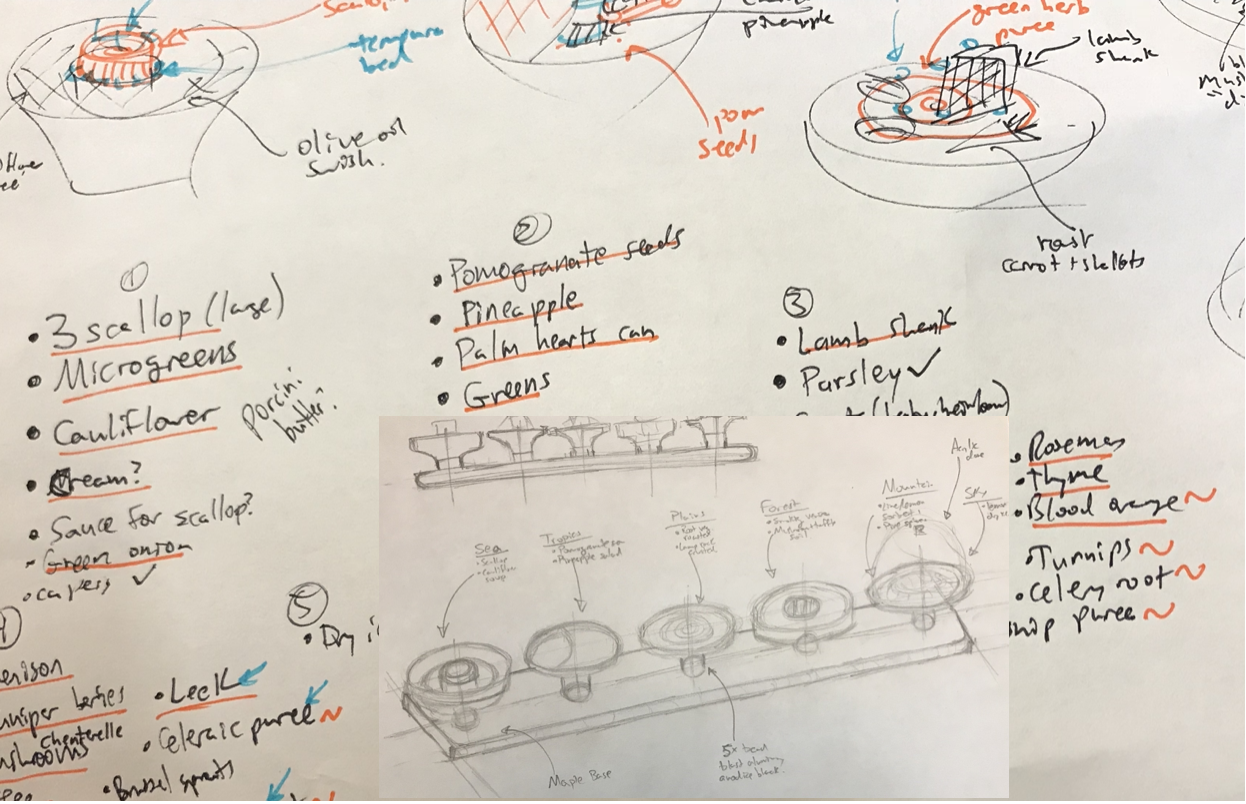
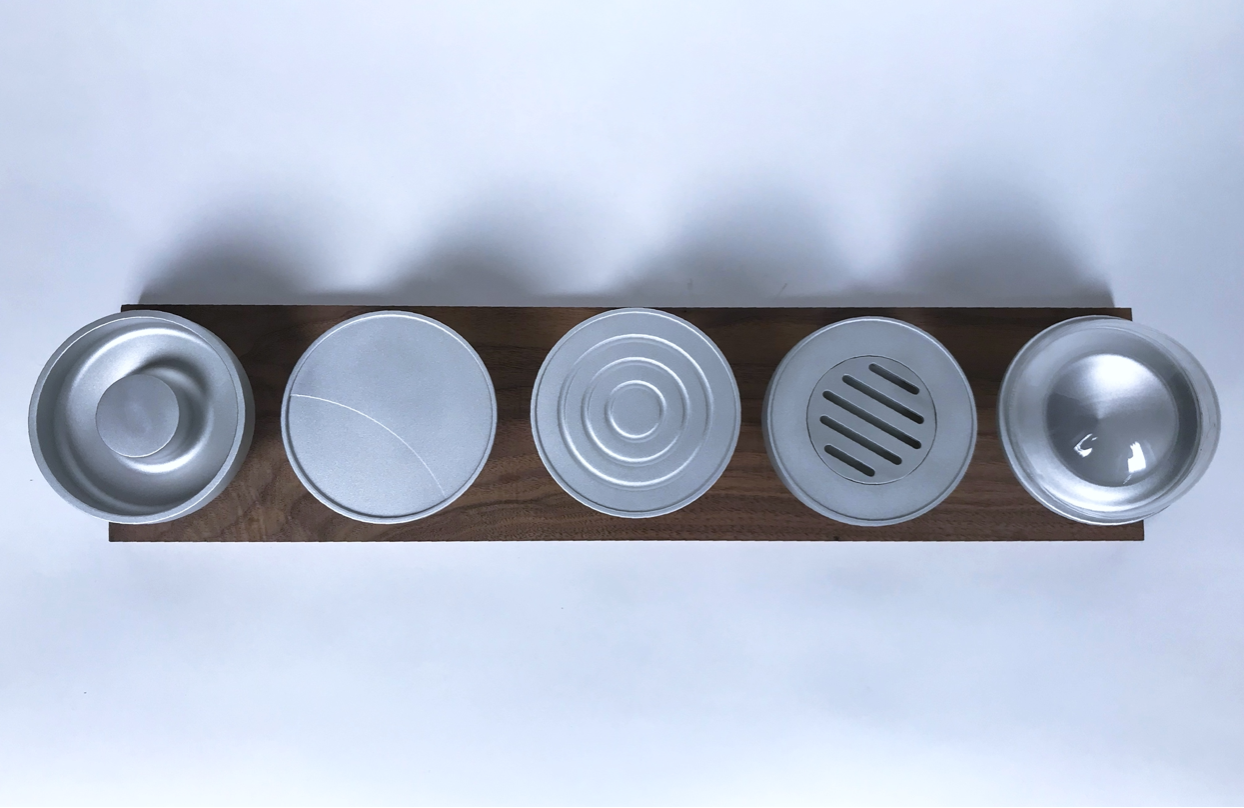
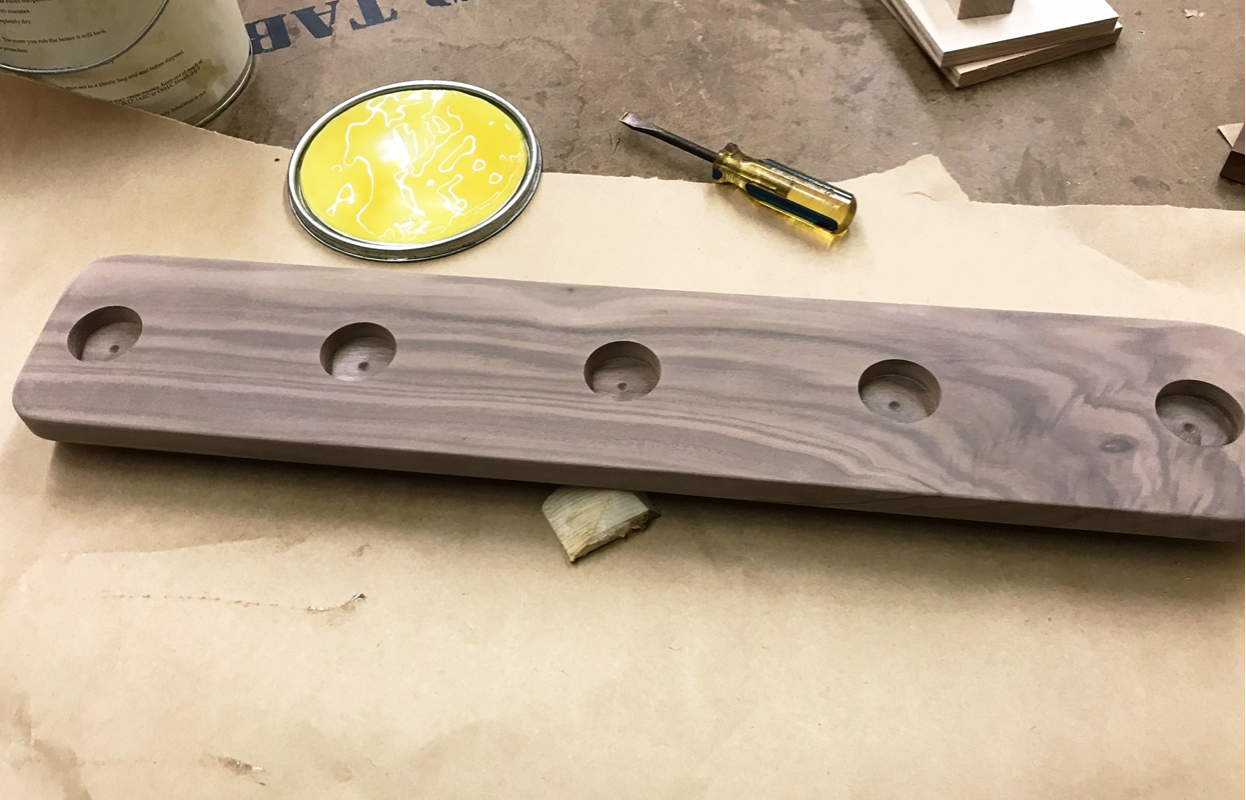
Journey Plate
For the open-ended final project, I tapped my passion for cooking to design the flight of plates and a menu in tandem (ME 318: Computer-Aided Product Creation)
I love the creativity and art that goes into cooking and plating, and spent some time thinking about how a menu could integrate meaningfully with plates themselves to create a greater whole. I designed Journey Plate in tandem with a five-course tasting menu to take the diner across five landscapes: (1) The Sea is a bowl for a starter soup, with space atop an island (2) The Tropics seat a salad along the shoreline, with recessed shallows for a vinaigrette (3) The Plains feature circular crop rings for a sauce, above which the first entree sits (4) The Forest uses a shallow grill filled with wood chips to impart a smoky flavor to the dish (5) The Mountain is an elevated bowl for a palate cleanser, with a dome to contain a cool scented cloud about the peak.
Anodized 6061 aluminum, interference fit standoffs, glass bead blasted, on walnut base
Skills: CNC milling, CAD, CAM, woodwork, finishing
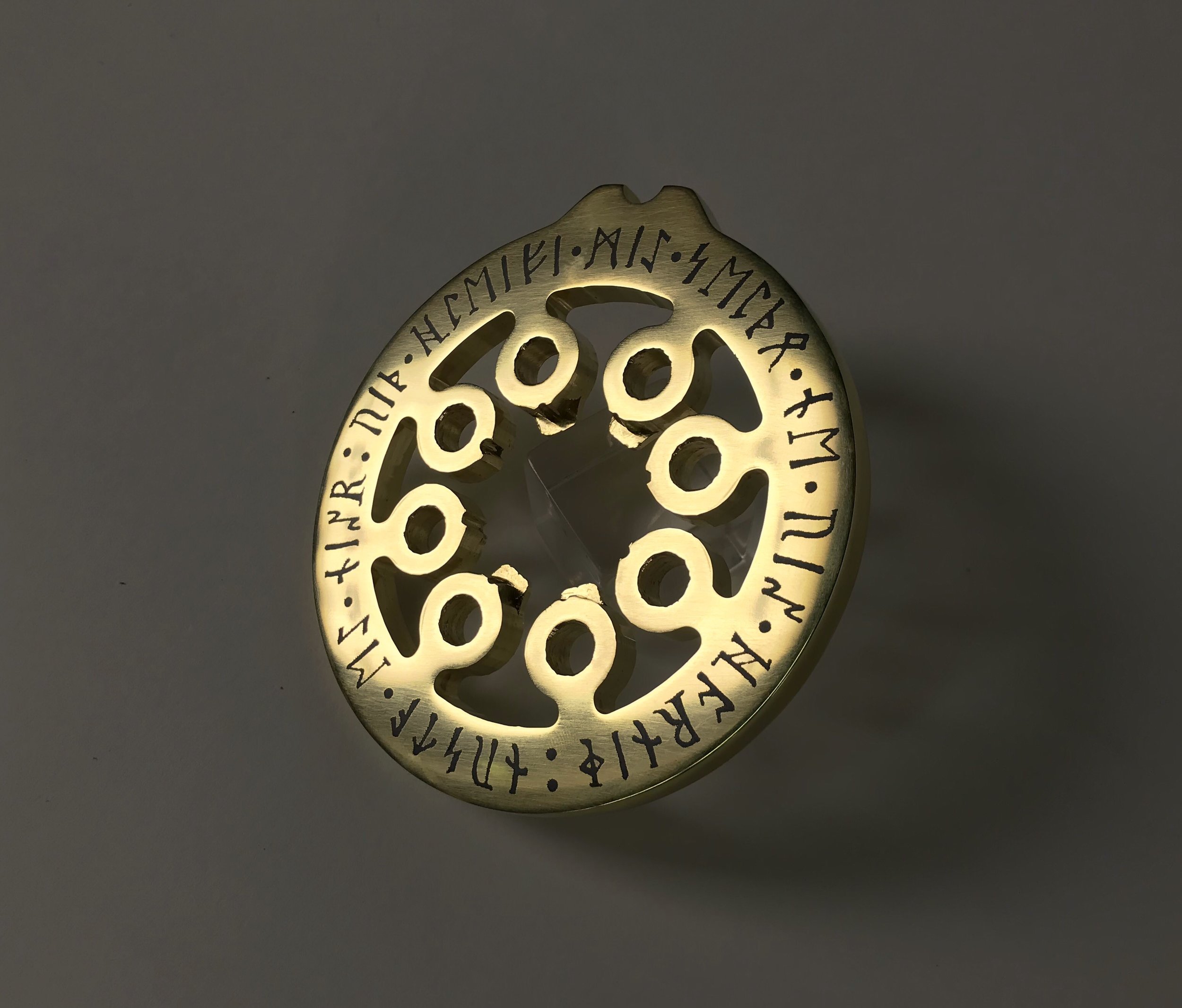
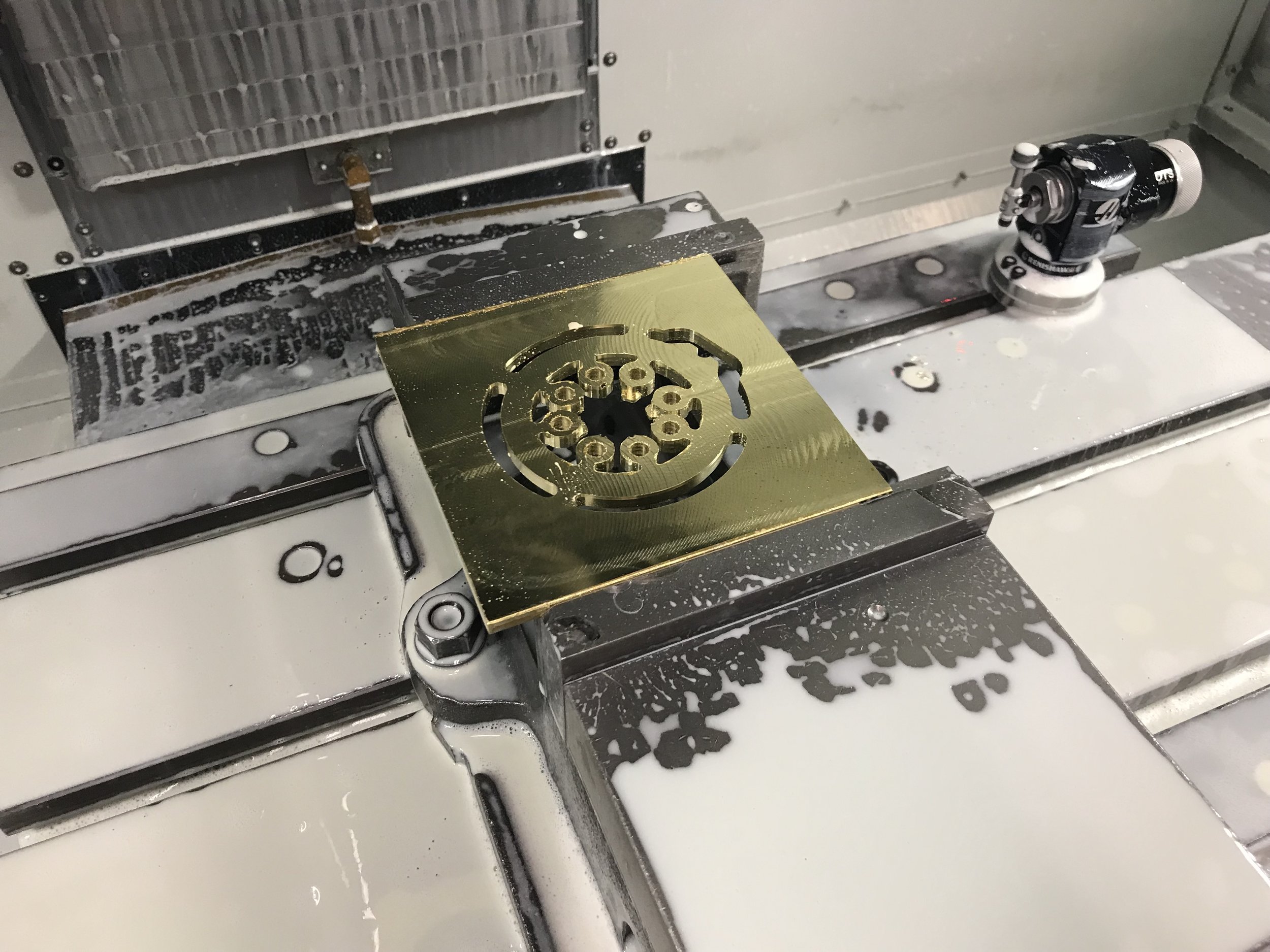
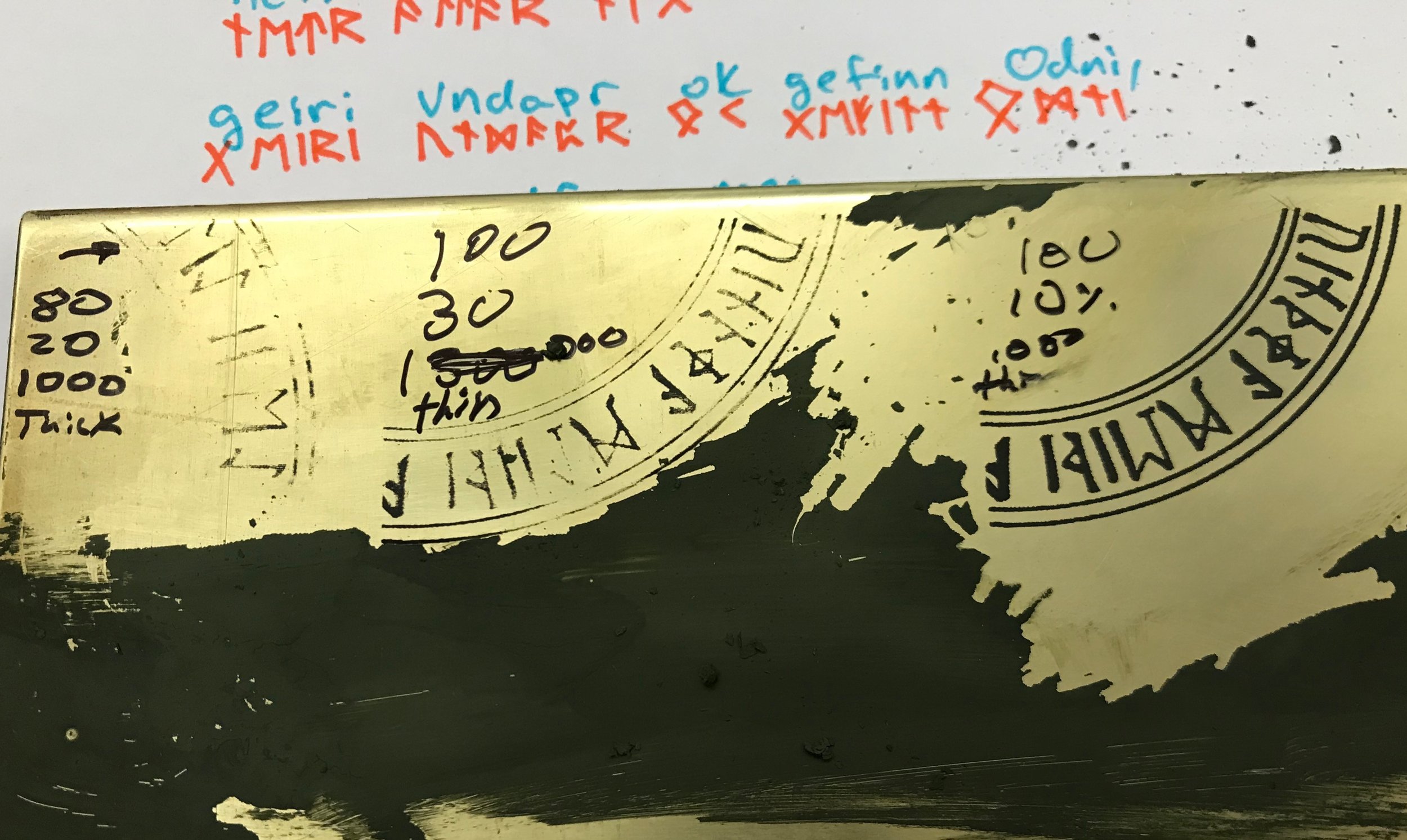
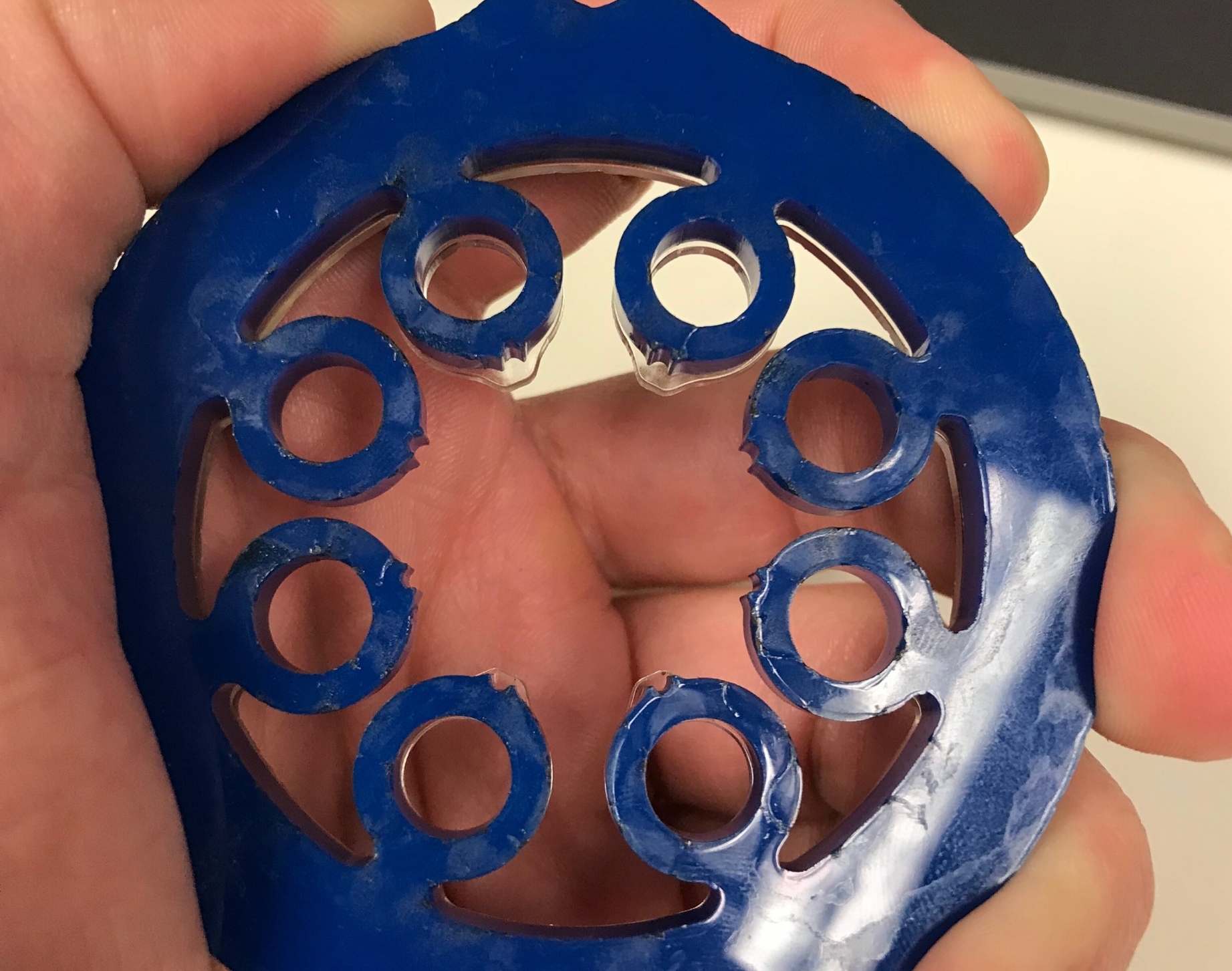
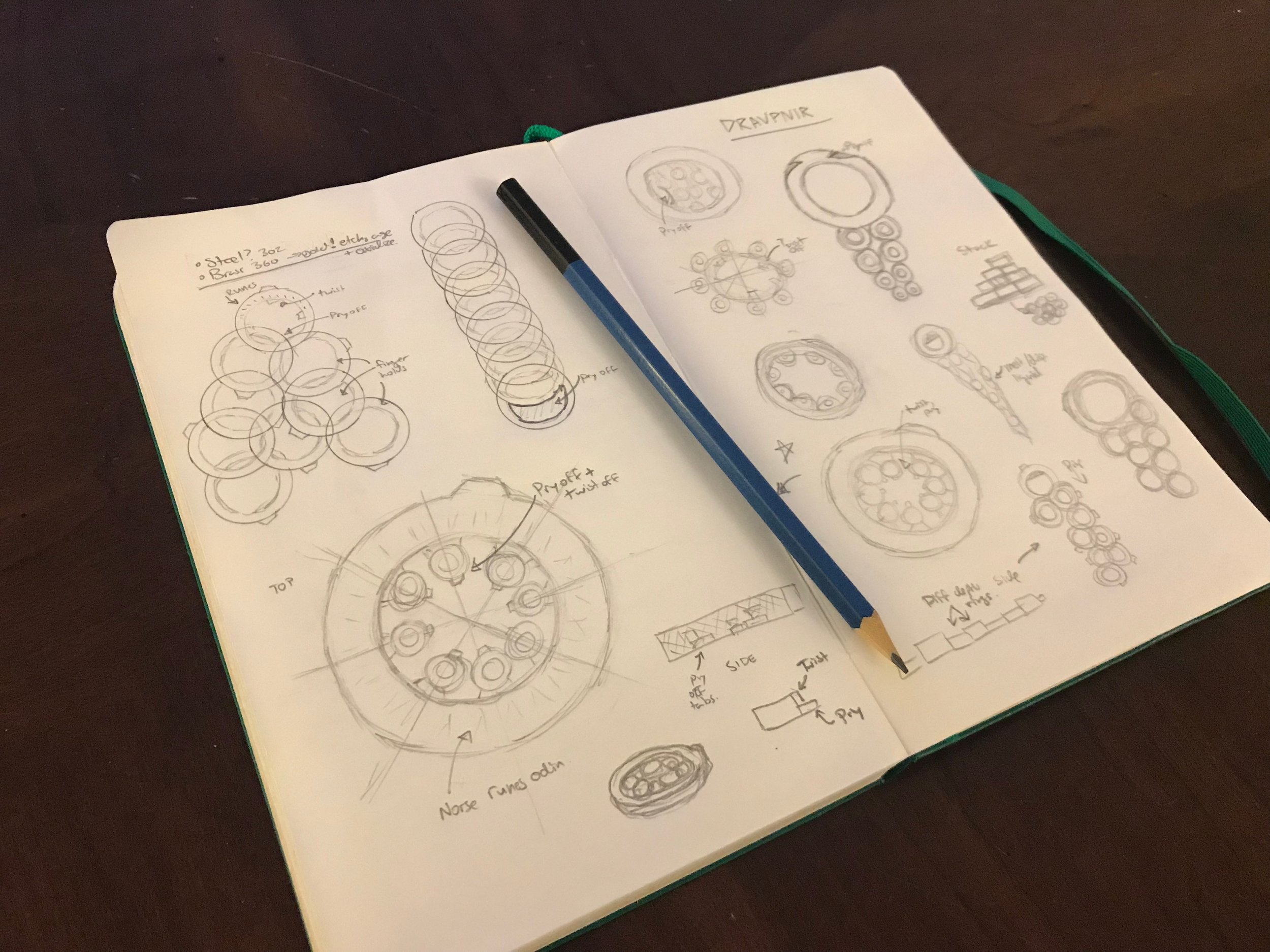
Draupnir
For this project, we designed and CNC milled a bottle opener inspired by our favorite myth or legend (ME 318: Computer-Aided Product Creation)
In Norse mythology, Thor’s hammer was created by the Dwarven brothers Brokkr and Sindri. But they also created the magnificent ring Draupnir for Odin, from which eight other rings would fall every ninth night. The 360 Brass bottle opener is inspired by the eight new rings budding from Draupnir. It fits in the palm and opens both twist-off and pry-off bottle caps. Inscribed with rastered laser paint is an excerpt from the poem Havamal, of how the wearer, Odin, obtained the runes of knowledge through nine days of self-sacrifice.
Skills: CNC milling, CAD, CAM, finishing
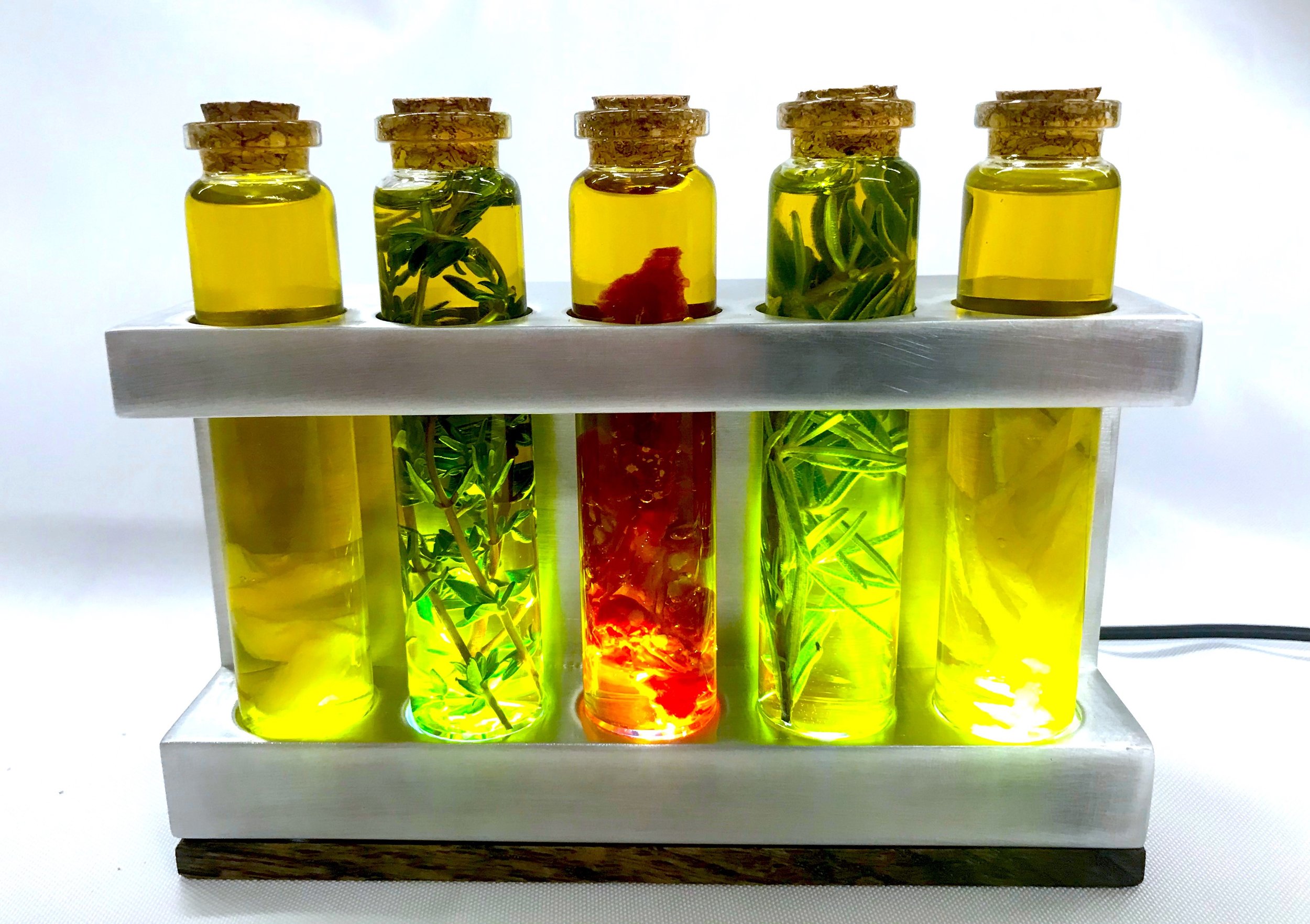
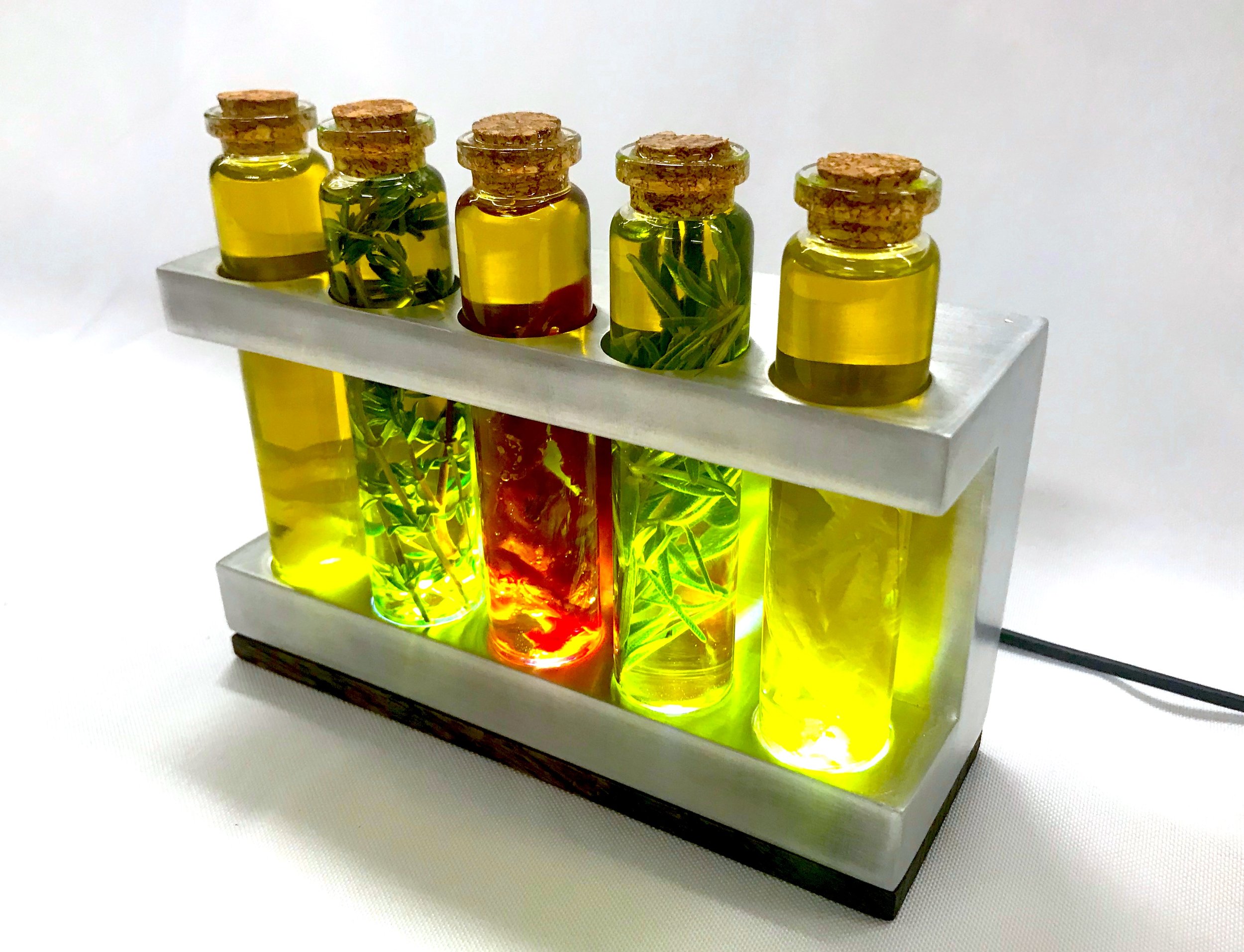
Infuse
I wanted to learn how to use a mill, so I did this little project to add some personal flair to something I wanted on my dining table.
My mother is from Greece, so eating lots of bread is pretty much wired into me. I also have a passion for experimenting with modern cooking techniques and flavors, and a great way to do that is by creatively infusing olive oils. That's where Infuse comes in. It's a rack inspired by the laboratory that displays up to five tubes of whatever flavored oils happen to be the current fancy. Gentle lighting from the base both adds flair to the dinner table and makes it easier to see what herbs and goodies have been added to each tube.
The rack was milled from a block of aluminum on a mini-mill and polished (anodization in progress for protection and electrical insulation). The stained wood base screws on to hide all lighting circuitry, except for an on-off switch in the back, and a micro-usb port to charge the LiPo battery.
Skills: Milling, finishing, circuitry, woodwork
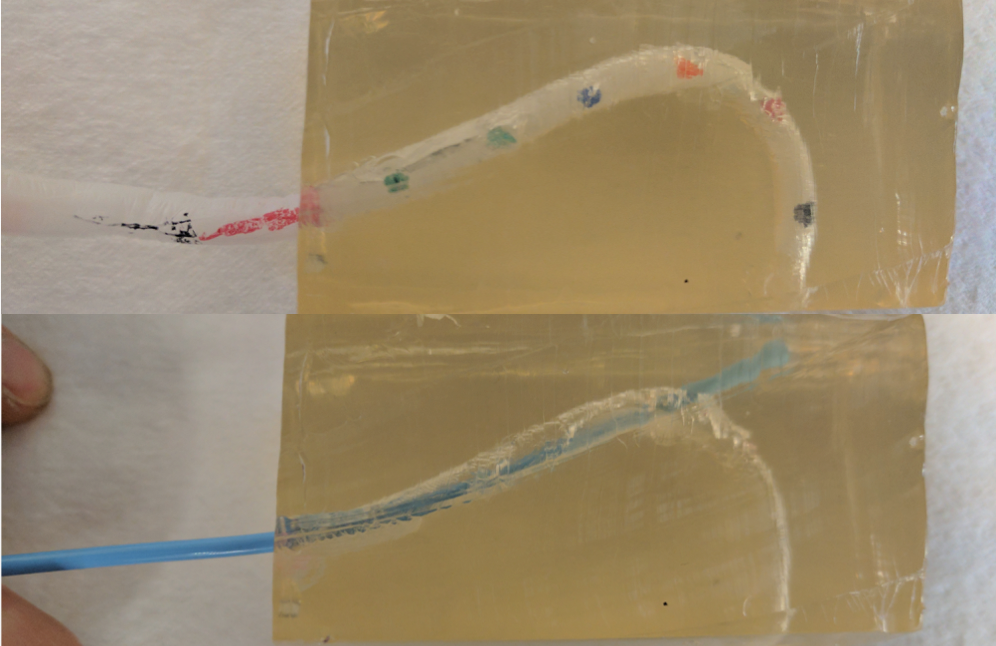
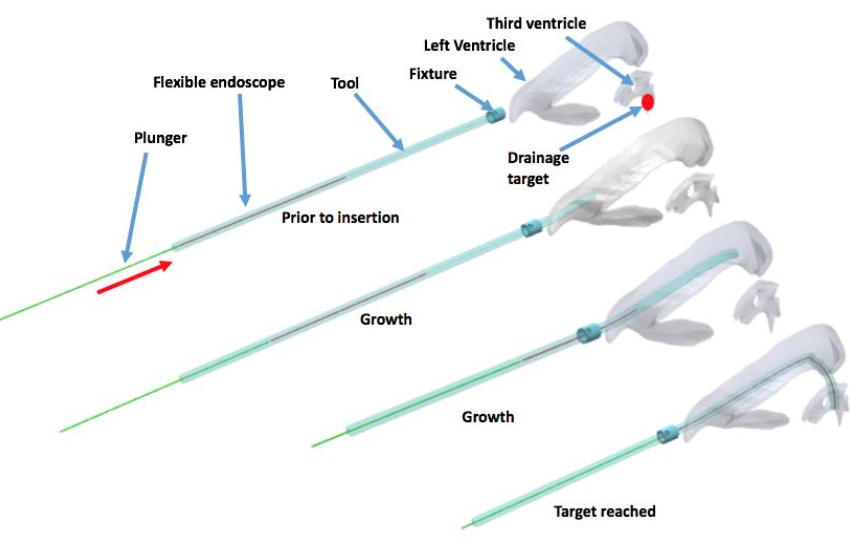
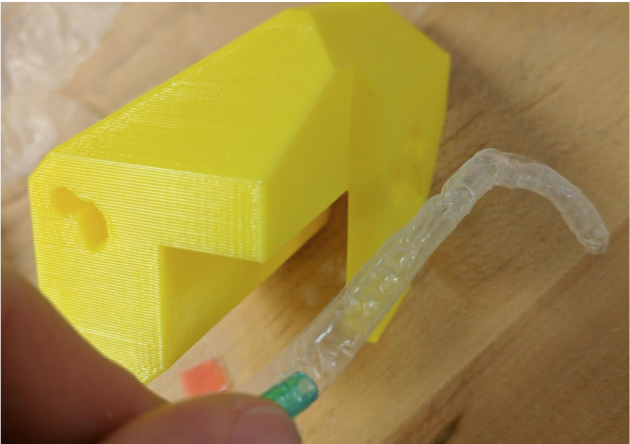
Soft Catheter
The final weeks of ME328: Medical Robotics entailed splitting up into teams to come up with an interesting new medical device. After the course, part of the team continued work on the project, and the resulting paper was published at the IROS 2017 conference.
Hydrocephalus affects an estimated 700,000 adults and 1 in 2000 infants and is the result of a buildup of cerebral spinal fluid in the brain. The preferred treatment is endoscopic third ventriculostomy (ETV) in which the wall of the third ventricle is punctured to allow fluid to drain. Following the ventricle path of the brain with a catheter and endoscope to make the puncture is a challenging procedure for neurosurgeons.
For our project (and later publication), we aimed to improve this procedure using a low-force, soft catheter which grows from the tip under internal fluid pressure. The catheter can be molded on a custom 3D print of the ventricle path obtained from the patient’s MRI and grows into the ventricle, navigating sharp changes in direction with minimum friction and normal force. The catheter costs pennies to produce and considerably lowers skill for the procedure, making it more accessible to patients.
Skills: prototyping, data acquisition, CAD from MRI models
Slide deck (pdf) Video (YouTube)
ReSWOLE: rehabilitation with haptic feedback
In the last few weeks of ME327: Design and control of haptic systems, we were to design and test a haptic device with an interesting application.
ReSWOLE: Rehabilitation Skin-stretch Wearable Operating on Lower Extremity is an assistive wearable device worn over the knee to assist with rehabilitation. In addition to sessions with physical therapists, patients often do many of the exercises on their own time. Rehabilitation exercises often require precise movements to function as intended, and without the live guidance of a therapist, form can suffer. Our goal was to use skin-stretch and vibration haptic feedback to guide rehabilitation form in patients with knee injuries, to improve recovery outcome.
A flexible sensor across the knee reads knee angle, and a servo with a high-friction rubber coated tactor provides skin stretch on the thigh. The skin is stretched downward until the prescribed target angle is read. If the user goes past the target angle, the tactor stretches skin upward. Additionally, a vibration motor provides feedback when the user is right at the target angle.
Skills: prototyping, circuitry, data acquisition
Flyer (pdf) Project Website
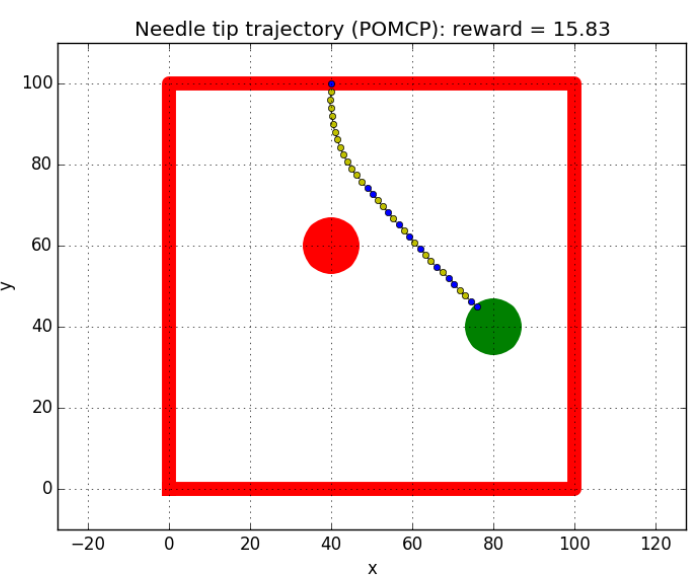
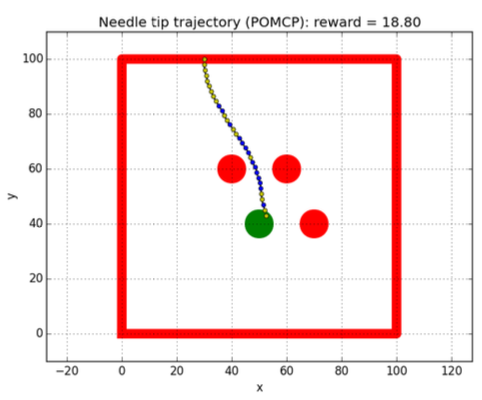
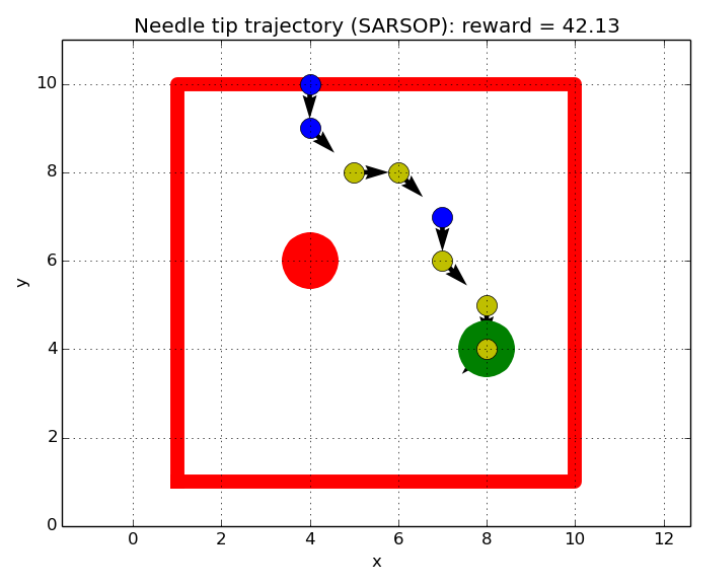
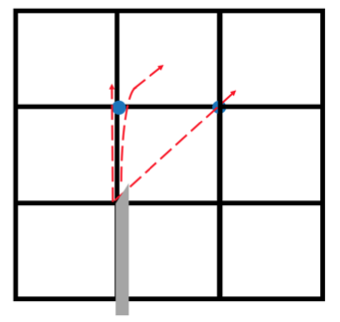
Needle Steering
For the final three weeks of CS238: Decision Making Under Uncertainty, we were challenged to come up with a cool problem to solve with reinforcement learning.
We chose to tackle biopsy needle steering. Bevel tip needles move in the direction normal to the bevel when inserted, allowing physicians to navigate hard to reach targets in the body. They can change the direction of the needle to avoid obstacles by rotating the needle base (and thus the bevel tip), causing the body of the flexible needle to deflect.
We modeled the problem as a partially observable Markov decision process (POMDP) to generate an optimal policy for needle orientation at each step of insertion to reach the target while cutting as little tissue as possible. For the discrete POMDP, the transition model allowed for 3 possible state transitions at each step, and an uncertainty of 9 possible tip locations. For the continuous POMDP (solved by POMCP), we used Gaussian distributions that an ultrasound might observe, and beam-bending mechanics for transition states.
Skills: Reinforcement learning, Julia language, Git
Report (pdf)
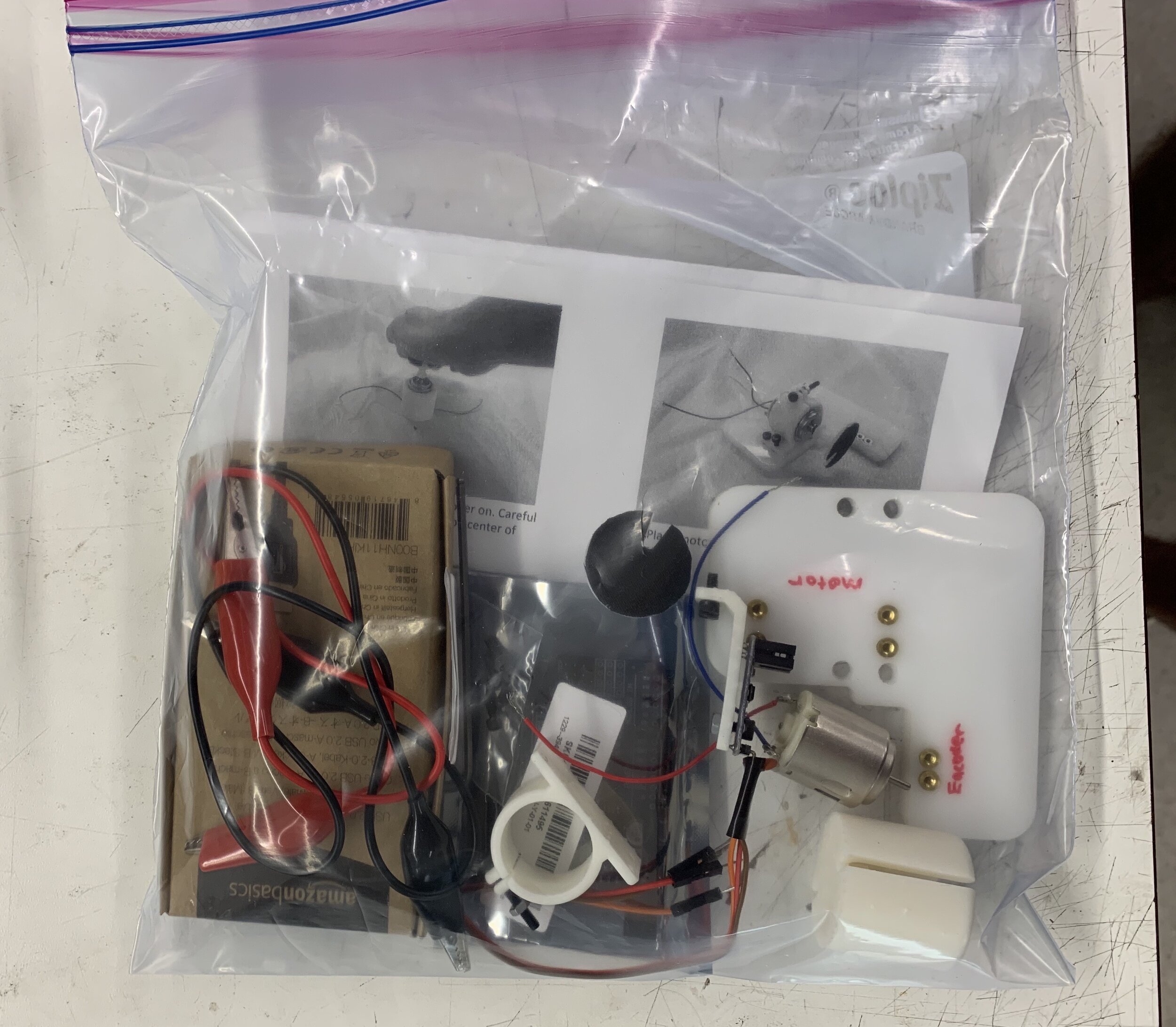
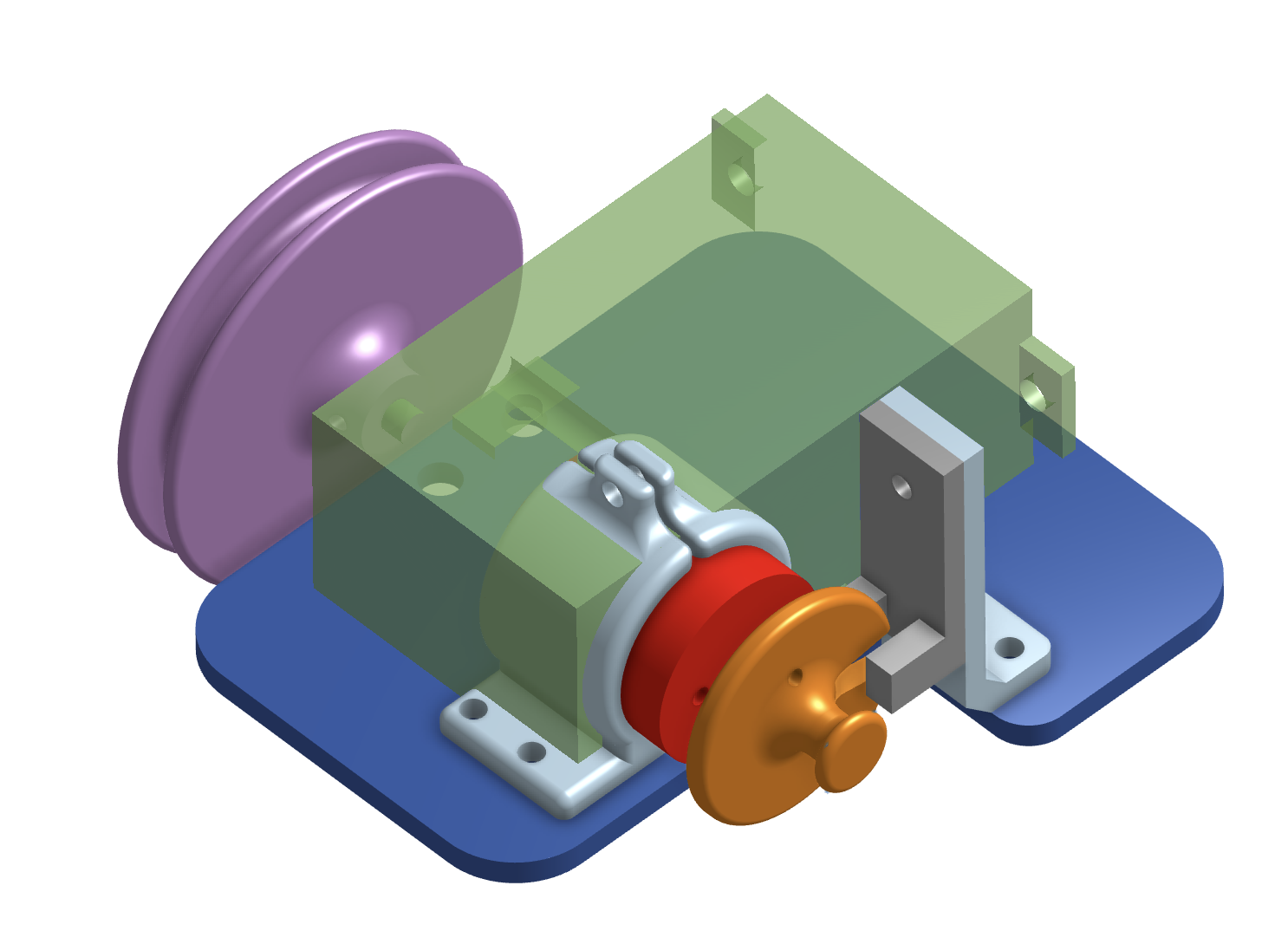
Class Motor characterization lab kits
I was a course assistant for Stanford’s ME 112: Mechanical Systems Design, a 100 student senior mechanical engineering course.
In the second half of the course, the students form teams and take on a design project which typically requires a motor and gearbox supplied. Before starting this project, the students learn about how electric motors and transmissions work and how to characterize them and find efficiency.
For this lab, I designed and assembled simple lab kits for the students to use to characterize their motors and transmissions. The students mount an encoder disk on their motor and mount it to a baseplate. The students test various voltages, and an IR detector counts motor RPM and displays it on a computer via an Arduino. For a transmission characterization lab, the motor could also be installed in a gearbox and screwed onto the same baseplate.
Hackathons
Health++ 2019 Healthcare hackathon
At the annual Health++ Stanford University Hackathon, students pitch needs and join teams to solve healthcare problems over the weekend, followed by a final pitching session.
Home-monitoring is a vital part of symptom management for patients with chronic diseases. Peripheral edema is an easy, indicative measurement that correlates with many worsening progressive events of heart failure, but there is a lack efficiency and standardization in measuring this symptom.
We built a prototype to measure swelling circumference using a piezoresistive rubber band and microcontroller sewn into a stretchable cuff. The microcontroller sends a resistance value by Bluetooth to an iPhone, which can be converted to a circumference change. We also designed app mockups showing how the app could inform lifestyle changes, medication dosage adjustments, or warn the user if urgent care is necessary.
Aquell was the Grand Prize winner.
Devpost Video (YouTube) Pitch Deck (pdf)
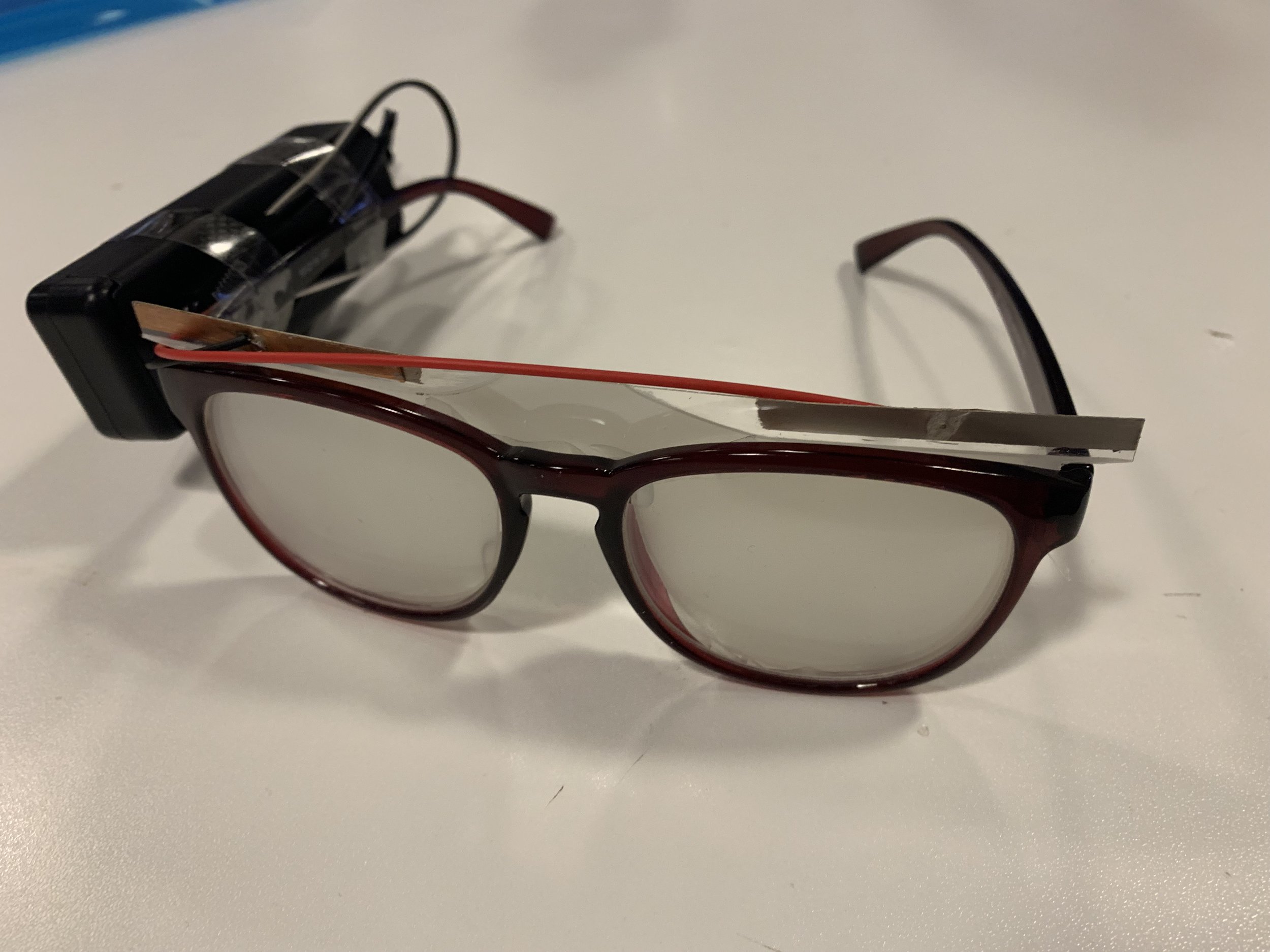
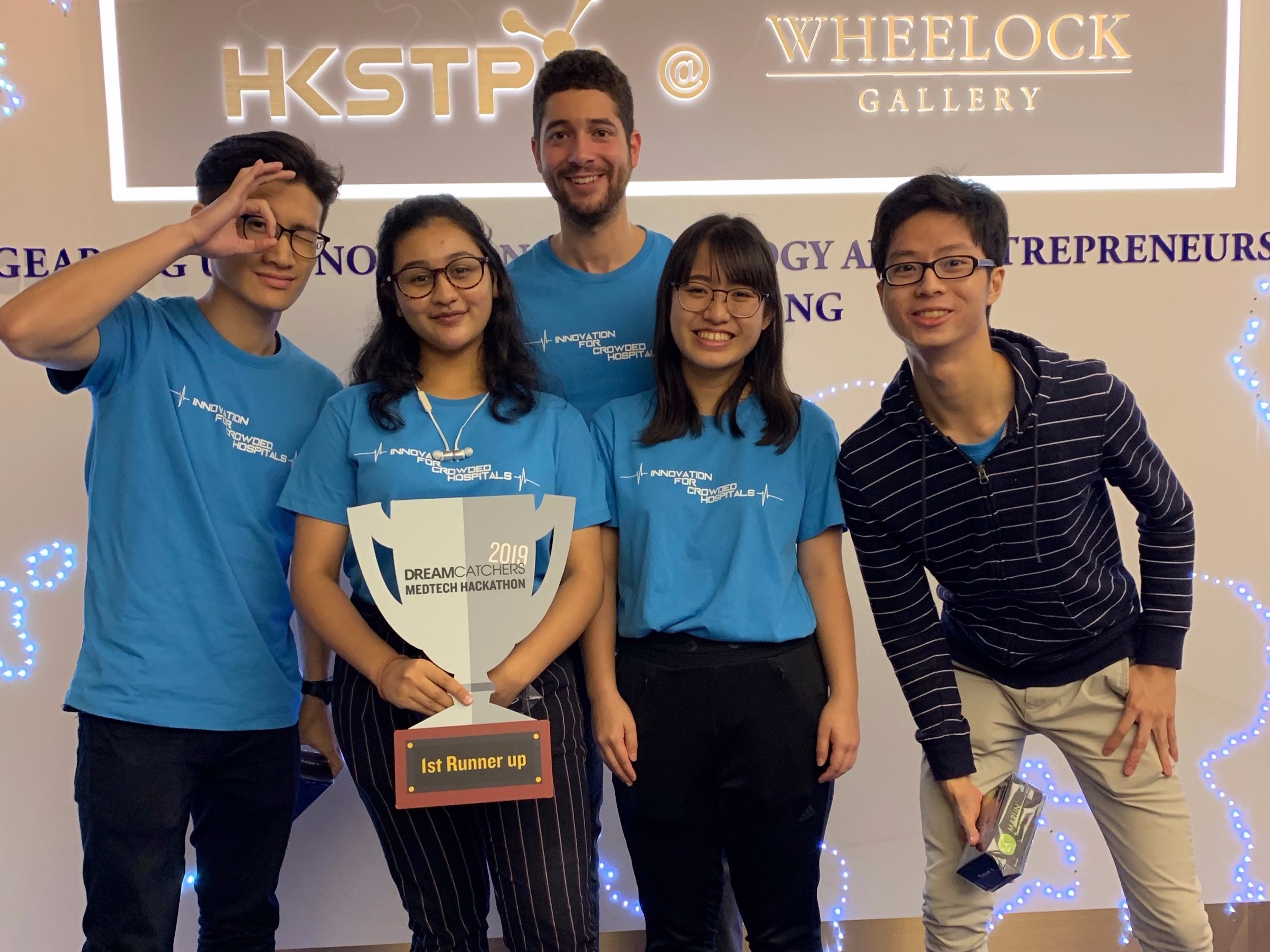
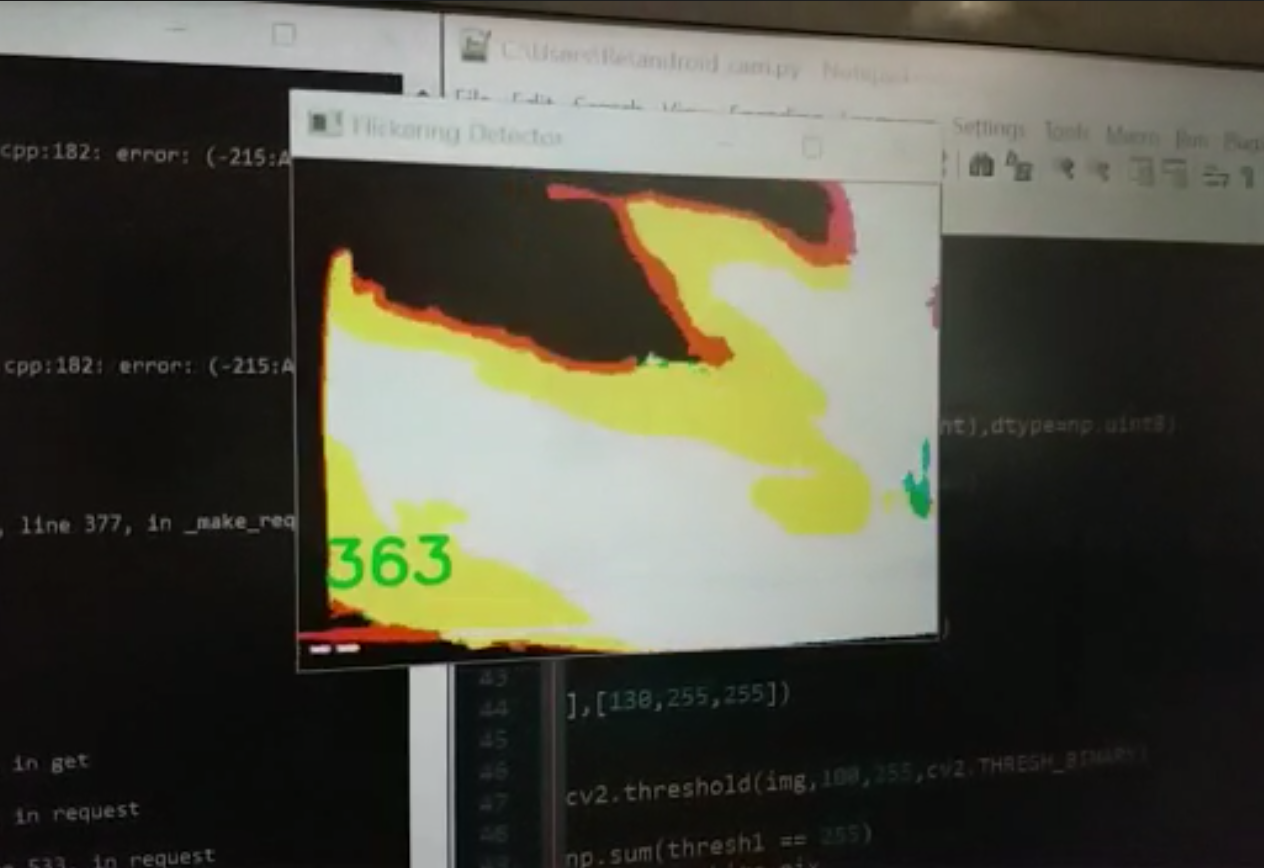
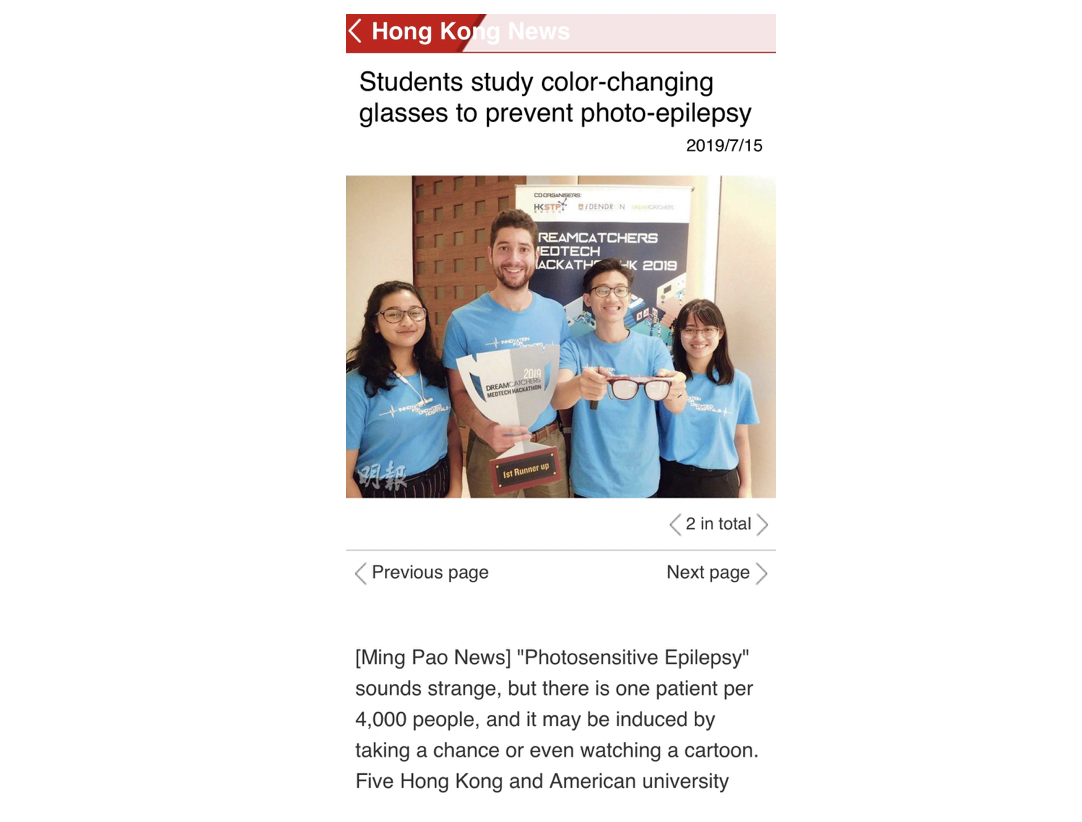
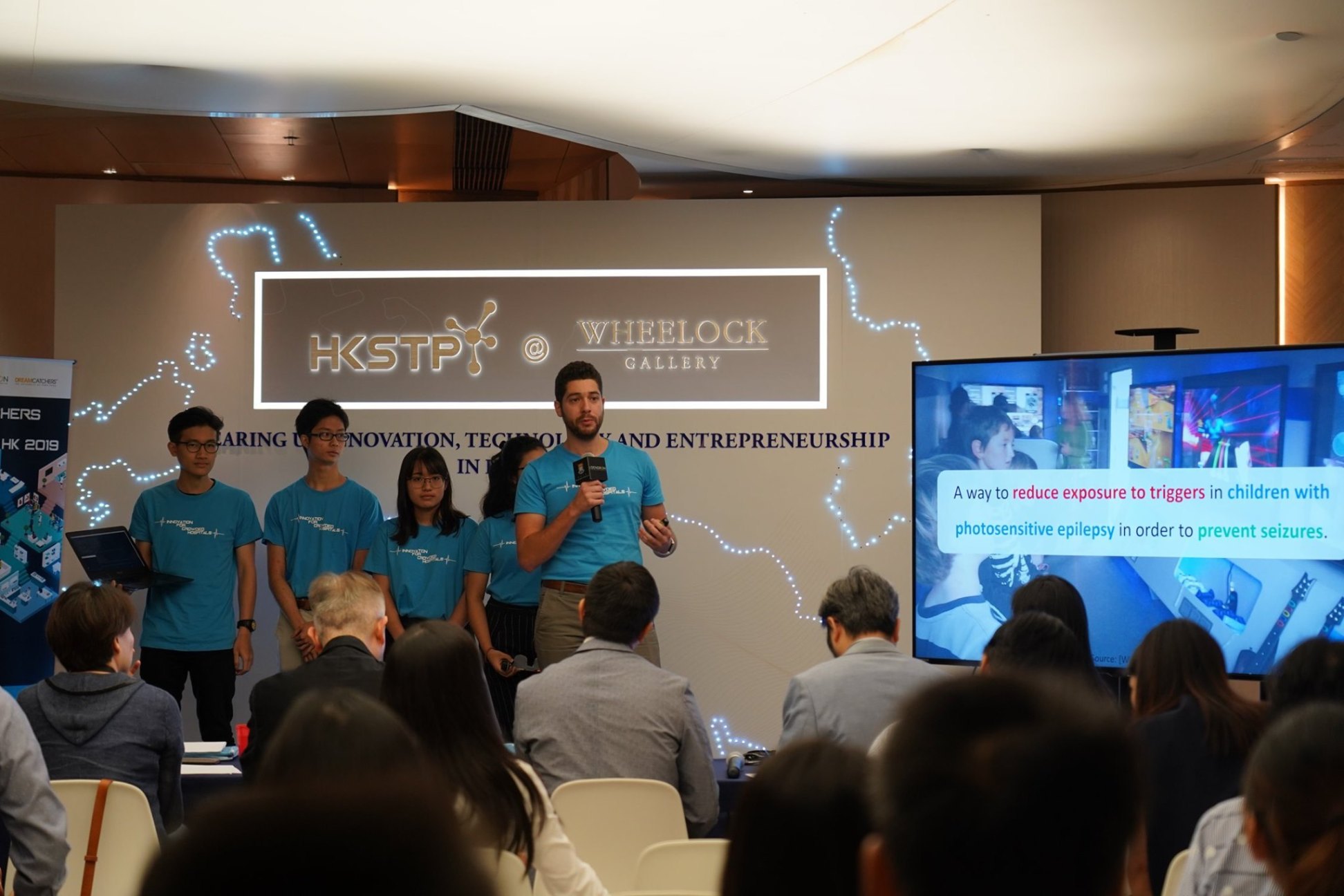
DreamCatchers 2019 MedTech Hackathon
In June 2019, nine Stanford University students flew to the University of Hong Kong to join 40 area students in observing at a local hospital and applying the Biodesign methodology to solve a need they discovered.
Our team learned about photosensitive epilepsy, which is more prevalent in children, and designed a solution to help prevent seizures induced by certain frequencies of light. In the infamous "Denno Senshi Porygon" incident of 1997, 685 people were hospitalized in Japan due to seizures triggered during the battle scene of the evening’s Pokemon episode.
We called the wearable Alluminate: a camera + computer vision detects if a harmful light frequency is observed. Then, electrochromic lenses are triggered to dim so that the flashing is not observed by the wearer. Our simple prototype showed we could automatically identify the frequencies with a smartphone camera, and that we could block out all the light with cheap electrochromic film inserts in glasses.
Alluminate was 1st runner up of the hackathon.
Pitch Deck (pdf) Hong Kong news
Health++ 2018 Healthcare Hackathon
At the annual Health++ Stanford University Hackathon, students pitch needs and join teams to solve healthcare problems over the weekend, followed by a final pitching session.
Cardiovascular disease is the number one cause of death in the world. It is largely preventable by lifestyle changes, but it is challenging to induce healthy behavior changes before a cardiac event occurs.
Know Your Heart is aimed to increase heart health in communities across America by increasing people’s perceived susceptibility, to get them to change their lifestyle before their first cardiac event. Coronary CT can identify intermediate to high risk, low false positive rate, and is non-invasive. Using existing mobile CT units, the organization proposes to visit low-income communities and screen at-risk individuals for early signs of artery calcification. Additionally, the organization would connect these individuals with resources, healthcare providers, and empowering information to help prevent onset of heart disease.
Winners of AthenaHealth+Redox “Fix What Matters” prize and Persistent-NeoDesign prize.
Pitch Deck (pdf) Devpost
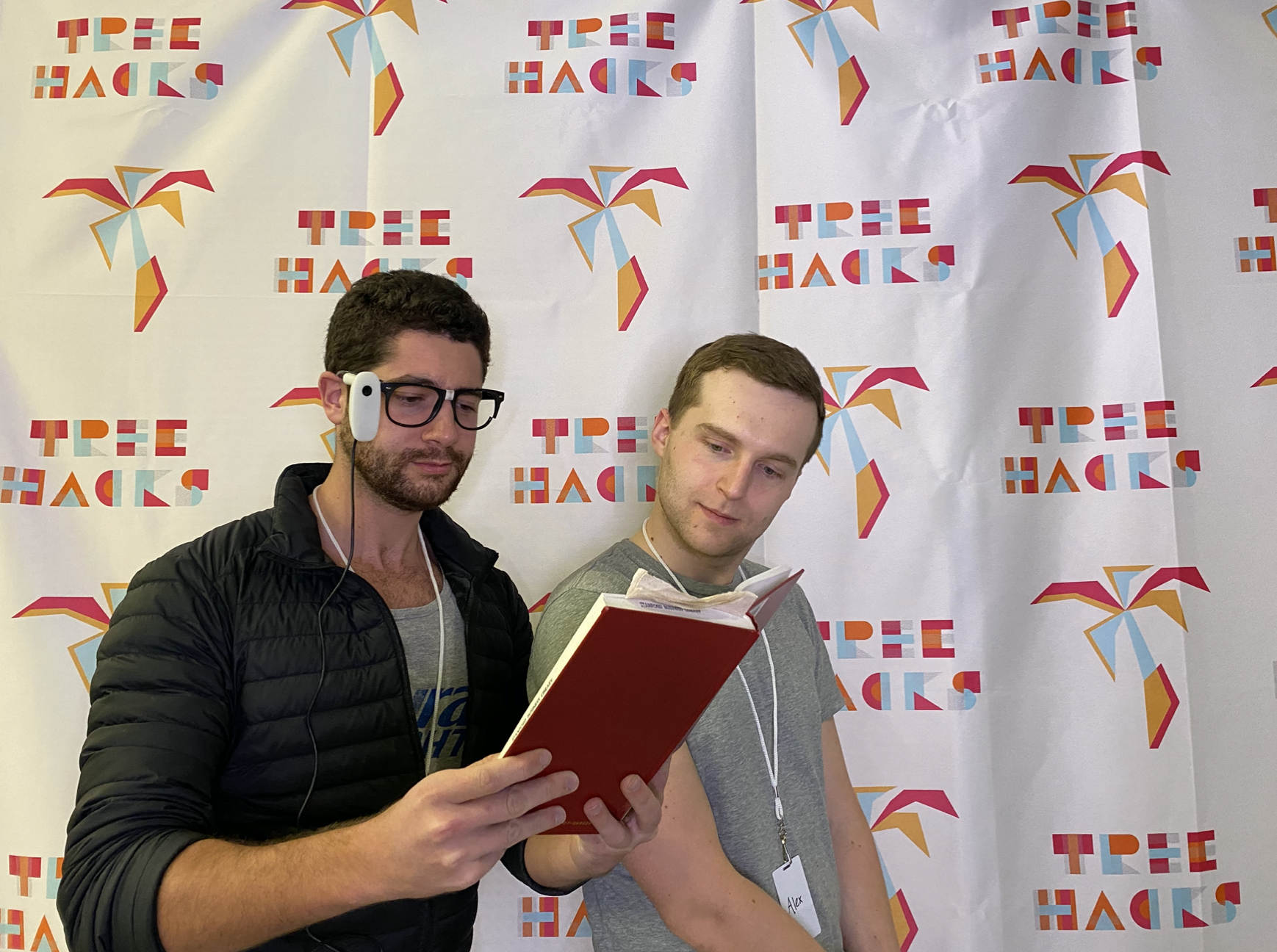
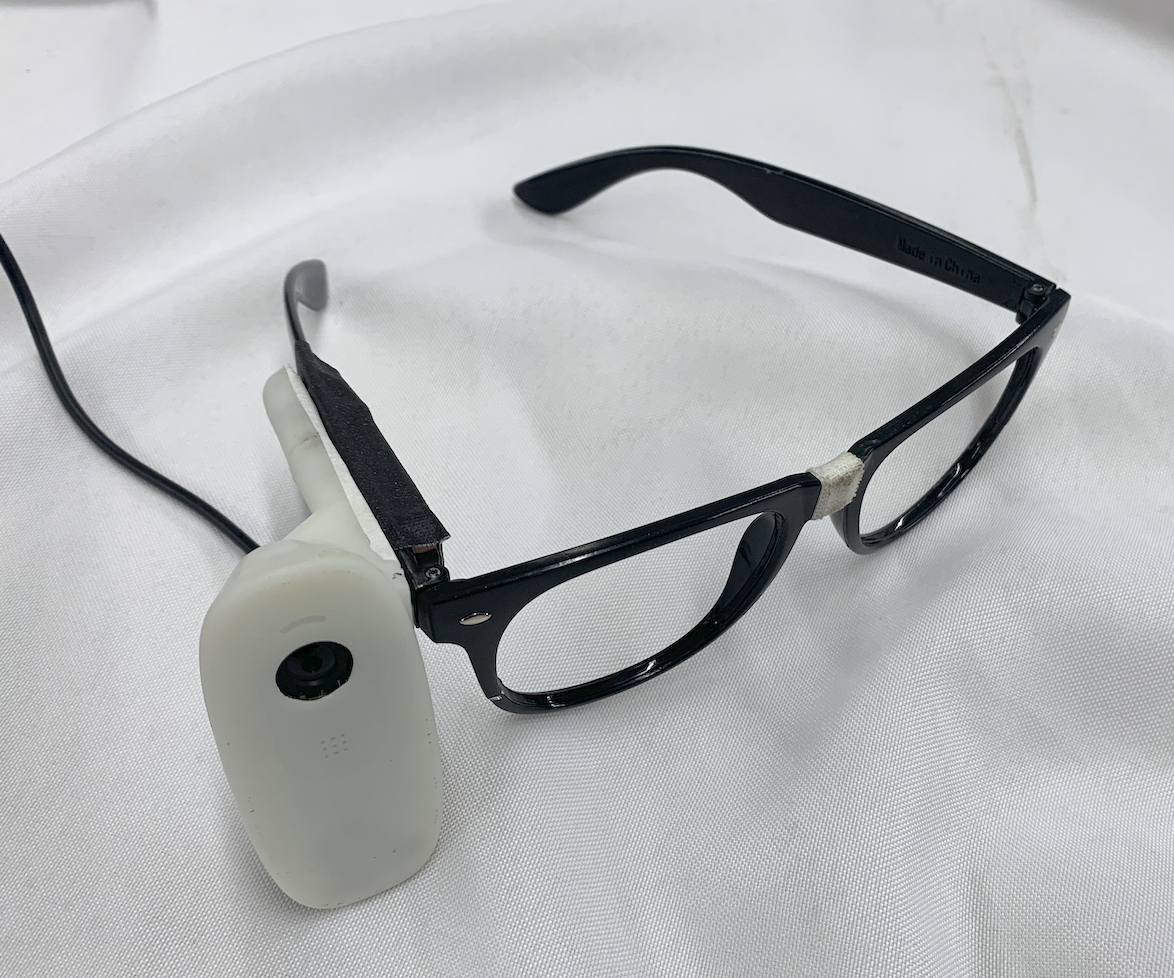

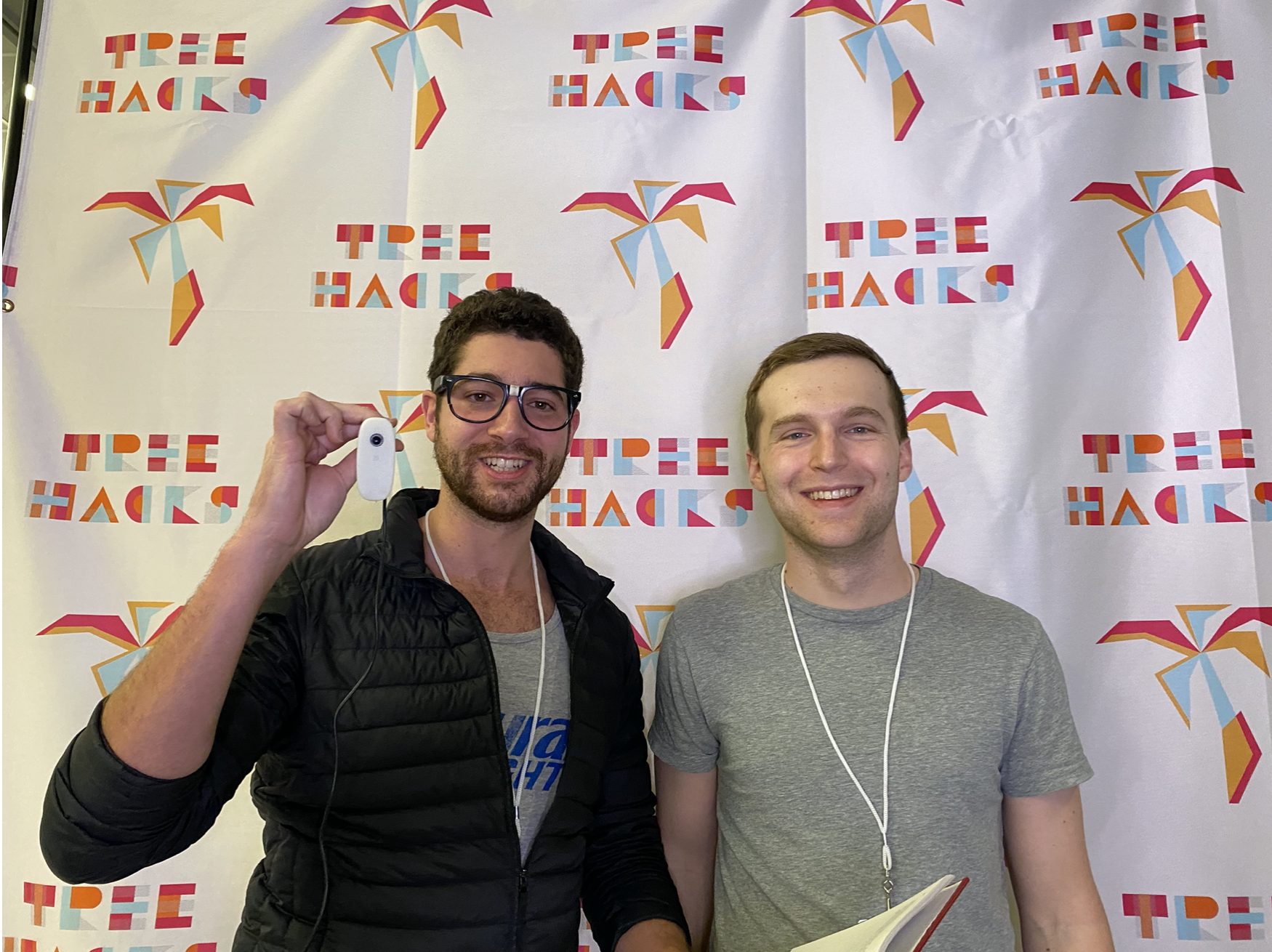
TreeHacks 2020 Hackathon
Reading glasses — the glasses that read to you! Millions of people have trouble with reading due to illiteracy, dyslexia, vision problems, and young age, and these glasses allow them to enjoy reading.
Our device attaches magnetically to a pair of glasses to allow users to wear it comfortably while reading, whether that's on a couch, at a desk or elsewhere. The software tracks what they are seeing and when written words appear in front of it (Google Cloud OCR), chooses the clearest frame and transcribes the text and then reads it out loud (Google Cloud TTS).
Grand Prize winner Education category.
